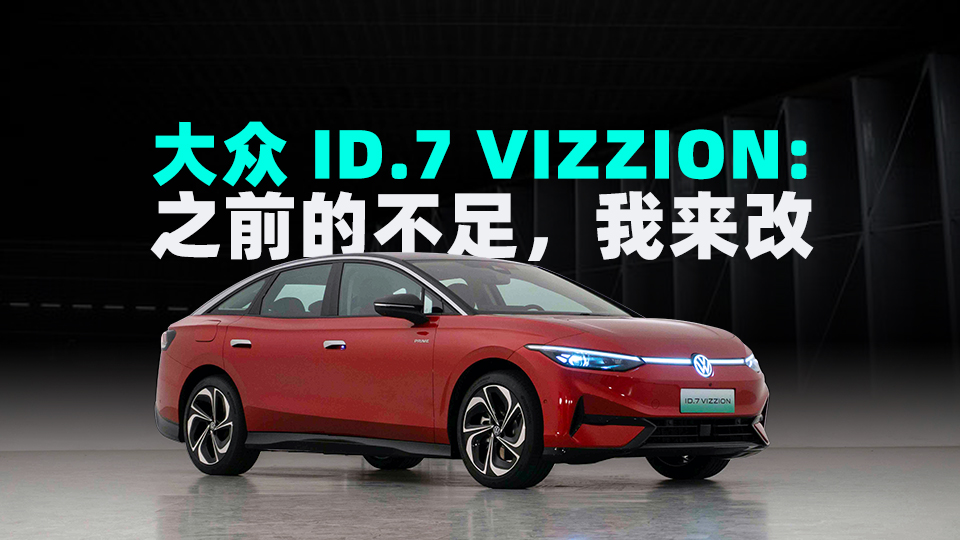On January 4th of this year, Volkswagen unveiled the 6th model of the ID.family – the Volkswagen ID.7, a medium-sized pure electric sedan, at CES. Overseas, the ID.7 is used to fill market gaps and gain market share. In the domestic market, there are many choices of medium-sized pure electric vehicles, so if Volkswagen does not make up for the deficiency, it will be difficult to satisfy Chinese consumers.
Therefore, the ID.7 has improved its car system, upgraded its quality, and optimized its endurance. After FAW-Volkswagen introduced the ID.7, the original appearance was guaranteed and many localization improvements were made for the Chinese market.
FAW-Volkswagen’s ID.7 VIZZION will debut at the Shanghai Auto Show on the 18th. Before the official release, we have preemptively experienced many upgrades on the ID.7. In this article, I will also look at the improvements of the ID.7 from the perspective of an ID. car owner and how competitive it is after arriving in China.
Exterior: Positioned as a B+
FAW-Volkswagen’s ID.7 VIZZION was released simultaneously with the global version of the ID.7, so the “Lang Yi” model is not a “German-original Lang”, but the FAW-Volkswagen ID.7 is a pure and genuine “German version” model. It is precisely because no changes need to be made to the exterior and interior that FAW-Volkswagen’s ID.7 was released earlier than SAIC Volkswagen.
The overall design language of the ID.7 is completely consistent with the current ID.3 and ID.4 CROZZ models on sale. The body lines are relatively rounded, in addition to the fact that the ID.7 sedan has a 0.23 drag coefficient. For electric cars, low wind resistance is crucial to endurance. This value is not the best in the same class, but it is definitely not bad.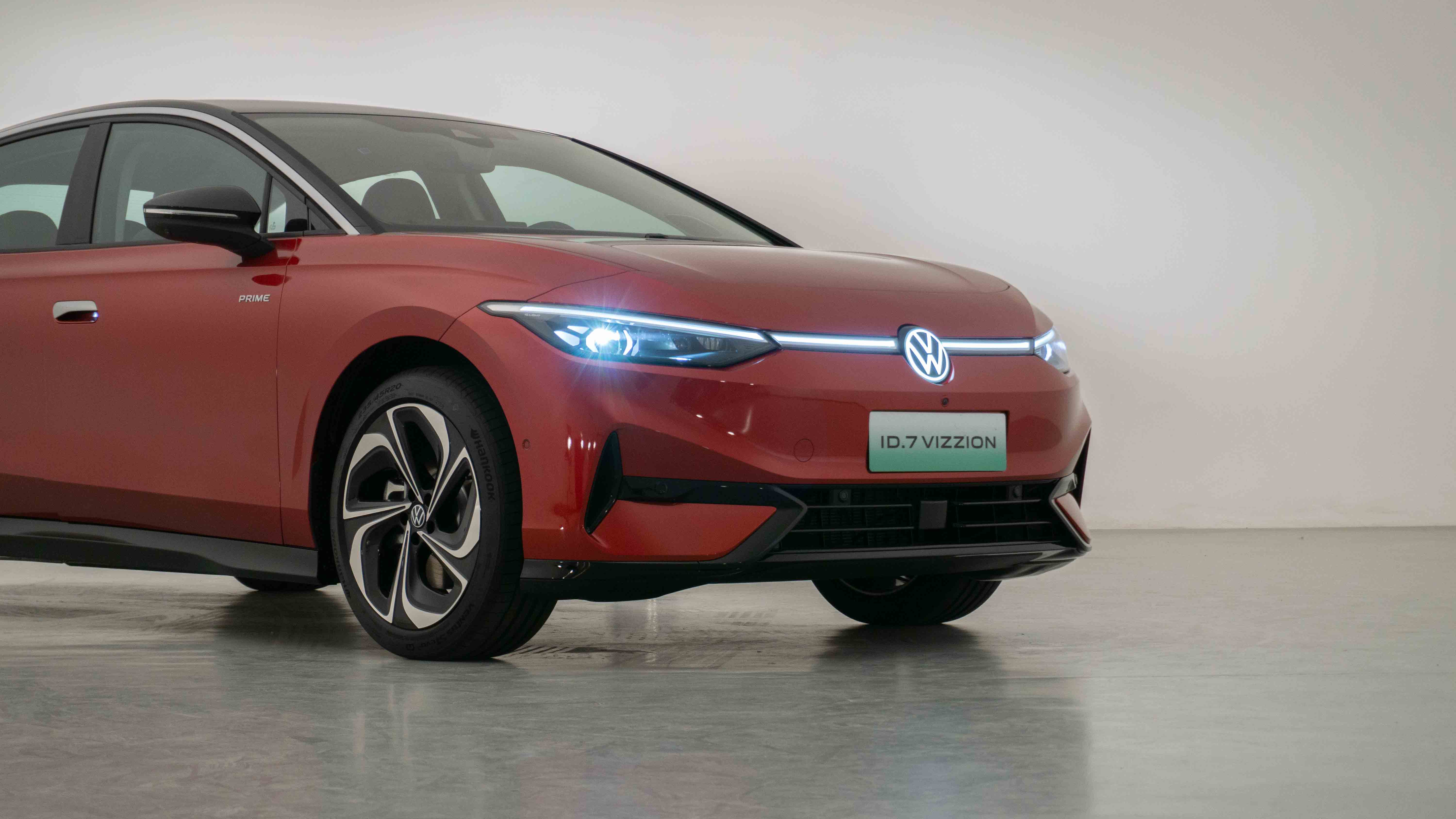
The front design of ID.7 leans towards conservatism and simplicity. The family-style LED daytime running lights are located on both sides of the Volkswagen logo. The headlights on both sides also have IQ.Light matrix dynamic function, with 18 independent controlled LED light sources and a lighting brightness of up to 900 lumens. The headlamps resemble human eyes and seem to give the vehicle a sense of vitality. After the arrival of ID.7 in China, the Volkswagen logo also lights up, making it easy to recognize on the road as a Volkswagen.
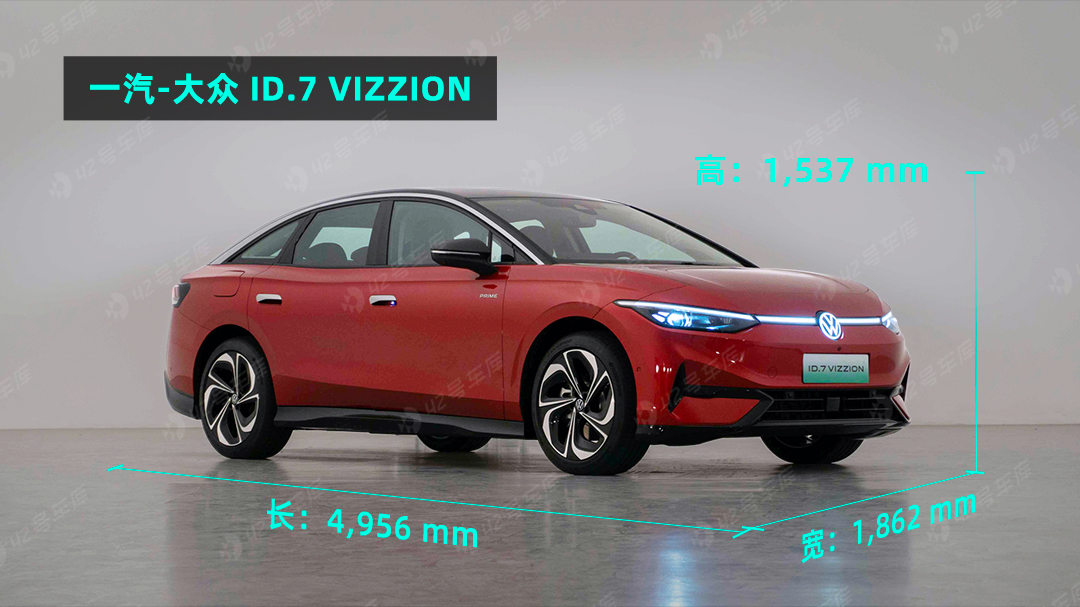
Many people say that ID.7 is the pure electric version of Passat/Magotan, but in terms of body size, ID.7 is one circle larger than its fuel counterparts and is in the standard B+ class. The 2,965mm wheelbase is identical to that of the currently available ID.6, which is a 6/7 seater mid-sized SUV. ID.7 with the same wheelbase length no longer needs to be lengthened.
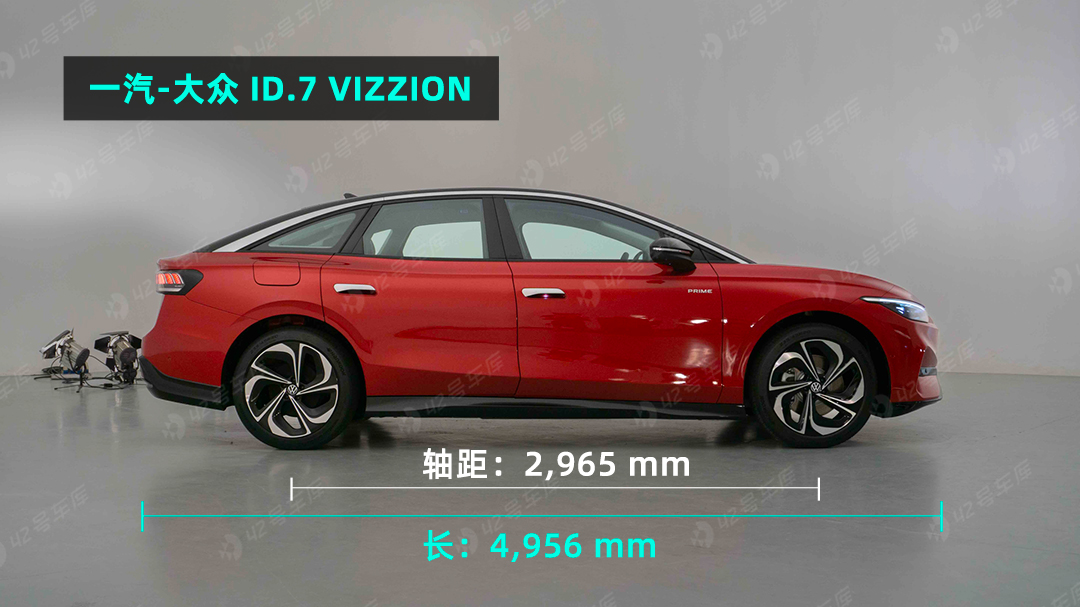
The side profile of ID.7 does not simply pursue a low and sleek body. In order to accommodate the battery underneath and provide ample headroom inside, the height of ID.7 reaches 1,538mm, giving it a relatively heavy appearance when viewed from the side. To lower the visual center of gravity, ID.7 adopts 20-inch large wheels, black side skirts, and a suspended roof design, as well as a length approaching 5 meters. Therefore, the overall appearance is quite coordinated.
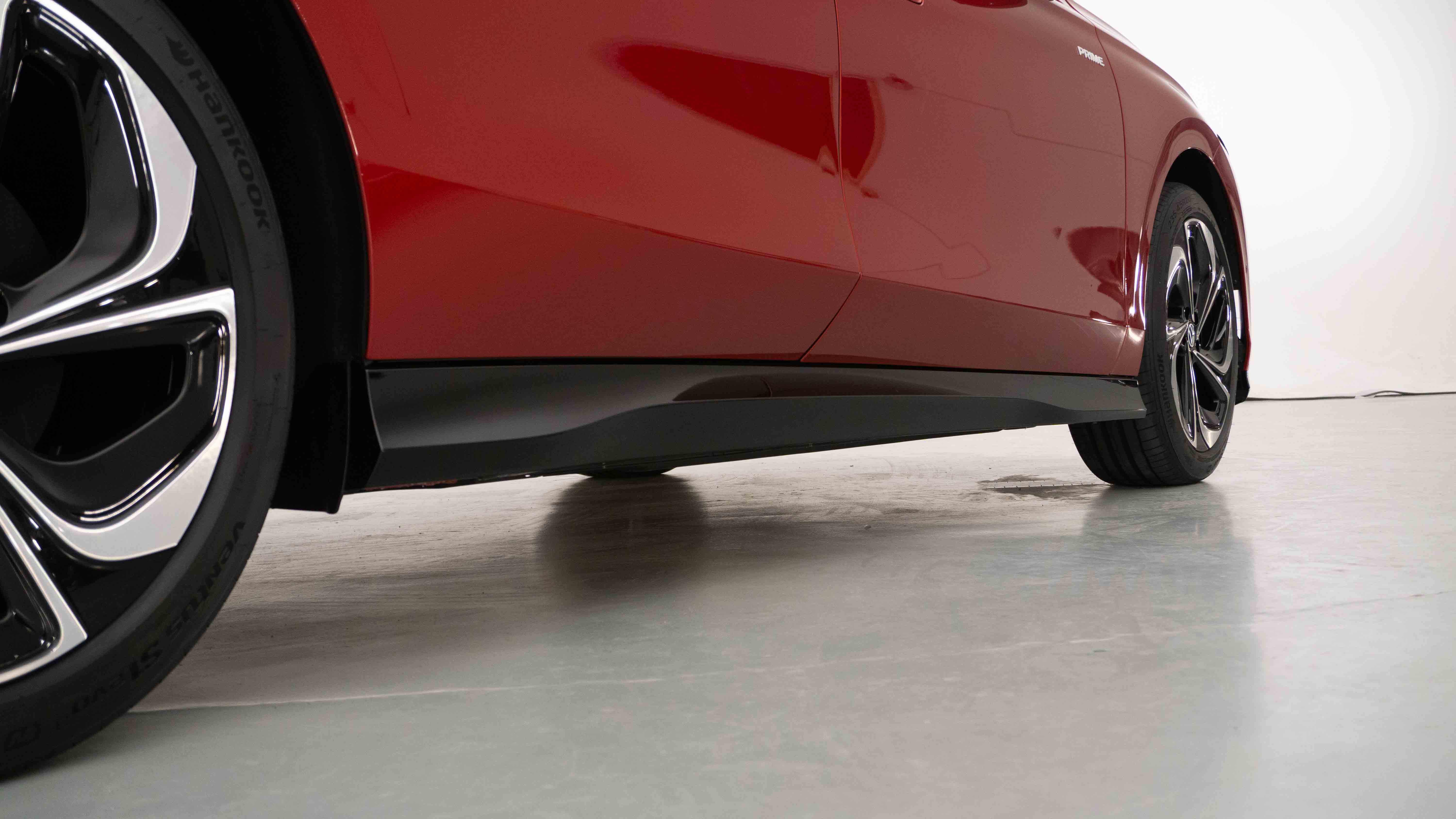
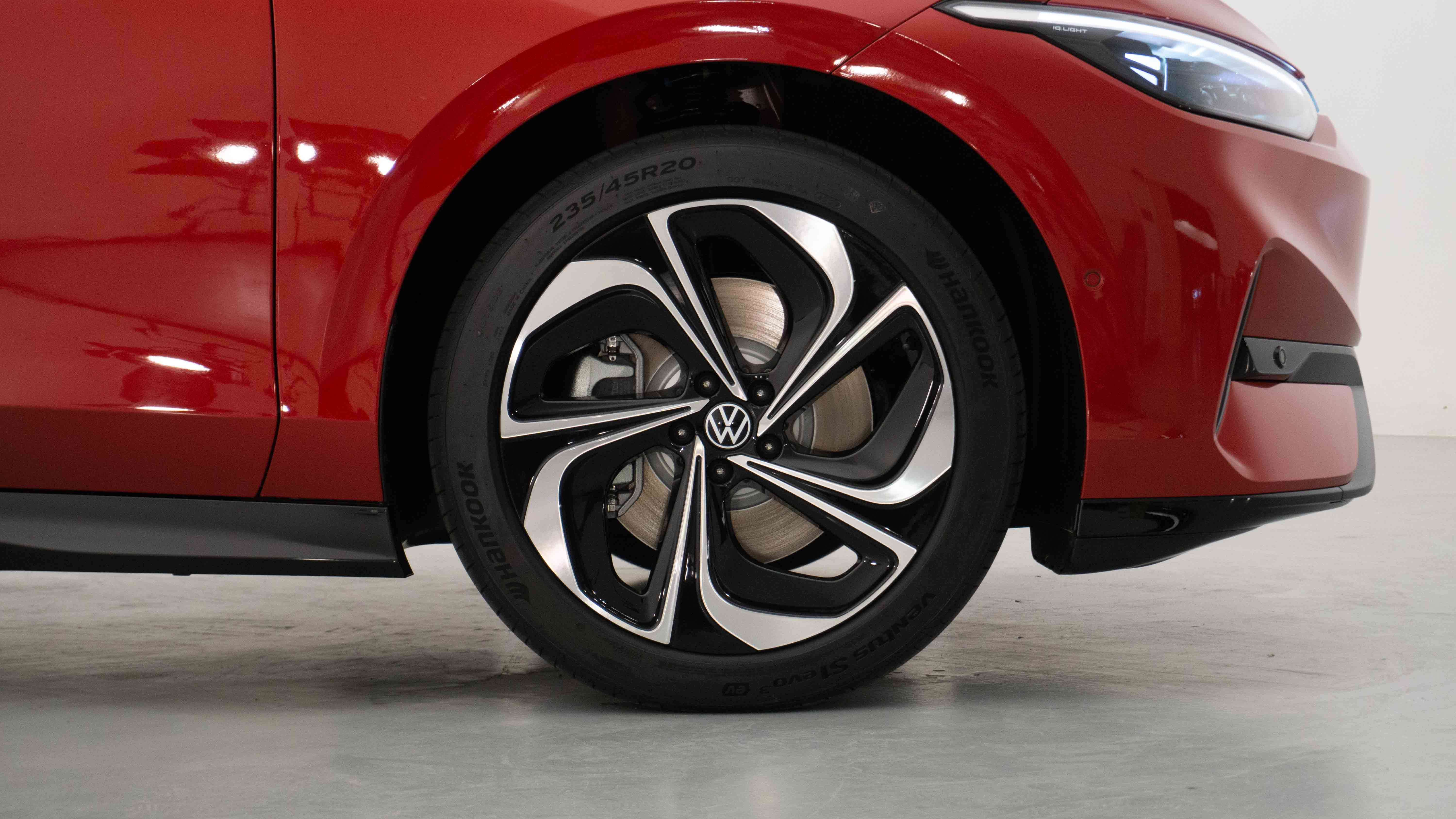 The ID.7 from FAW-Volkswagen offers four styles of wheel hubs, covering three sizes of 18, 19, and 20 inches. The model we have taken photos of is equipped with 20-inch wheels, which I personally think looks the best. The tire size is 235/45 R20 for both front and rear, and the model used is Hankook Ventus S1 evo 3 – an electric vehicle-specific tire that has low rolling resistance and good dry grip. The market price is around 1,600-2,000 yuan per tire, which is not cheap.
The ID.7 from FAW-Volkswagen offers four styles of wheel hubs, covering three sizes of 18, 19, and 20 inches. The model we have taken photos of is equipped with 20-inch wheels, which I personally think looks the best. The tire size is 235/45 R20 for both front and rear, and the model used is Hankook Ventus S1 evo 3 – an electric vehicle-specific tire that has low rolling resistance and good dry grip. The market price is around 1,600-2,000 yuan per tire, which is not cheap.

This time, both front and rear tires have a width of 235 mm, which is not as radical as the rear 255/265 of the ID.4/6 in terms of tire specifications, indicating that the FAW-Volkswagen ID.7 is more focused on sustainability.
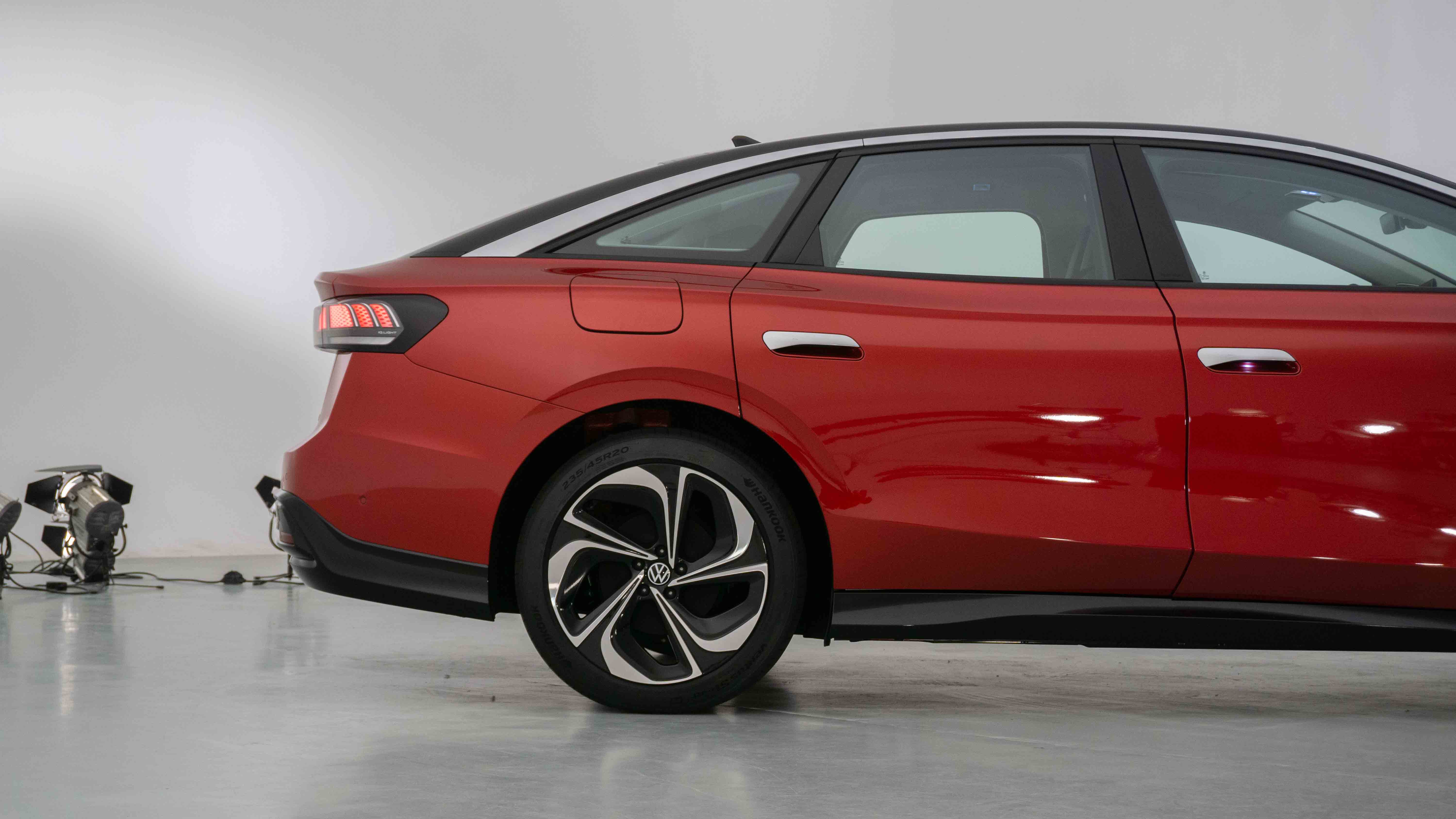
Moving to the rear of the car, the roofline of the ID.7 does not have the angular ending like a traditional sedan, but smoothly transitions to the tail. The tail looks relatively short, but also has a certain sense of weight.
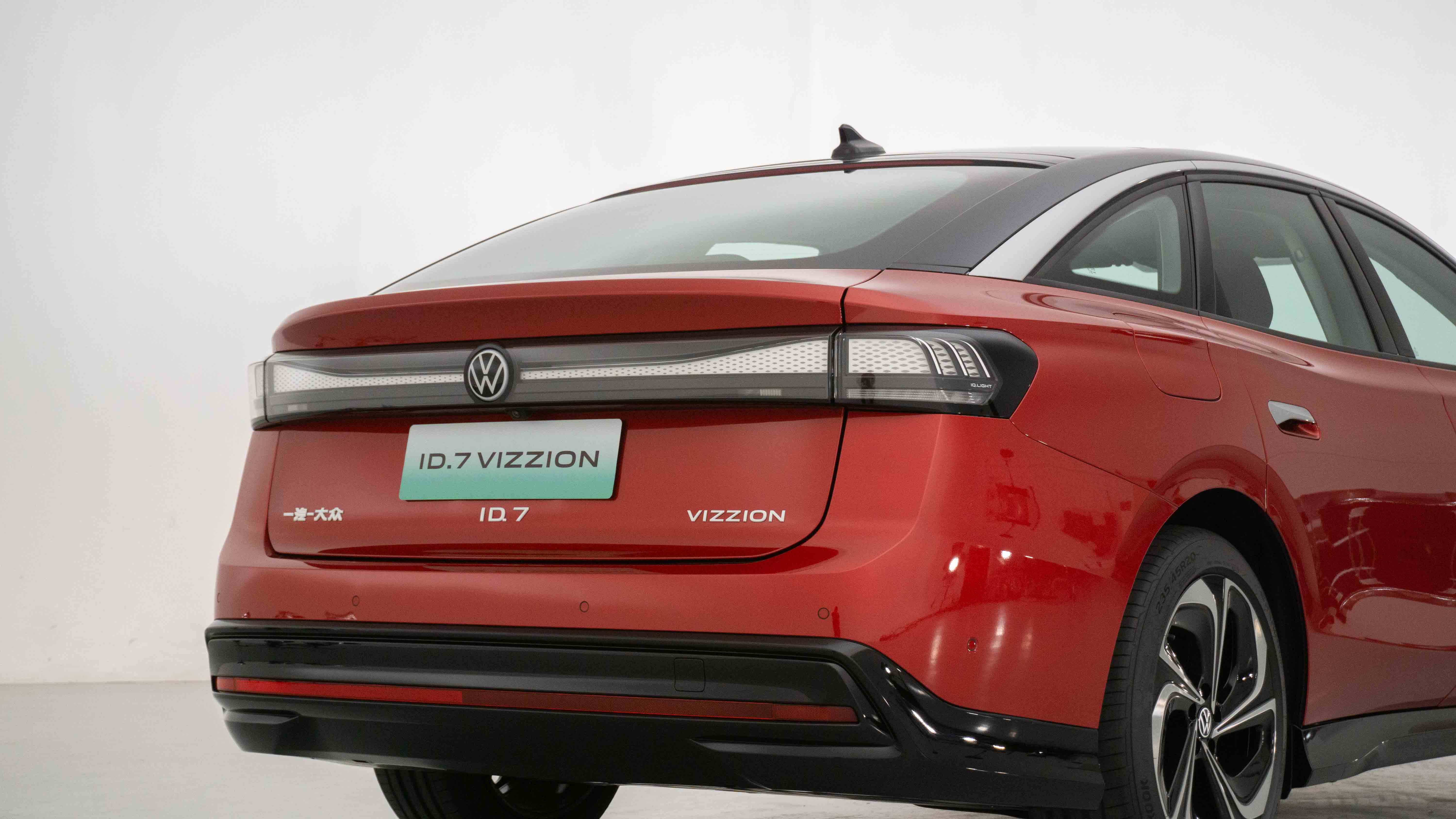
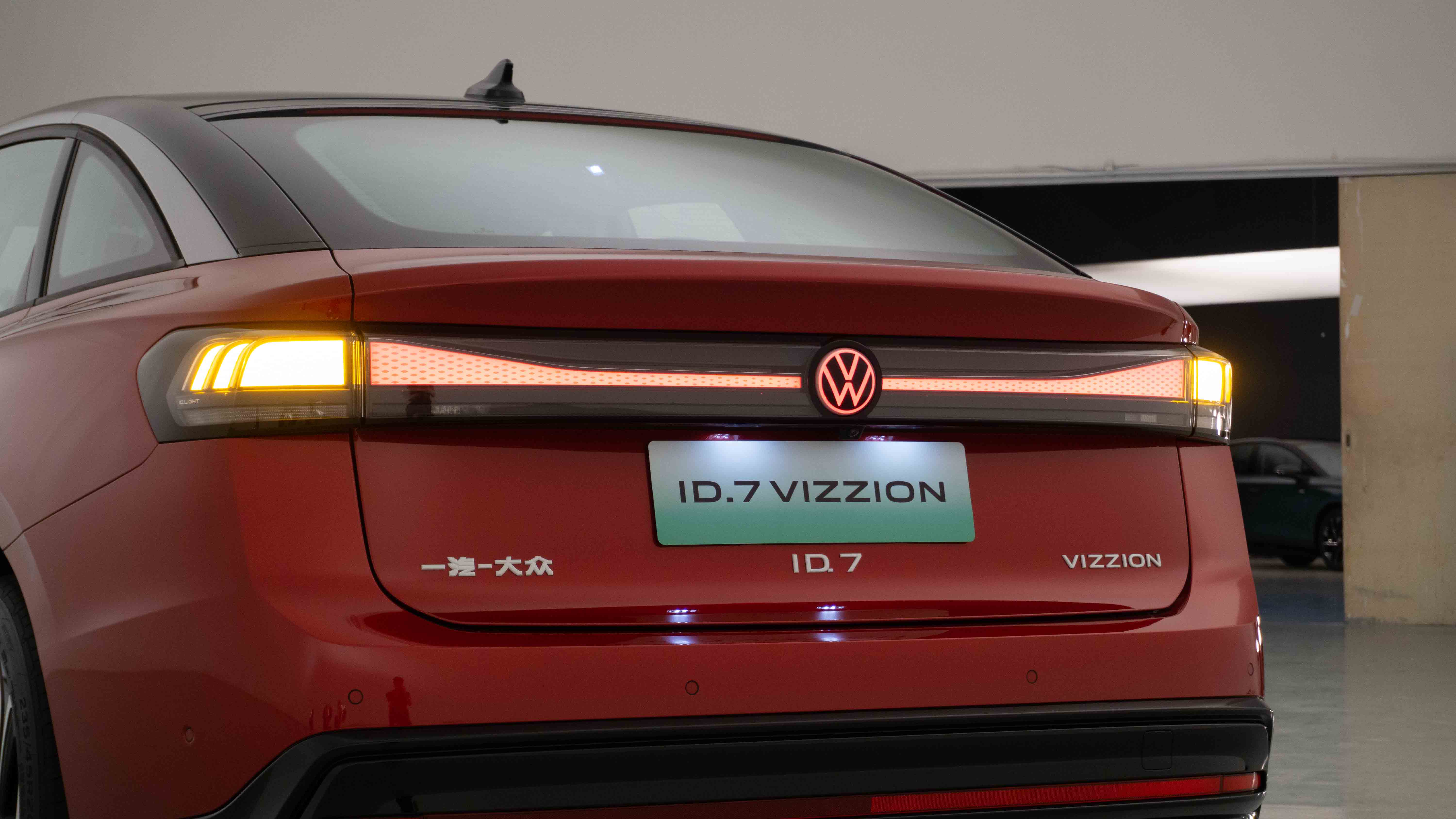
The tail light design of the ID.7 is a standout feature that I personally appreciate. It is called the Surface LED three-dimensional suspended tail light by the manufacturer. It is white when not illuminated, and turns red when the tail light is on. It also provides various lighting animations, which makes it feel quite high-tech.
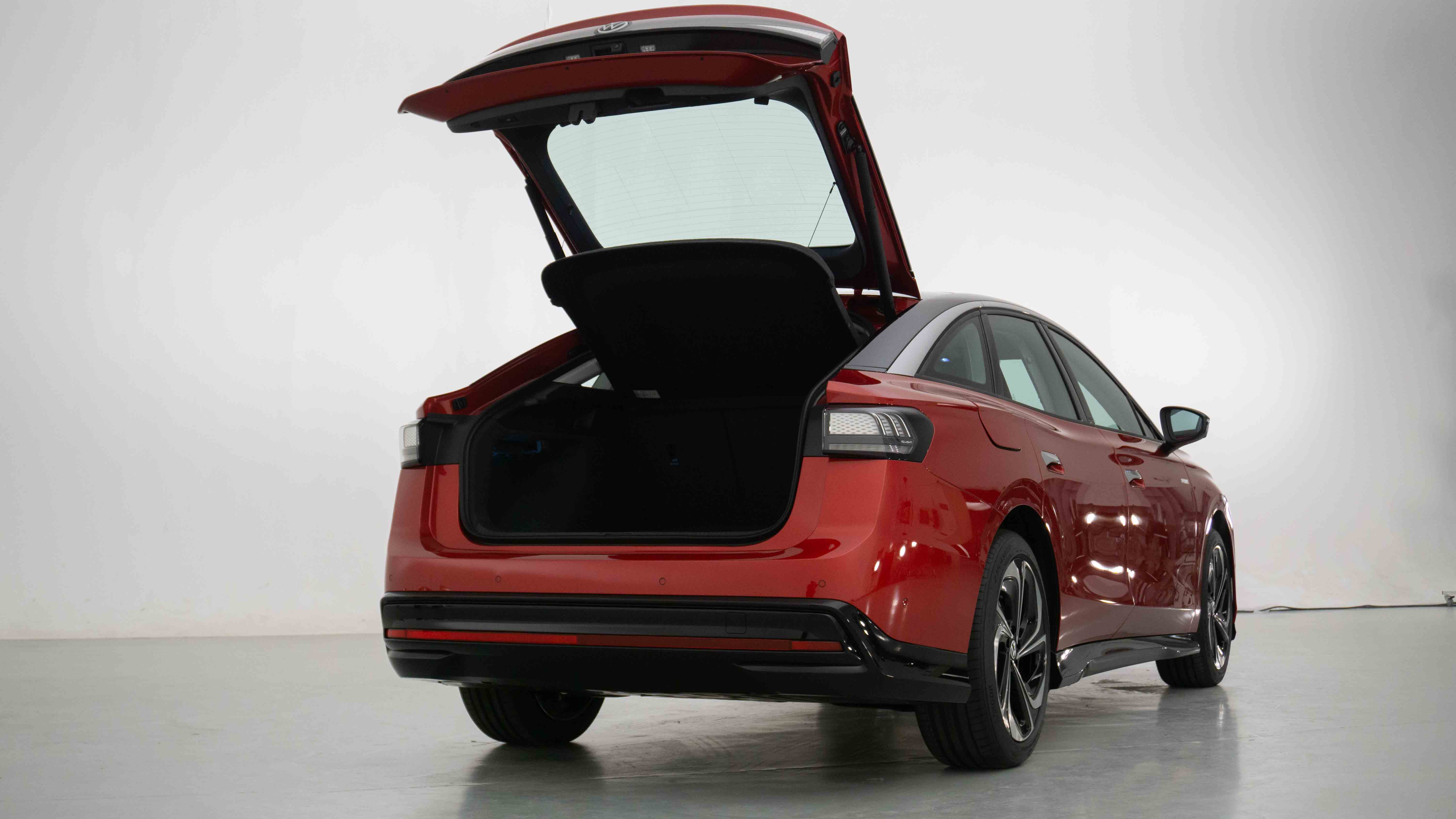
What surprised me about this car is that the ID.7 is actually a hatchback sedan. The large tailgate opening angle, combined with the depth of a regular sedan, makes the over 500 L trunk space of the ID.7 very practical.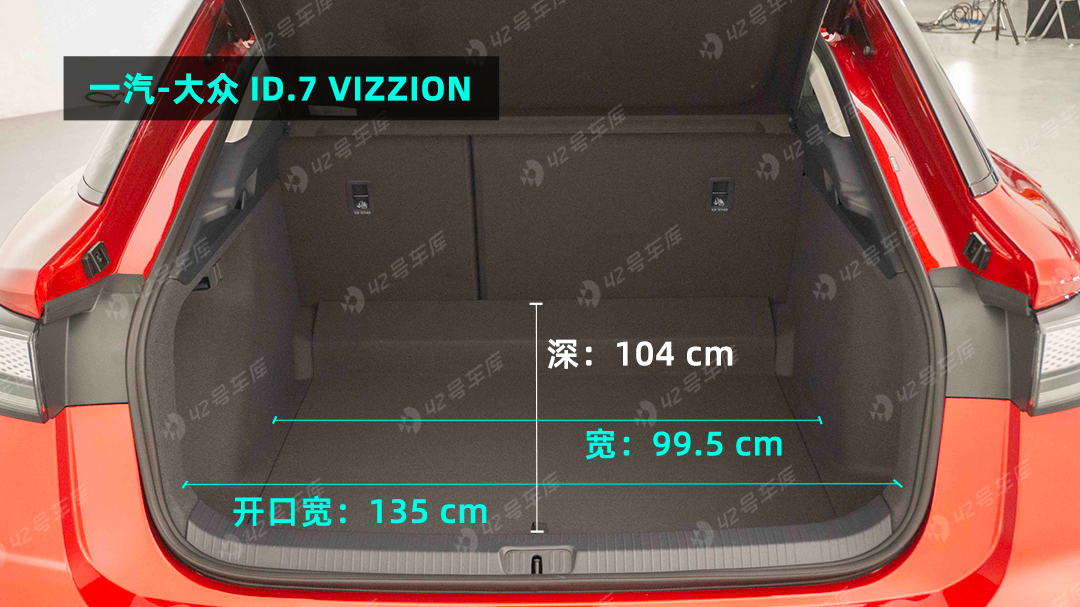
After our tests, the trunk of ID.7 is 1,040mm deep and 995mm wide, and it can accommodate large items without any problem. Additionally, the rear seats can be folded down at a ratio of 4/6 to expand the space.
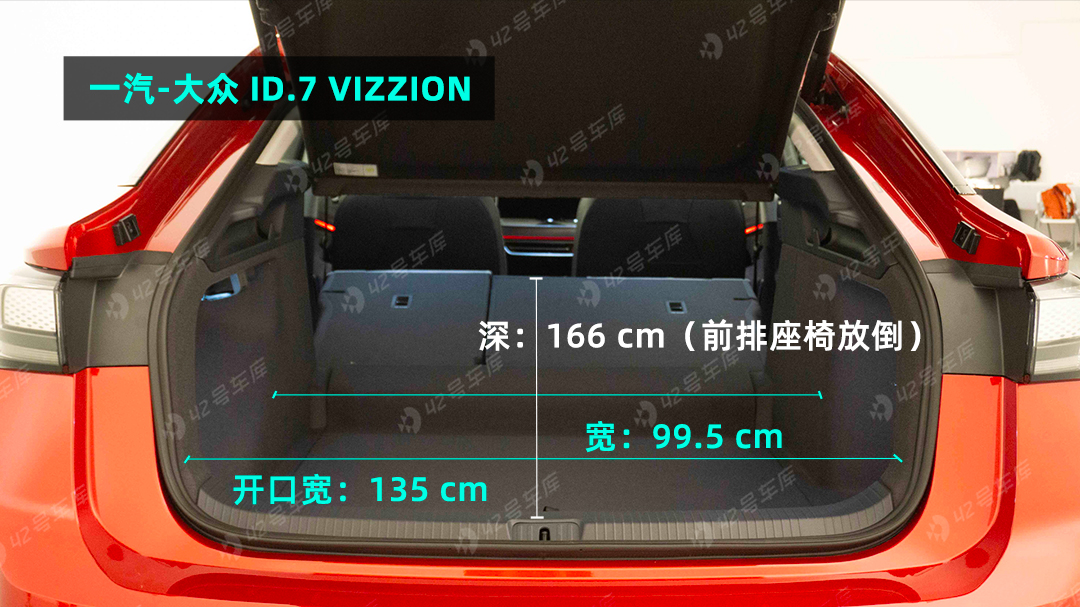
However, the version of FAW-Volkswagen is not equipped with a flat cover board. According to the engineer, a flat space between the rear seats and the trunk may be formed in the future through aftermarket accessories in the mall.
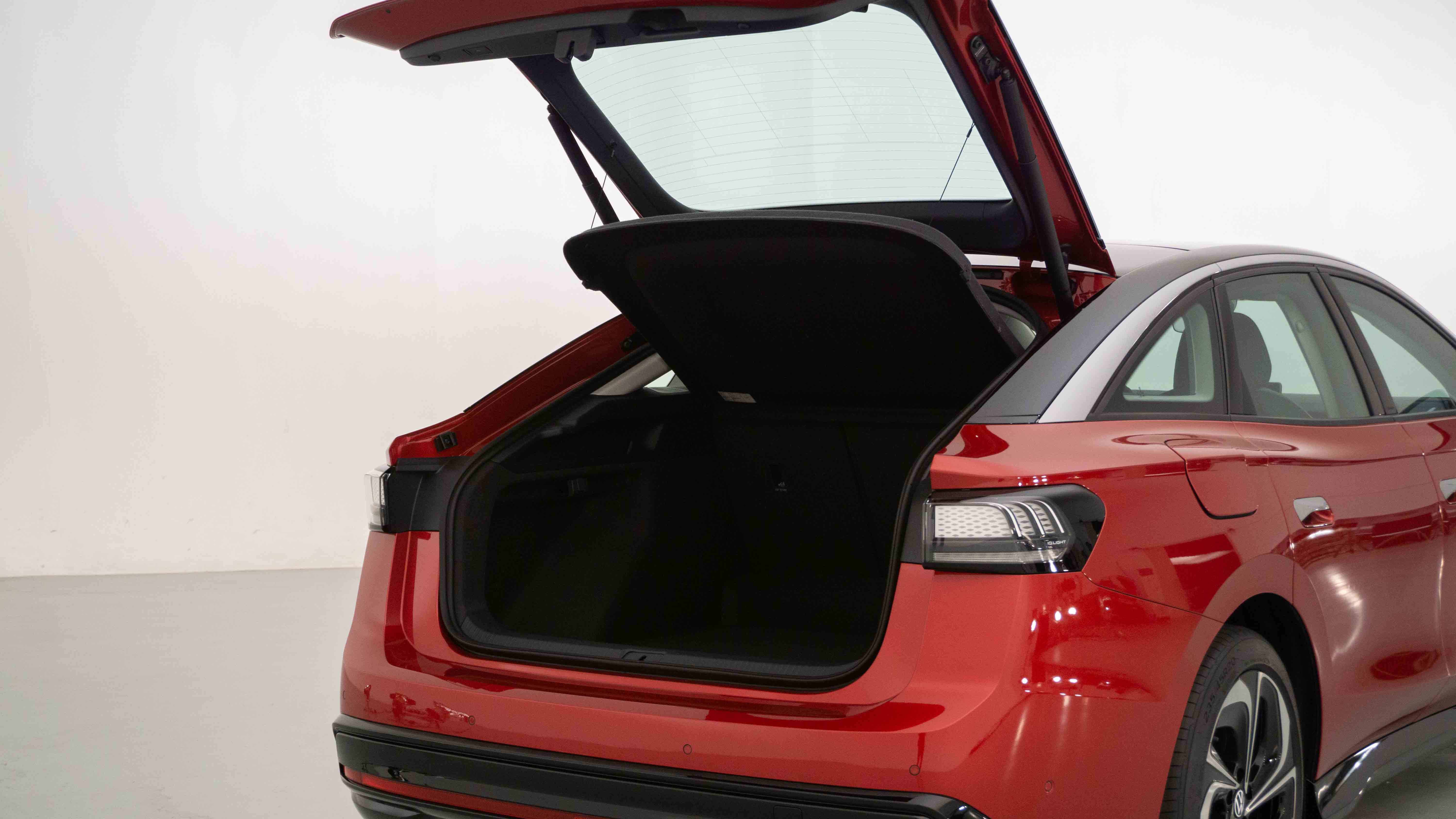
Overall, ID.7 VIZZION of FAW-Volkswagen did not disappoint us in terms of exterior design. It not only retains the family design language of Volkswagen ID. series but also achieves a low wind resistance coefficient of 0.23. The echoing of the large wheels, waistline, and side skirts on the roof makes the 1,538mm high ID.7 look not bulky.

If the current exterior is not satisfactory enough, there will be a version of SAIC Volkswagen for ID.7 in the future. Let’s look forward to a more localized ID.7.
The Key to Improving: Interior
The overall interior design style of ID.7 VIZZION still follows the family language of ID. However, as the flagship of ID. series, ID.7 has made great improvements in the atmosphere, workmanship, materials, and infotainment system, especially.
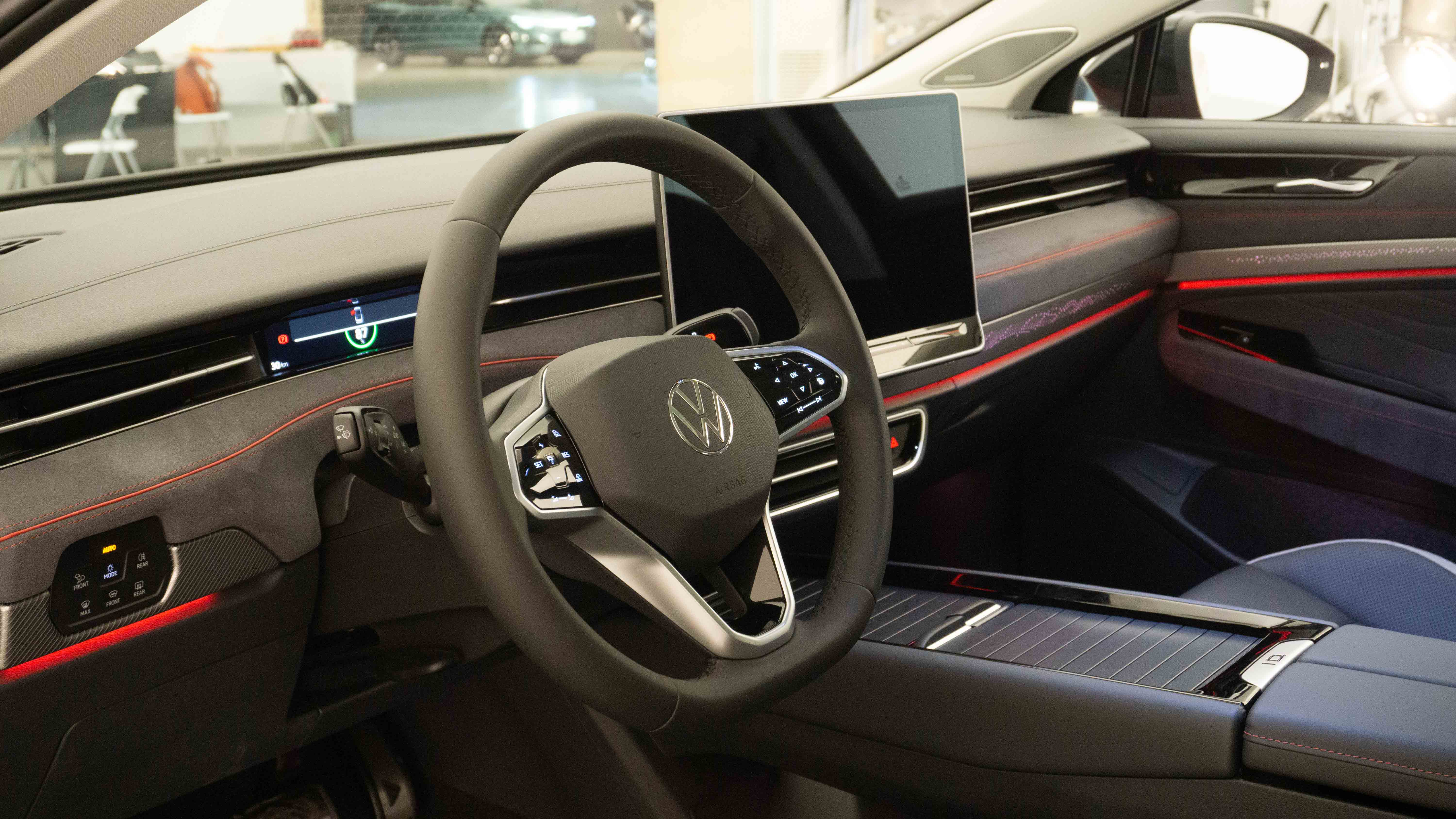 Careful observation reveals that there have been changes in the instrument screen, central control screen, air vent, central control panel layout, and materials used in ID.7.
Careful observation reveals that there have been changes in the instrument screen, central control screen, air vent, central control panel layout, and materials used in ID.7.
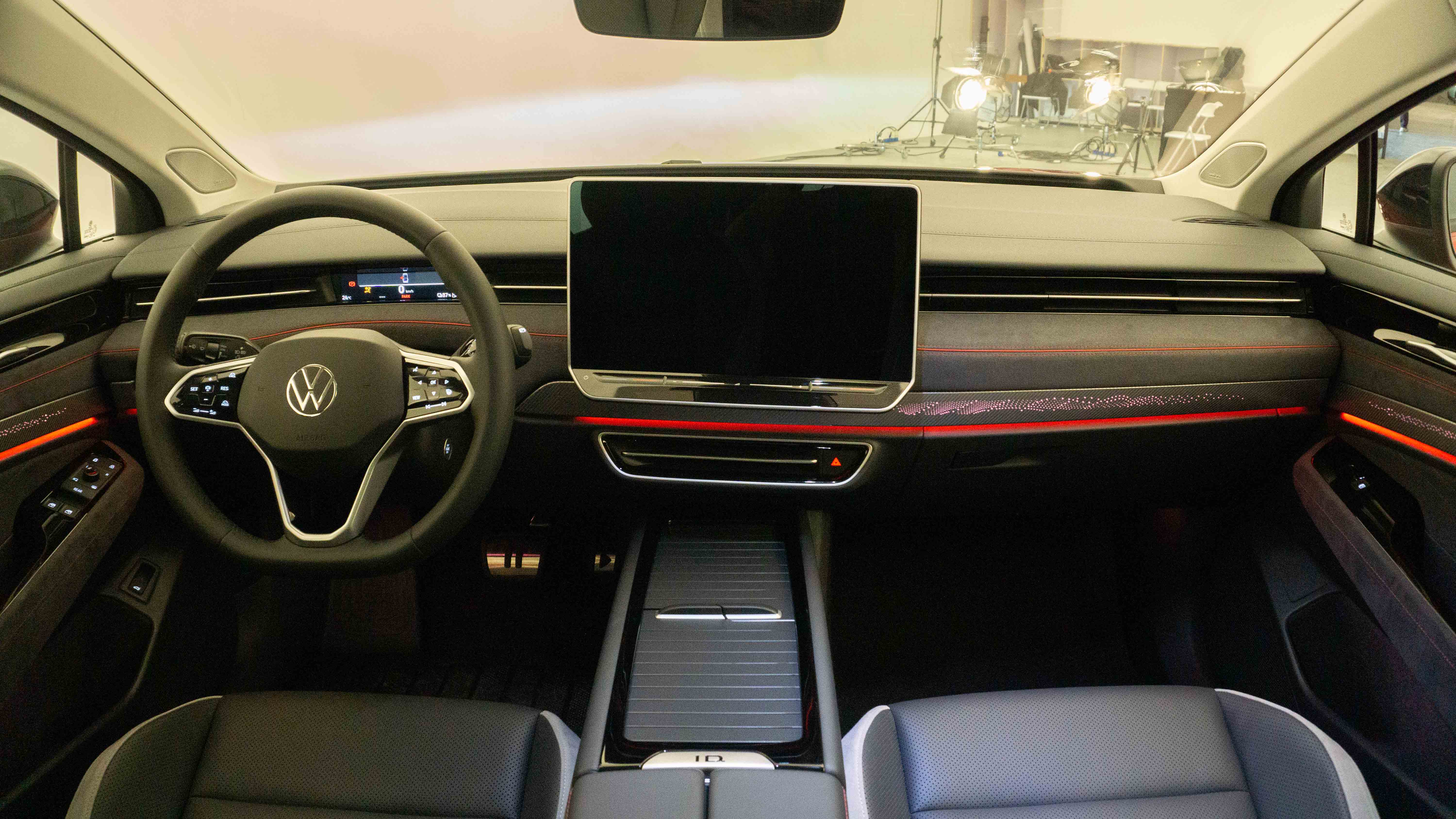
Firstly, the biggest change in the driving area of the central control panel is that the LCD instrument on the original steering column is embedded into the inner side of the central control panel, effectively integrating the internal space of the instrument. This small LCD display embedded in the instrument panel is only responsible for displaying driving-related information, such as speed, vehicle status, and range.
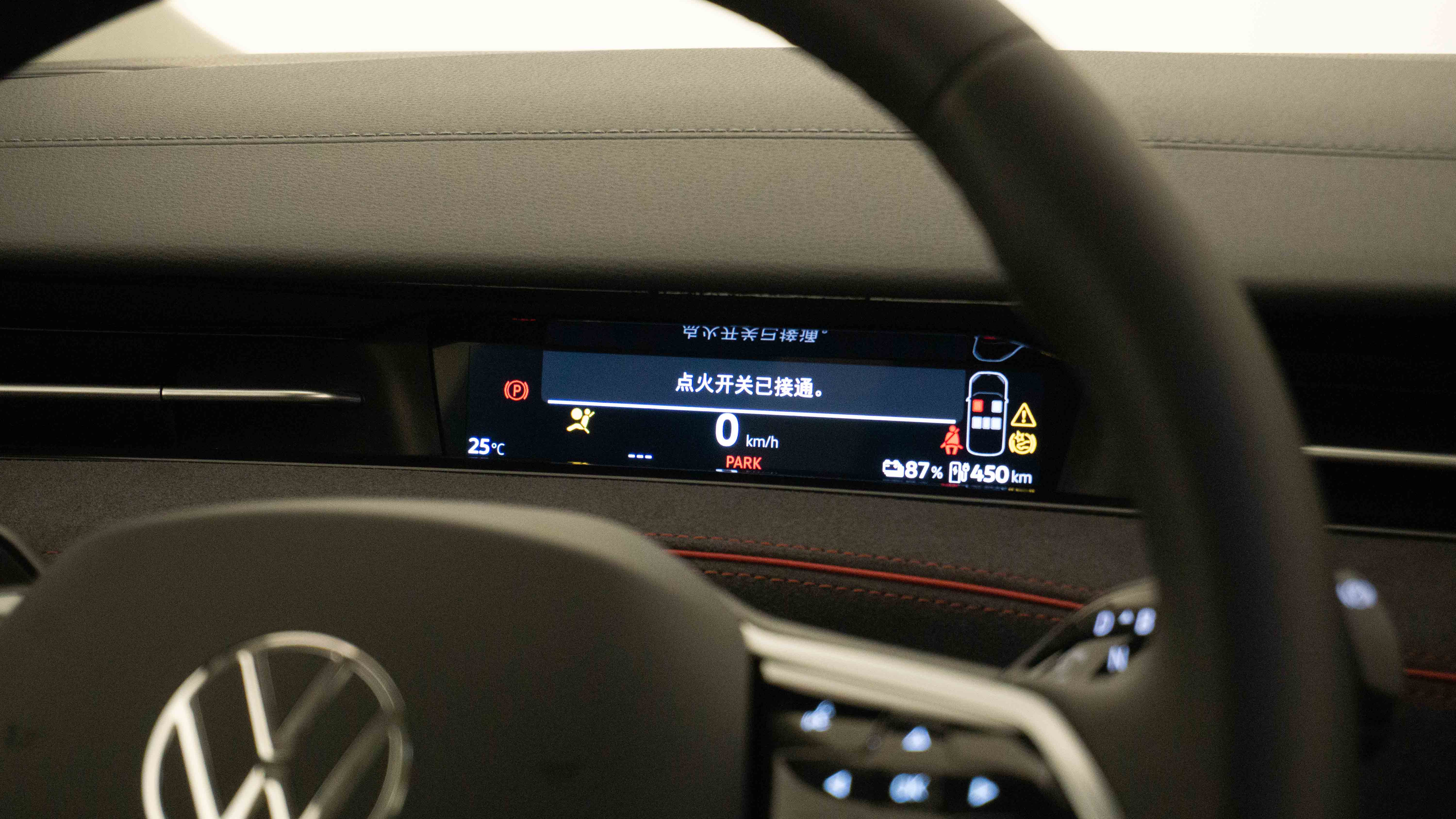
The more complex visual interface for advanced driver assistance and energy consumption display have both been moved from the instrument panel to the AR-HUD display. This reminded me of the driving interaction screen + HUD interaction method found on the Ideal L-Series. However, based on current information, the content of the HUD display by VW is still relatively simple, essentially copying the content found in the current ID. series’ display to the HUD.
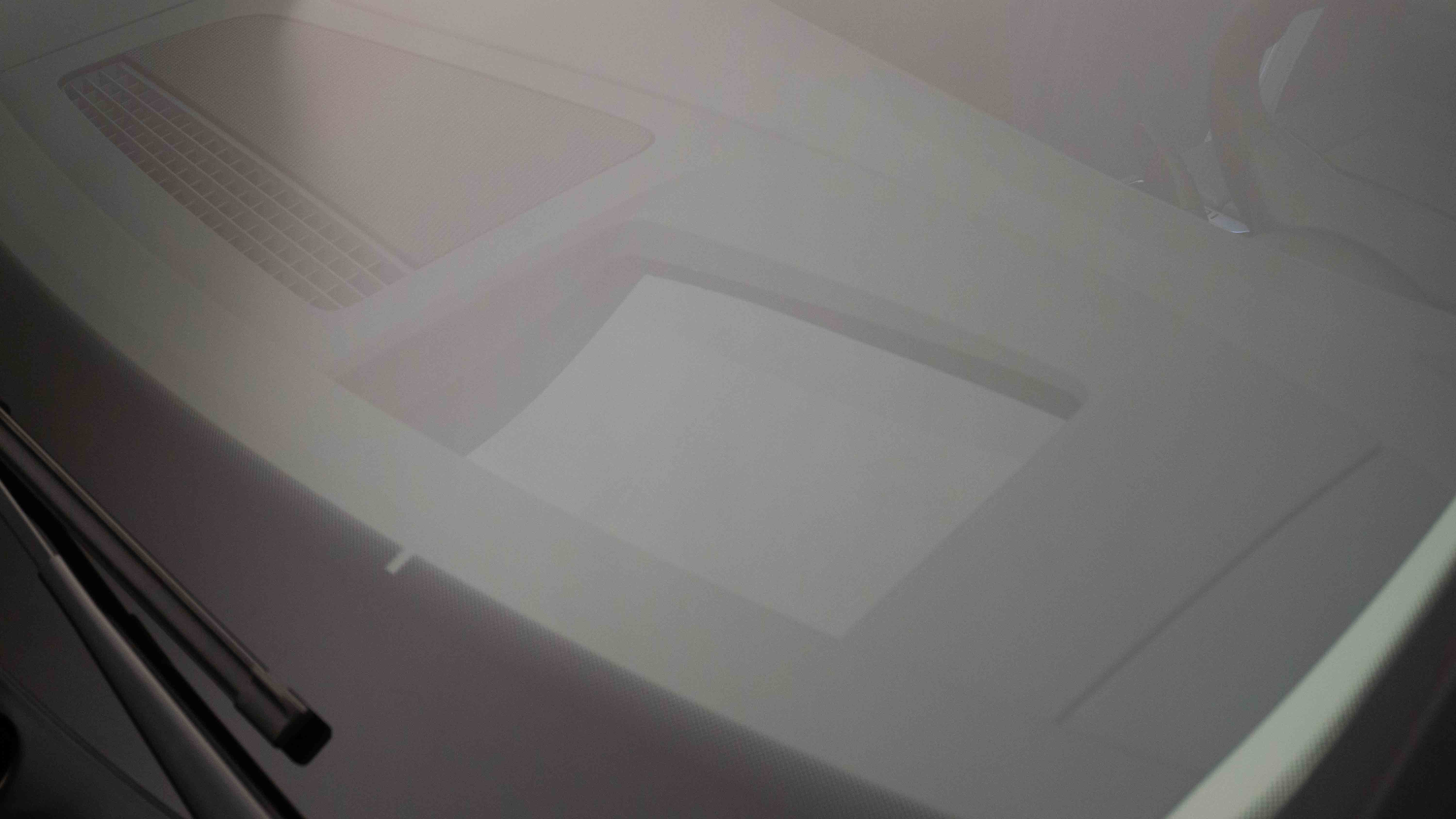
The steering wheel style has not changed from the current version. The shift lever style behind the steering wheel has been updated. The original shift knob, which was integrated into the side of the instrument screen, has been moved to a more traditional position on the steering wheel column, making it more in-line with user habits.
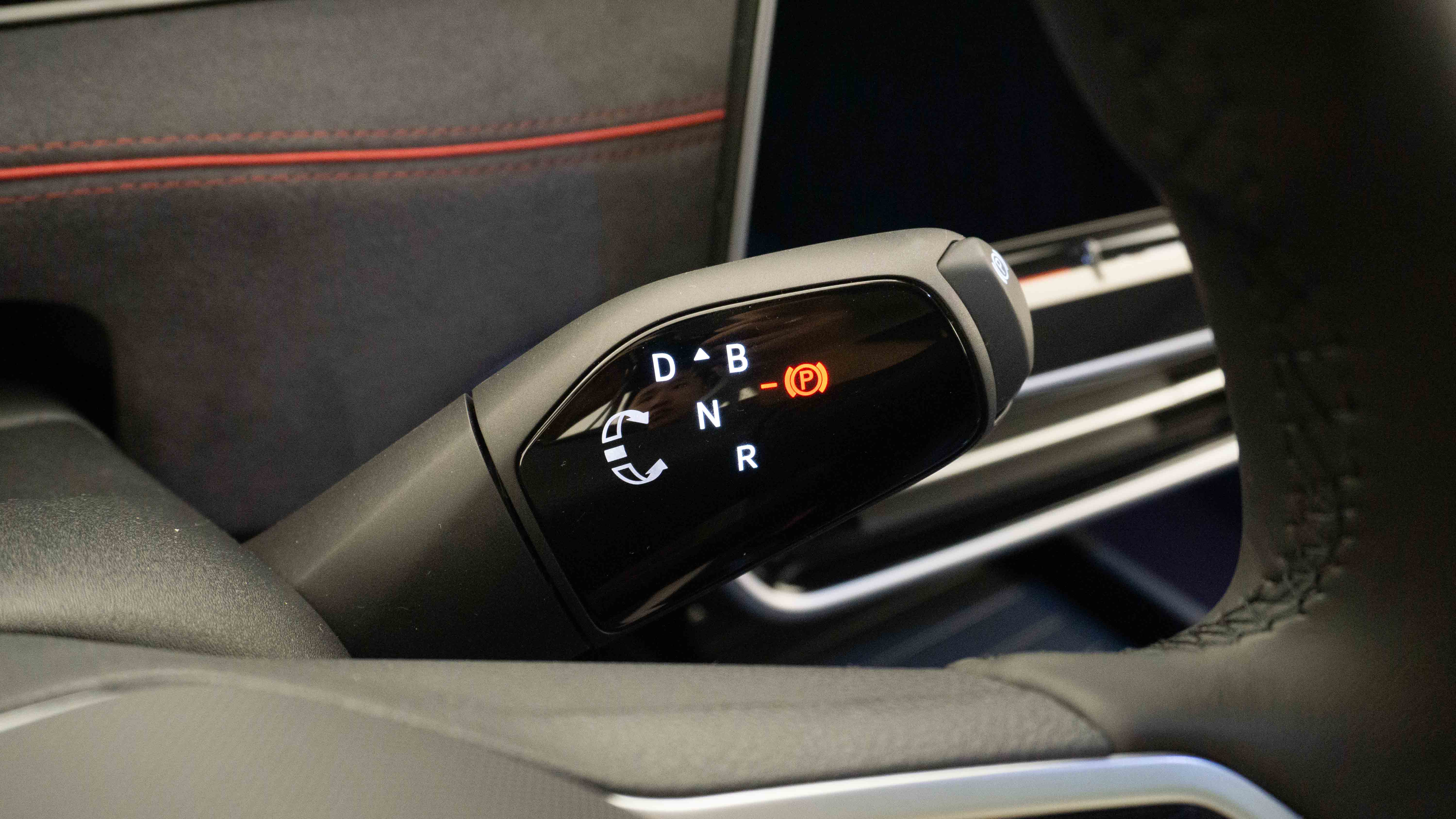
This kind of shift lever was first used in the ID.Buzz and is now used on the ID.7. The all-new Tiguan and Passat, which are gasoline-powered vehicles, will be equipped with this new shift lever and become the new generation of cockpit interaction methods for Volkswagen Group.
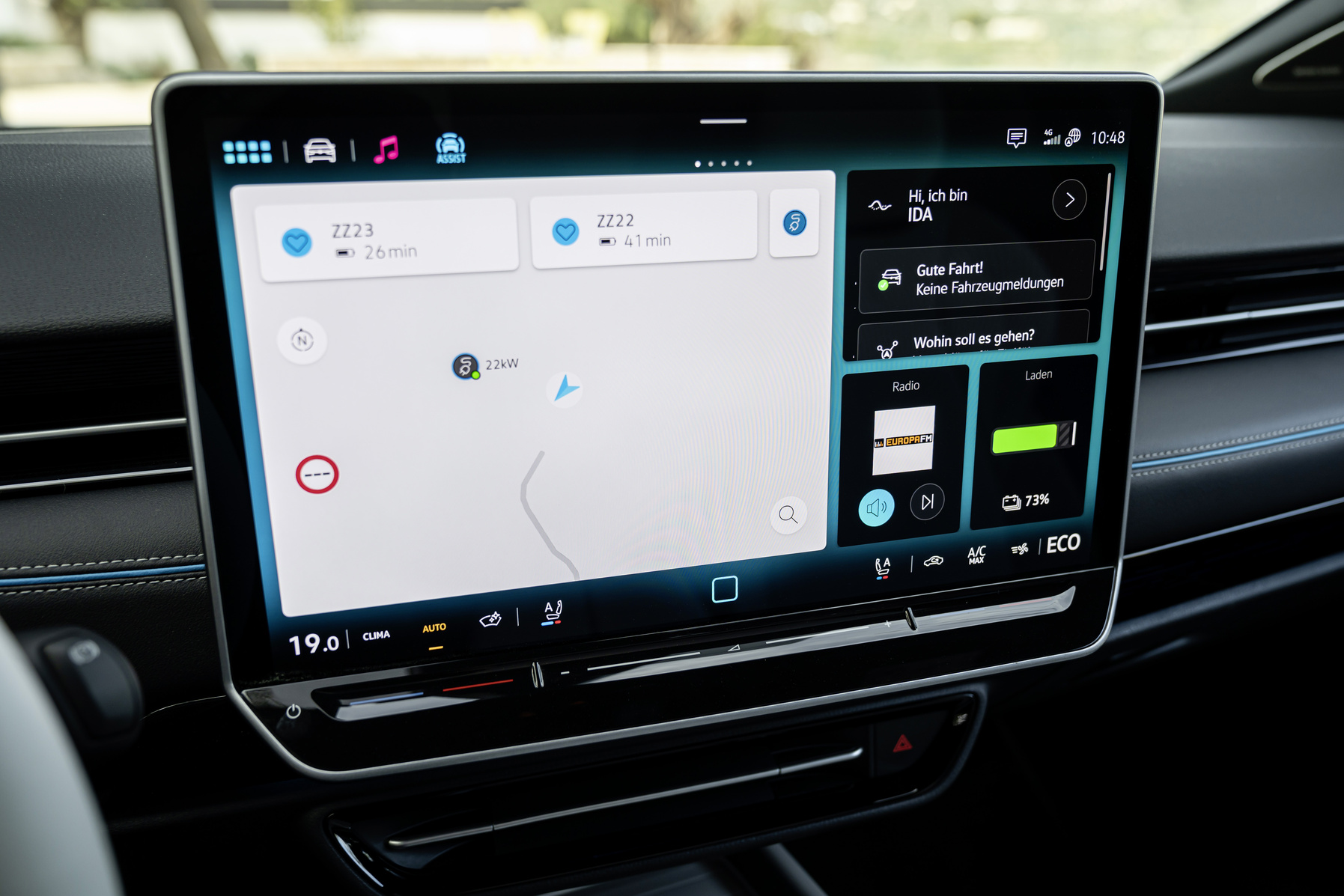
Regarding the cockpit of the ID.7, the biggest change has been in the vehicle’s infotainment experience. Currently, the vehicle infotainment systems on the ID.3/4/6 have been the biggest source of complaints by users, with poor operation logic, stability, and functionality seemingly making the ID. series lack the connection with digitization and intellectualization. Volkswagen has also realized that a lack of digitization is inexcusable.
The new Volkswagen ID.7 uses a brand new infotainment system. Firstly, the central screen has been updated to 15 inches with a resolution of 2,240 × 1,260 and 16 GB of memory. Meanwhile, the infotainment system has been updated to ID. OS 2.0.

What makes this system different from the one used in ID.3/4/6 is that the underlying development has been switched from being mainly led by the German team to being led by the Chinese team. According to official sources, not only does this new system have a more sophisticated interface, but it also has significantly improved stability, localization adaptation, and OTA performance.
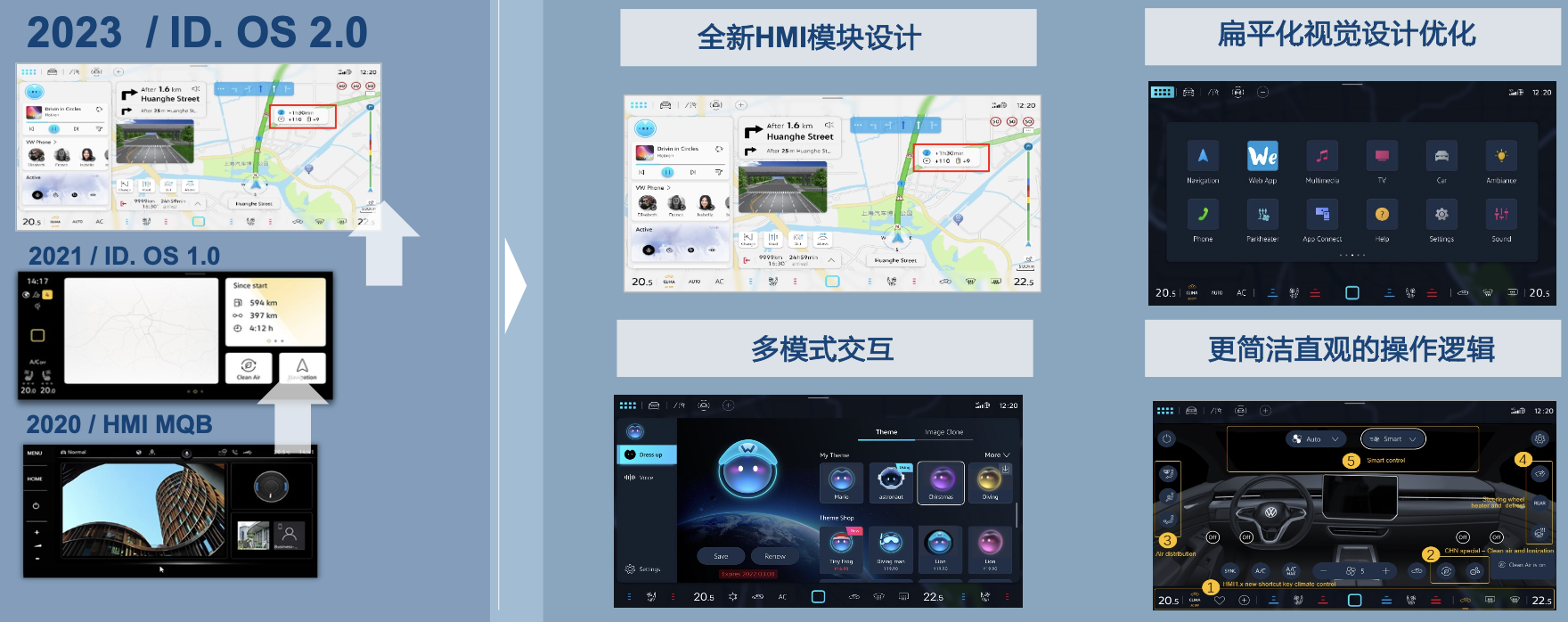
It is worth mentioning that the voice assistant, “Hello Volkswagen,” has been significantly enhanced in ID.7. Volkswagen’s voice assistant now has a virtual image known as “ID Mate,” which allows users to customize their virtual assistant’s appearance. The voice system has also been upgraded to the latest version by iFLYTEK. The overseas version of ID.7 has already supported semantic understanding, making Volkswagen’s infotainment system more intelligent.
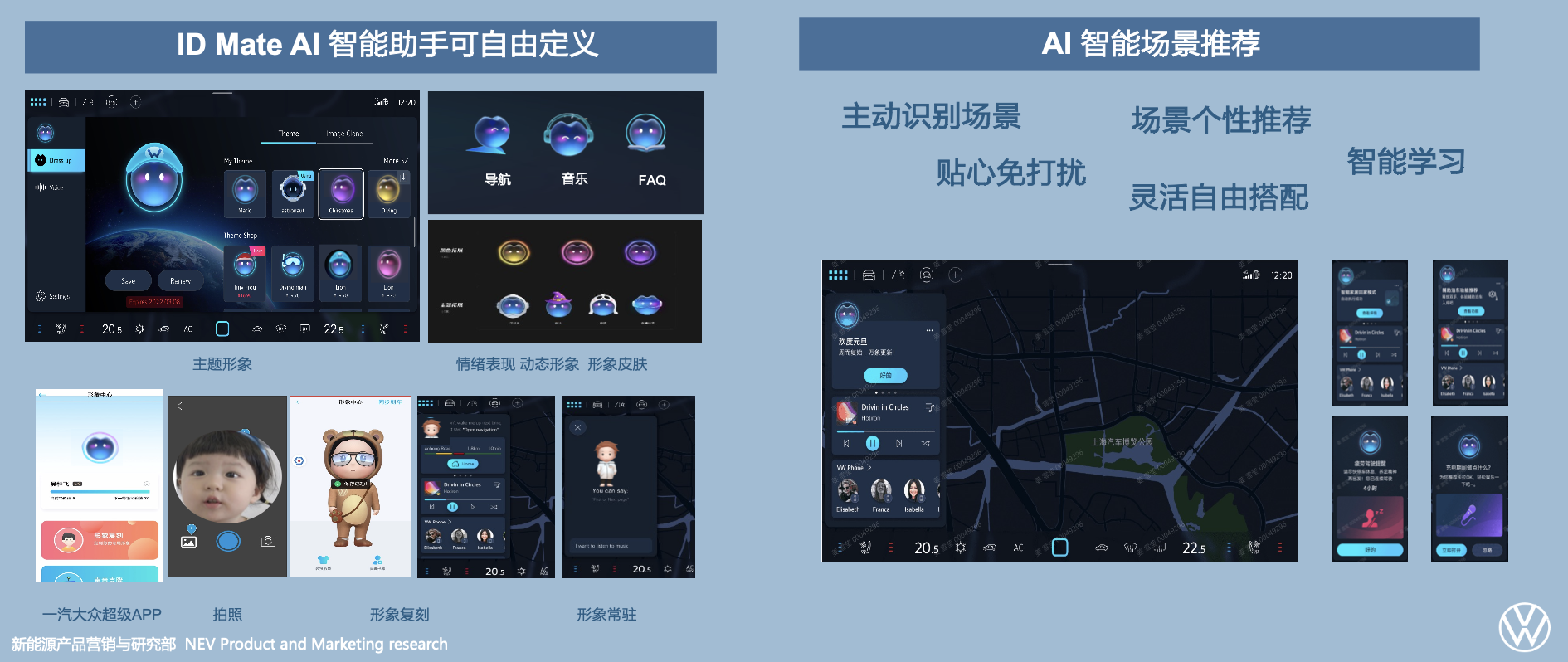
Unfortunately, the infotainment system of ID.7 has not been fully tested in this experience and has not been demonstrated publicly. Whether the system is as good as advertised remains to be seen until the third quarter of this year.
In terms of the air conditioning system, ID.7 has adopted new “smart air-guiding blades.” This design has already been seen in new energy vehicles such as the Tesla Model 3 and the XPeng P7. In ID.7, the air direction can be set to blow towards the occupants or automatically to other directions for better air circulation. The air flow can also be shown in real-time on the central screen.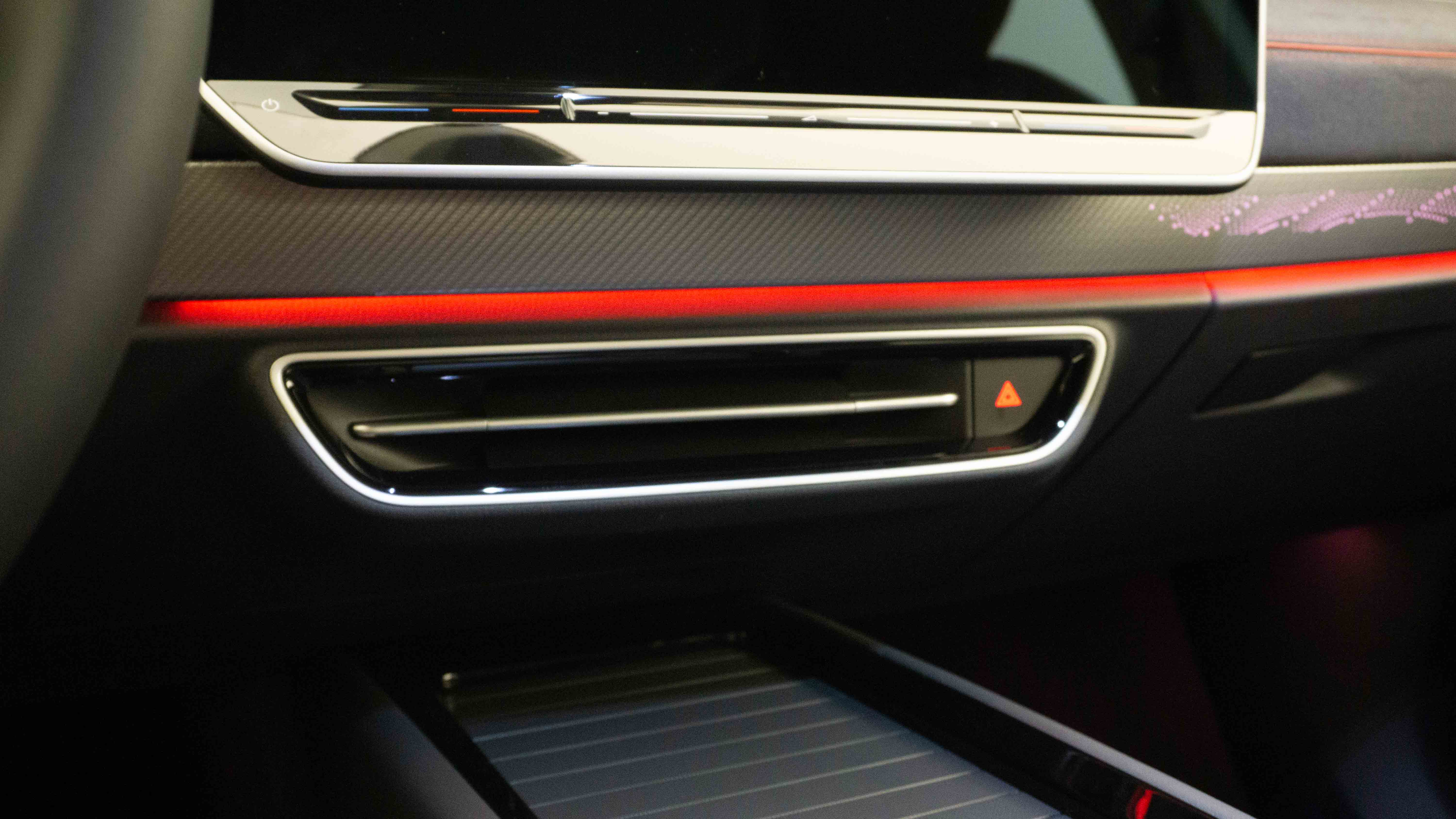
Interestingly, the ID.7 air-conditioning system also comes equipped with a sun sensor that adjusts the fan speed and temperature based on the position of the sun. We look forward to experiencing this further once the in-car technology is perfected.
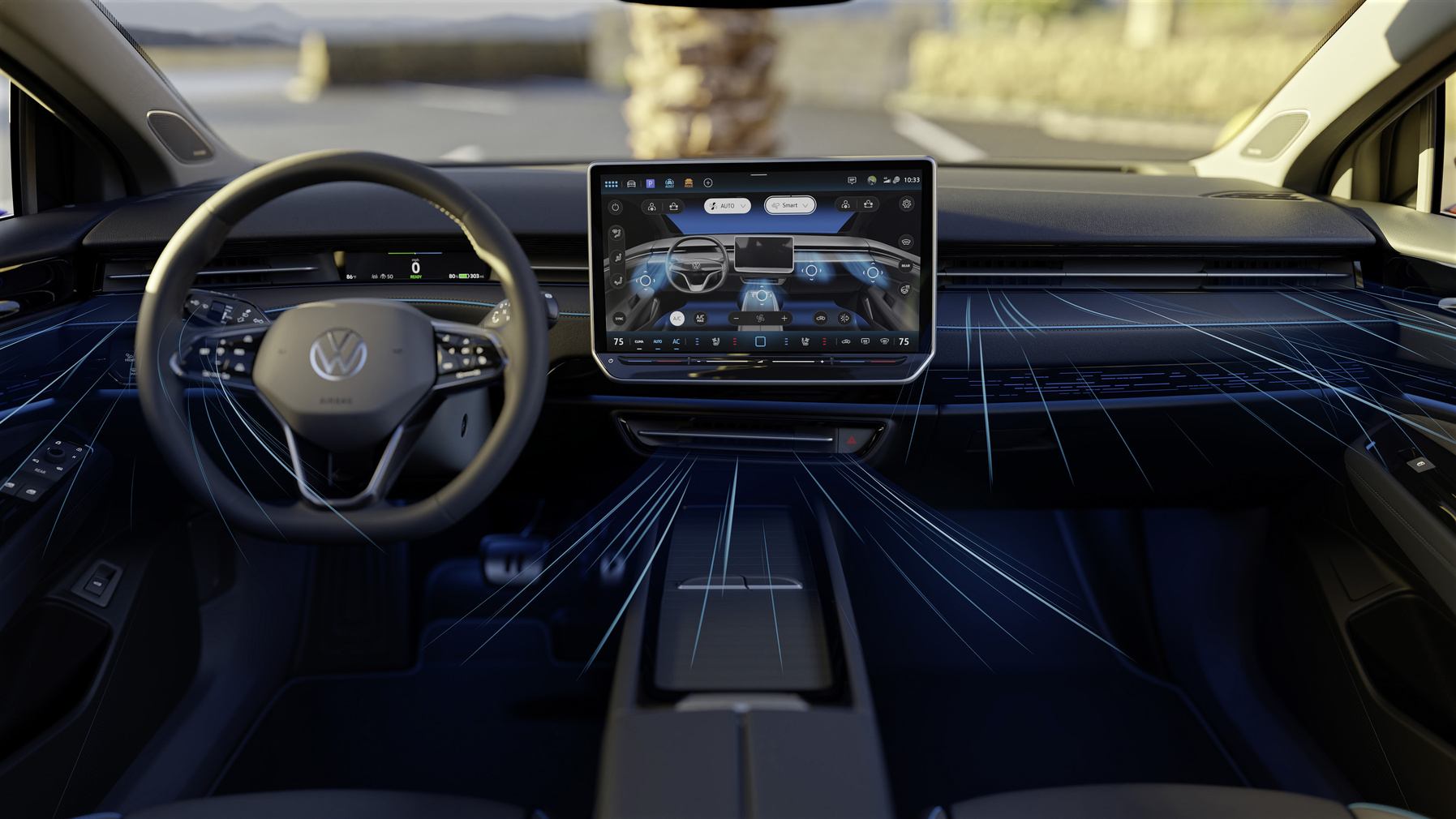
What makes us, as experienced car owners, happy is that the backlit air conditioning and touch-sensitive volume buttons have finally made an appearance on the ID.7.
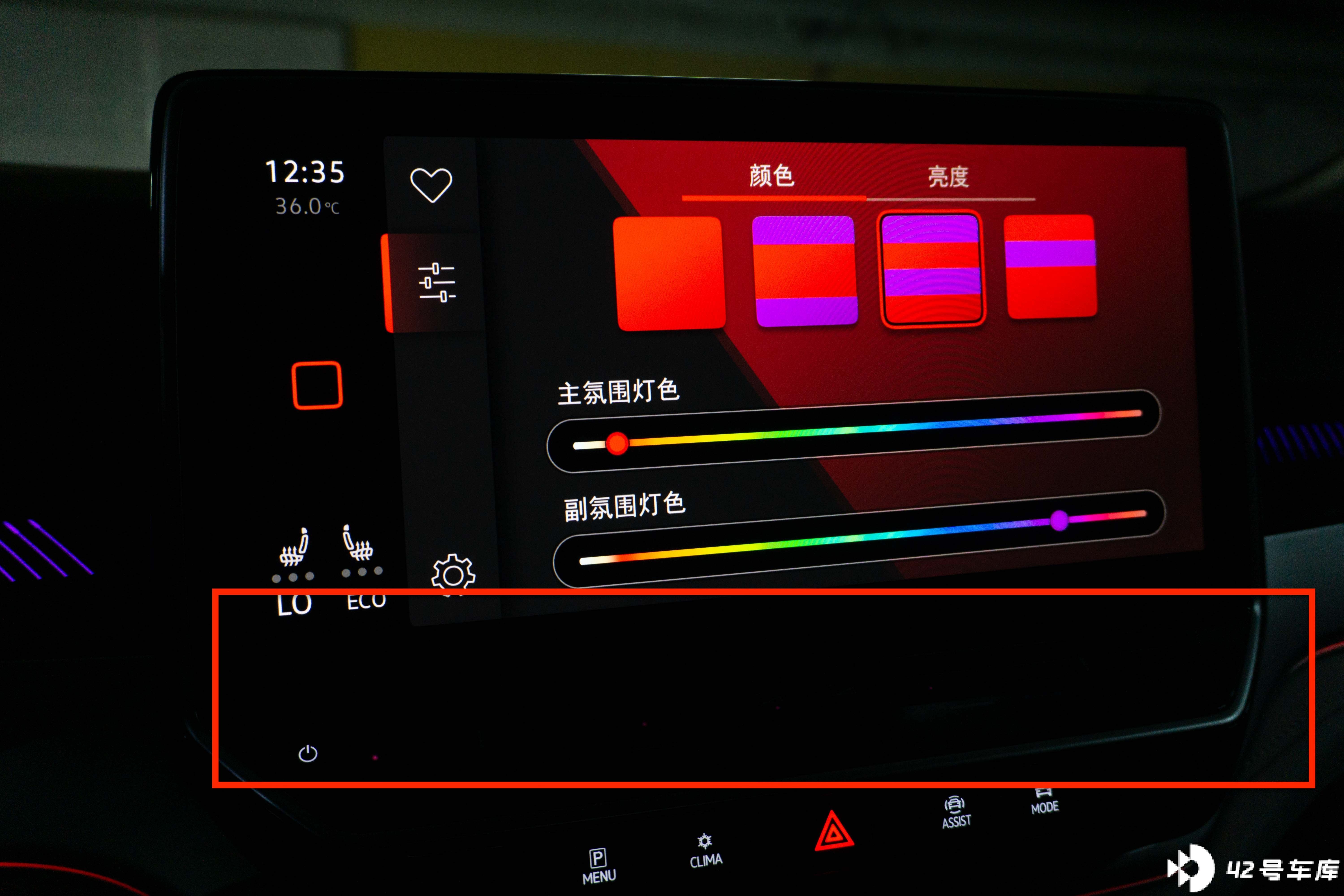
On the current ID. series, the bottom of the touch-sensitive buttons has an infrared sensing module, making it extremely easy to accidentally touch due to the lack of a backlit design. The ID.7 has redesigned the buttons, making it easier to operate at night without fumbling in the dark. Based on the recently leaked spy photos, Volkswagen’s new generation Passat and eighth-generation Golf facelift will also have this design.
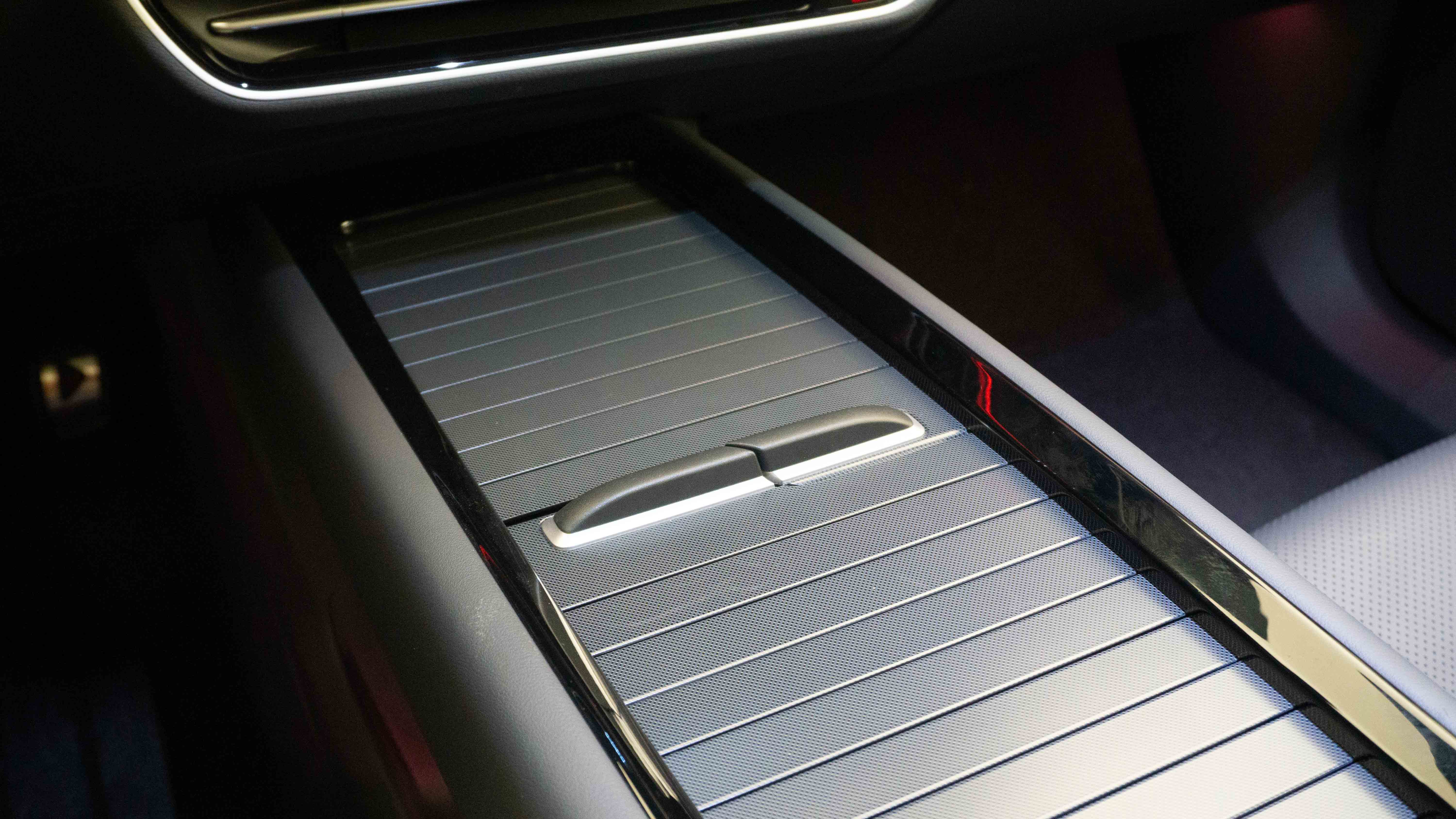
Below the air conditioning panel, there are two roller-type central storage compartments, similar to those on the ID.6, with a unique matte finish with a glossy particulate pattern, giving them a high-quality appearance.
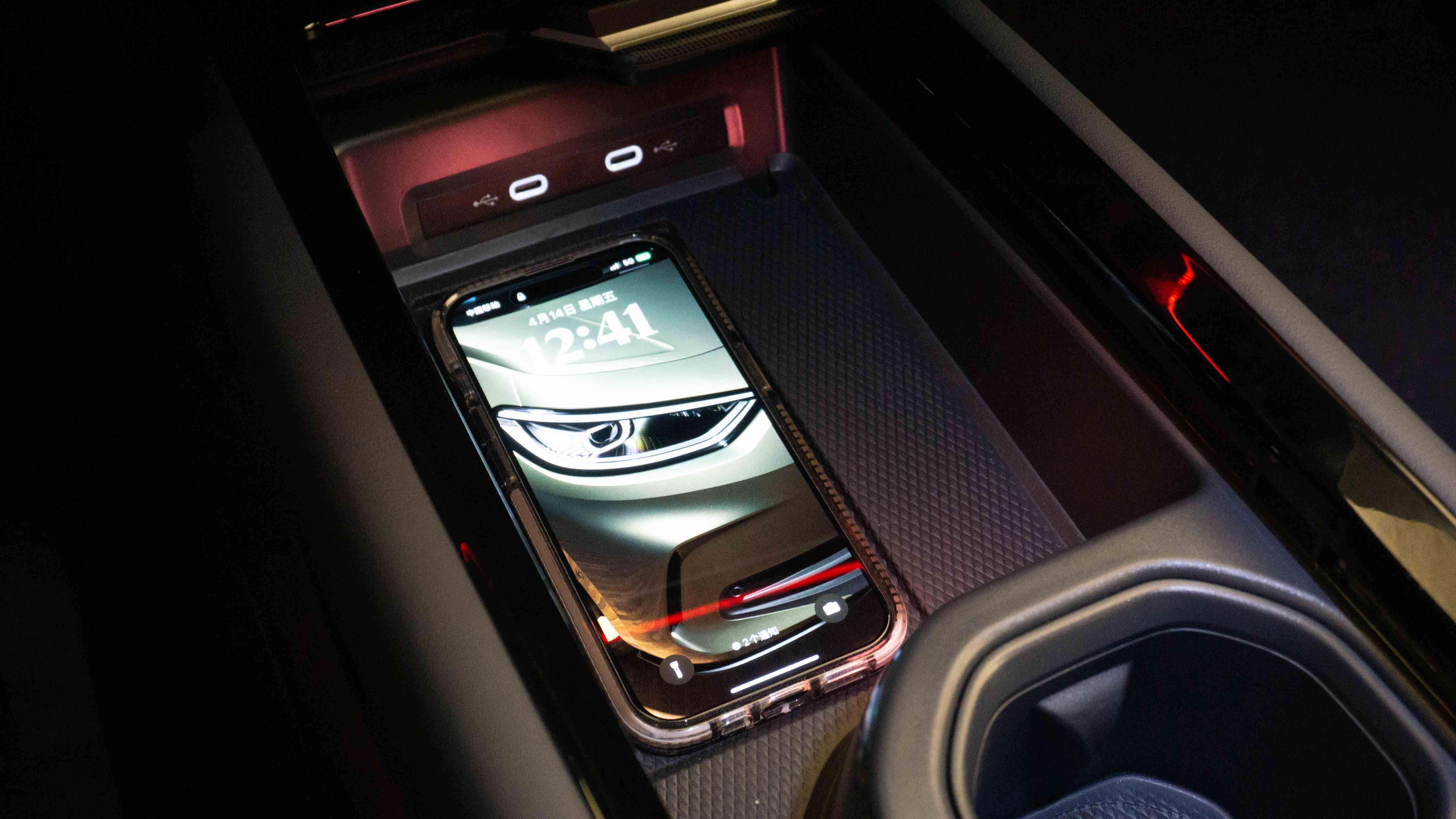
The top of the armrest box features a wireless charging pad for phones and two USB-C charging and data transfer ports. The charging pad is perfect for an iPhone 14 Pro.
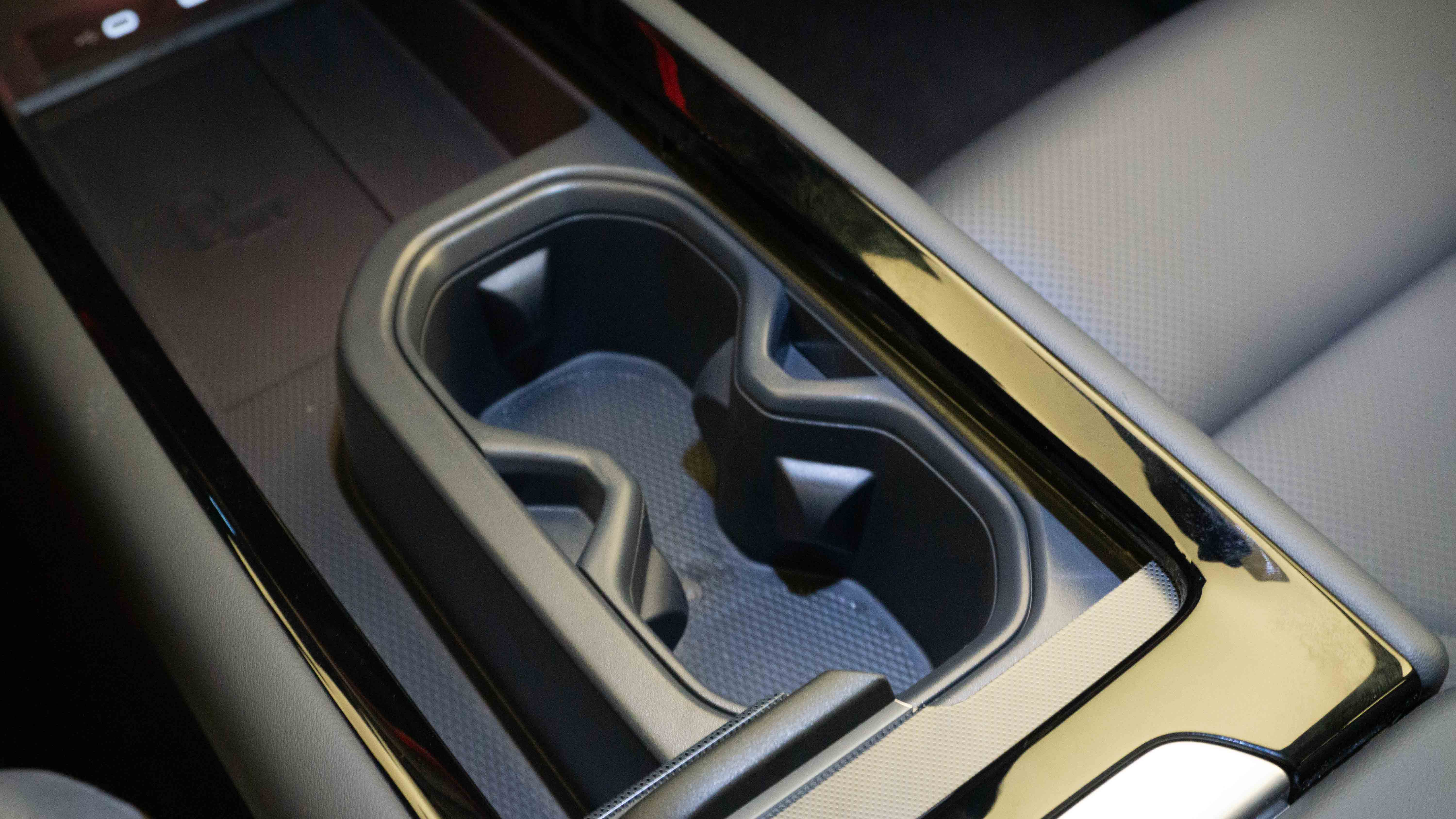 The second half of the center console has two cupholders that can even be disassembled, making effective use of space quite flexible.
The second half of the center console has two cupholders that can even be disassembled, making effective use of space quite flexible.
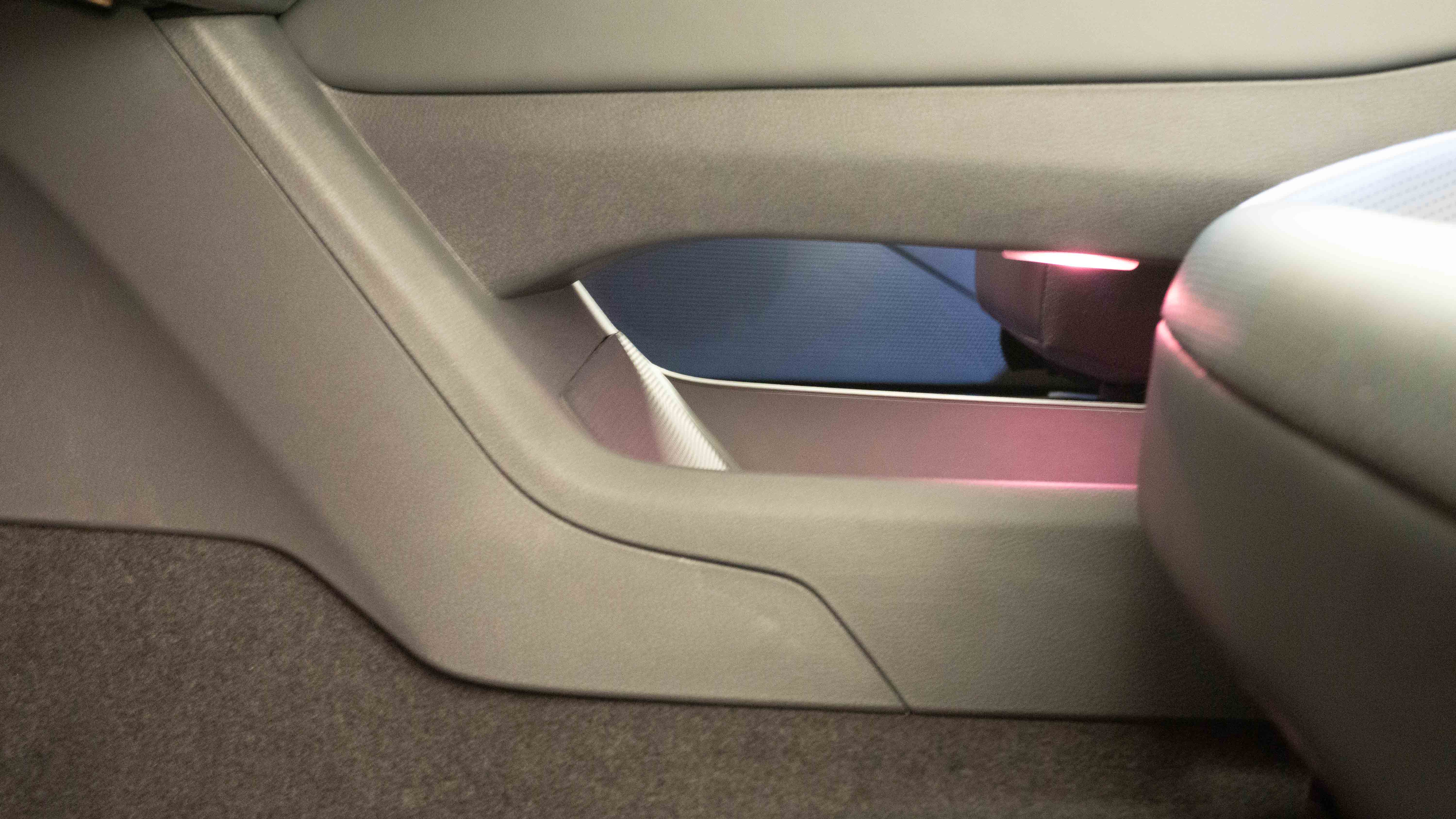
Below the center console is an open storage space, with a non-slip pad at the bottom and capable of holding small items such as tissue, paper towels, or bottles.

Further back, there is a dual opening armrest box with multiple layers and even a 12V power supply inside. The storage capacity of the ID.7 VIZZION is very powerful.
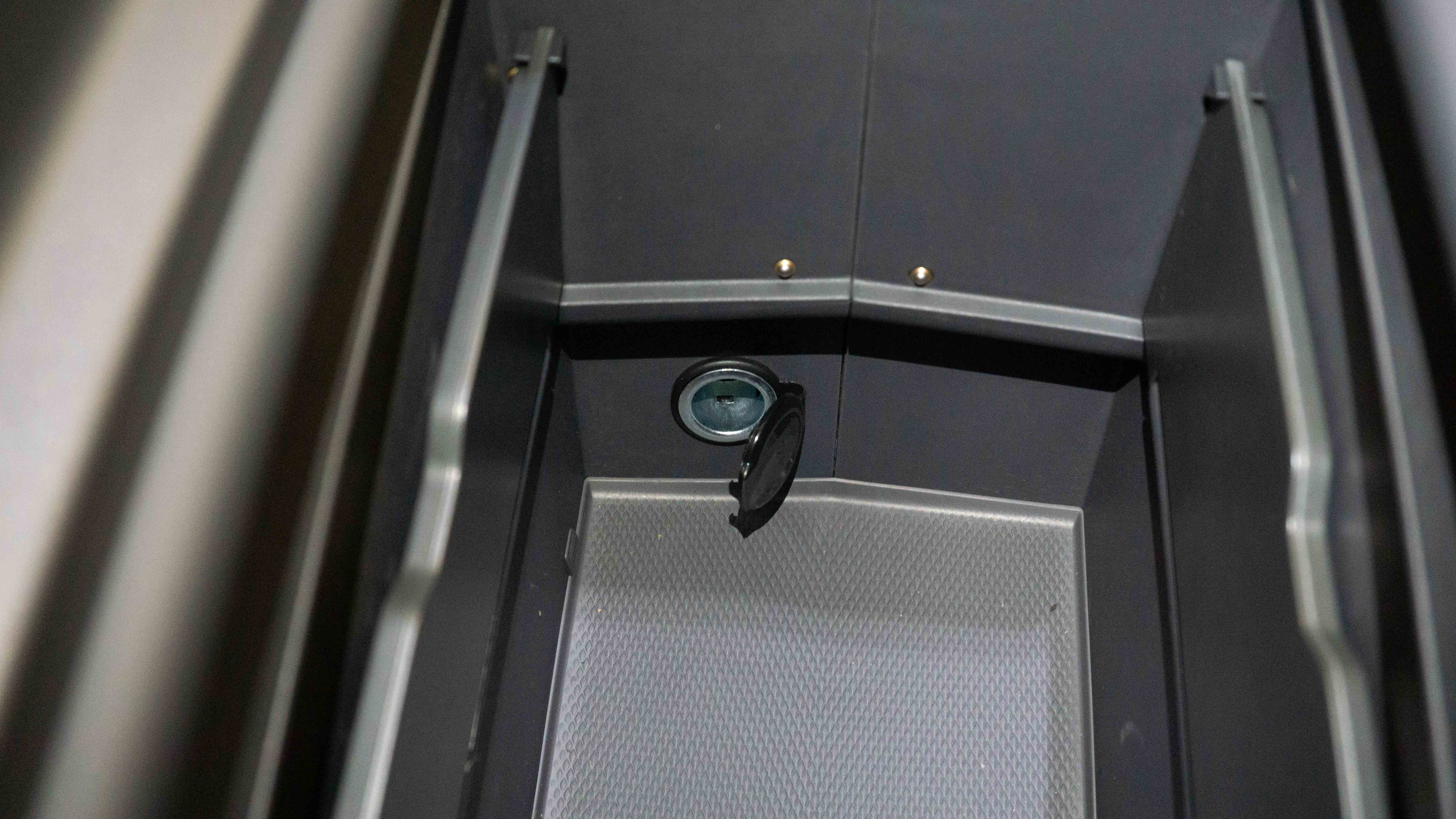

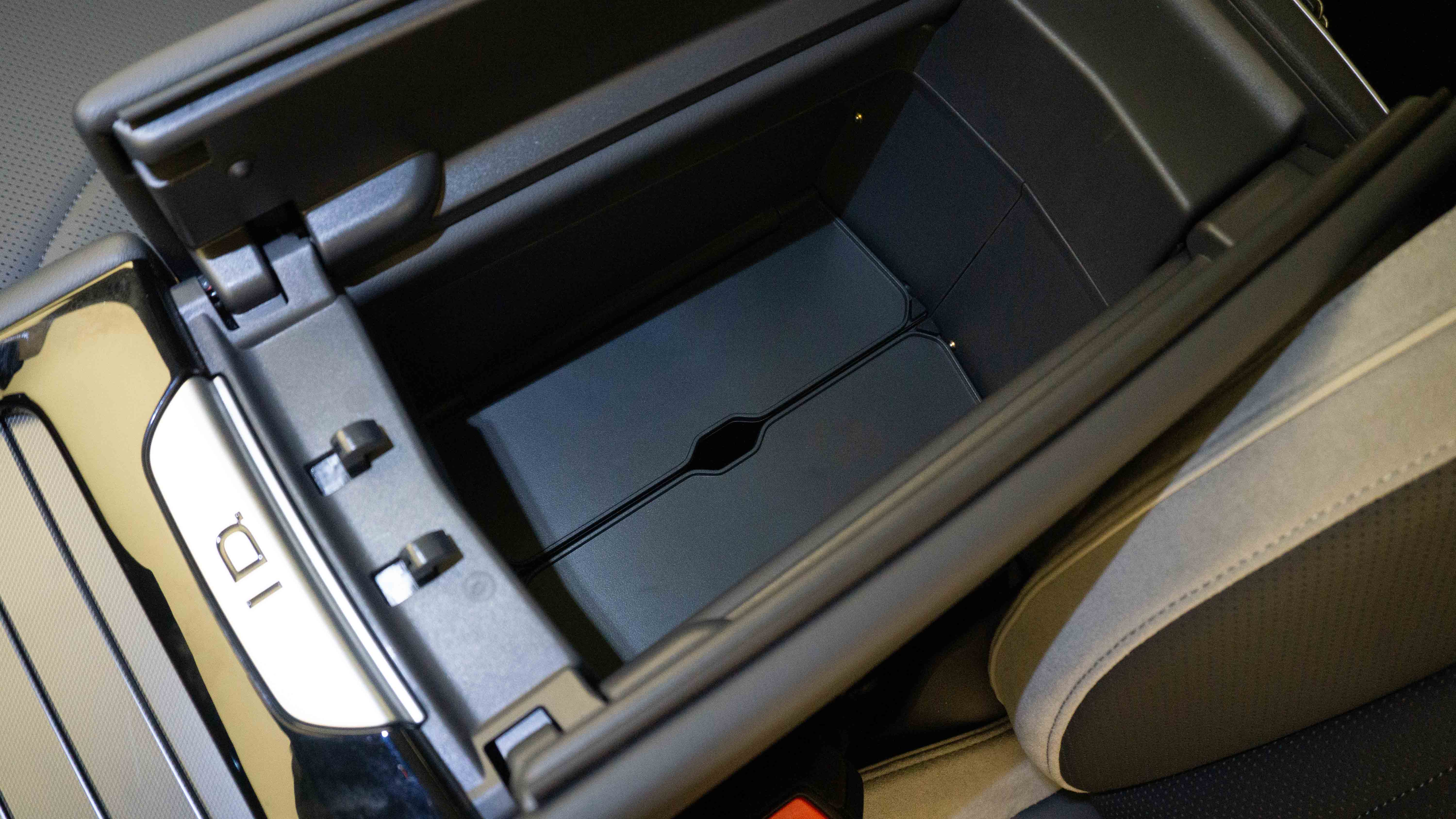
This time, Volkswagen ID.7 gives us a surprise on the sunroof. The basic version comes standard with a panoramic sunroof and can be equipped with an opening panoramic sunroof. However, the top-of-the-line model we tested this time came standard with the Sky view intelligent light-sensitive sunroof.
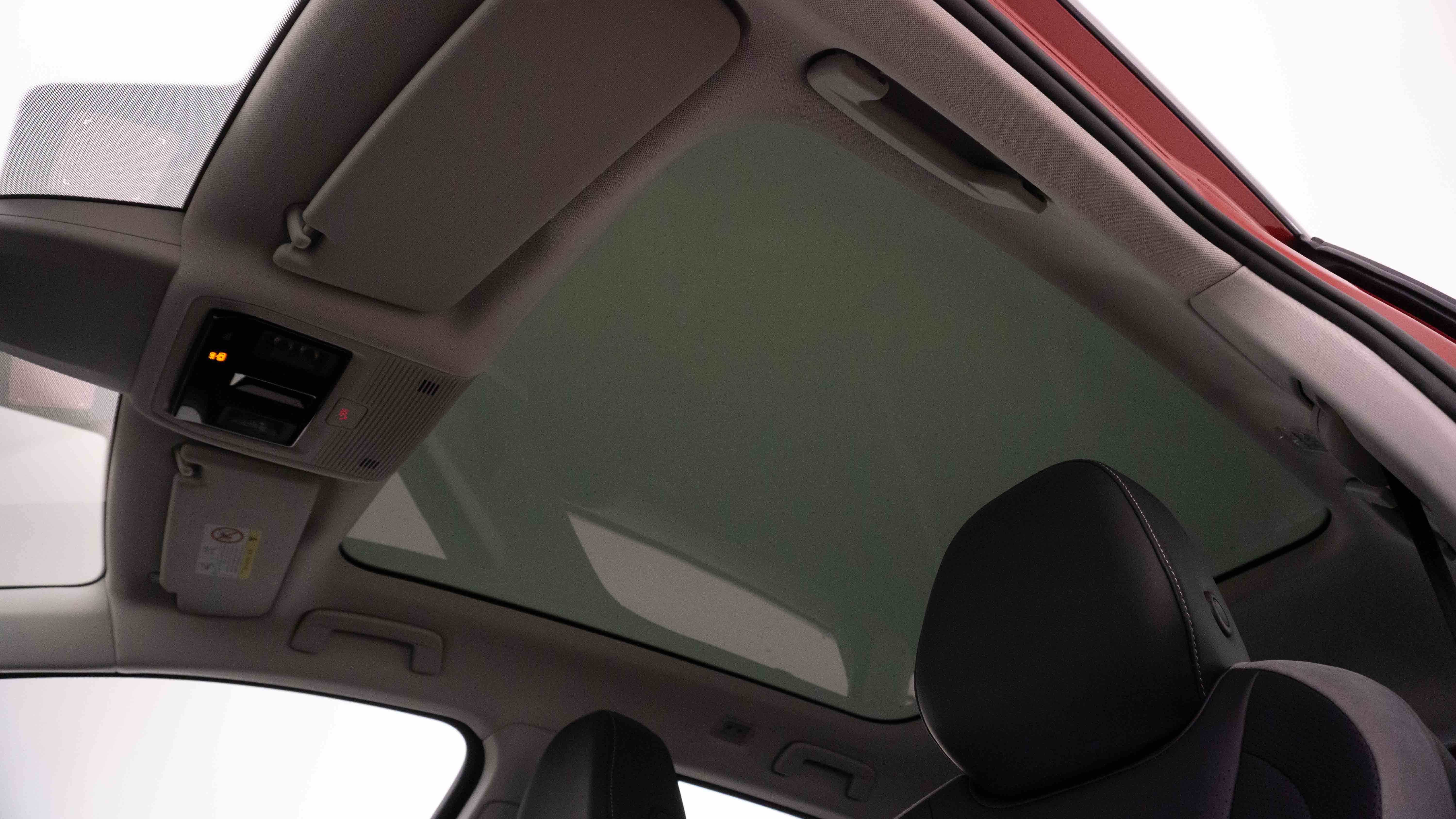
Using the light-sensitive sunroof, even without a sunshade, not only satisfies the lighting needs inside the car but also effectively ensures the riding comfort in extreme weather conditions.
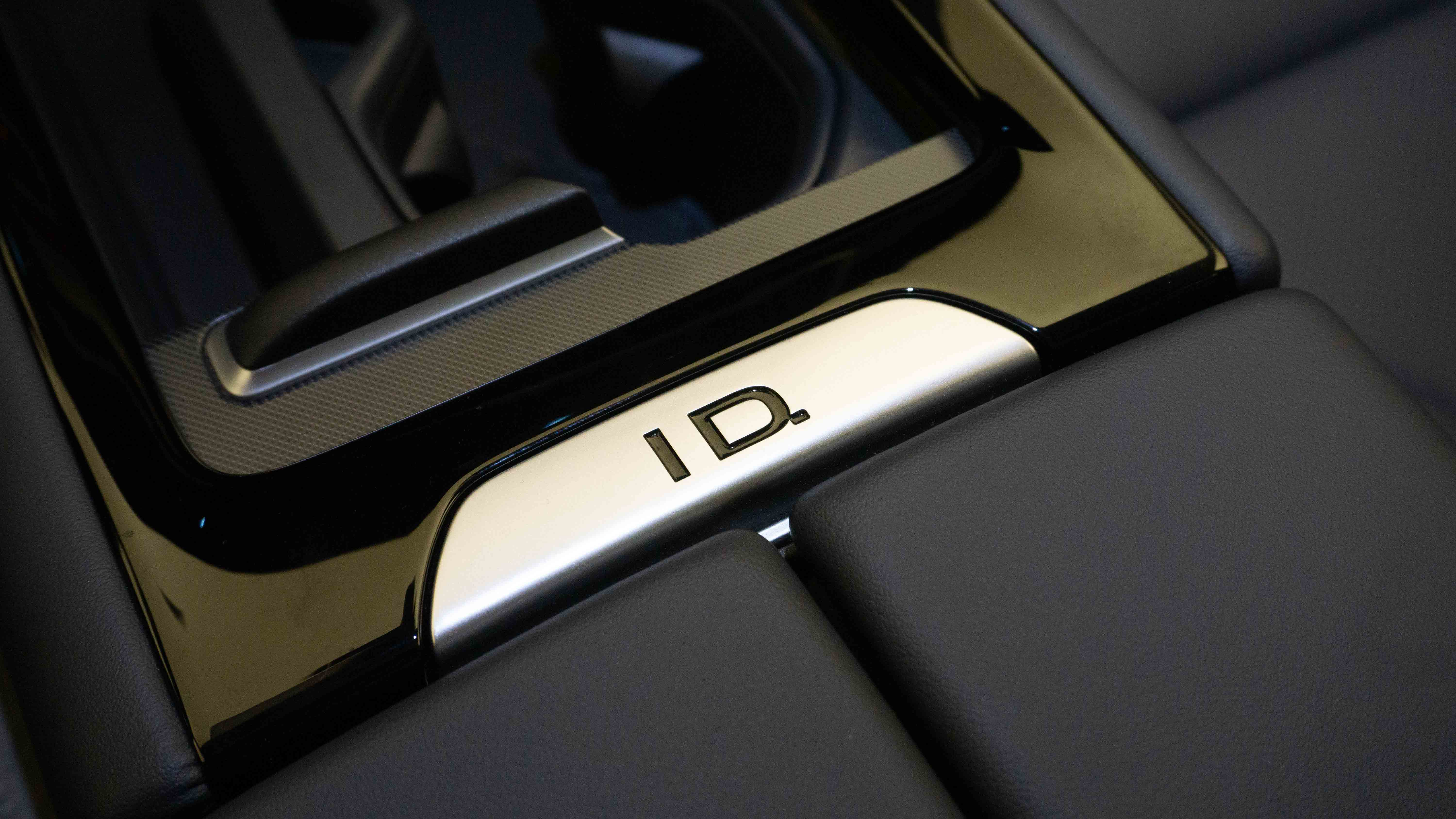 ## With the development of technology, more and more manufacturers are choosing to showcase their cutting-edge technology in their new products, forgetting the utilitarian nature of the vehicle itself. Although Volkswagen (VW) has deviated from practicality in its current designs, it is commendable that VW has listened to customers’ feedback and is actively improving.
## With the development of technology, more and more manufacturers are choosing to showcase their cutting-edge technology in their new products, forgetting the utilitarian nature of the vehicle itself. Although Volkswagen (VW) has deviated from practicality in its current designs, it is commendable that VW has listened to customers’ feedback and is actively improving.
Innovative Interior Design for the Limited Edition
The red PRIME 4WD version we shot has a more sporty interior design, with a lot of black ultra-fine fiber material and red stitching, which looks particularly combative. This interior style matches well with the red body paint.
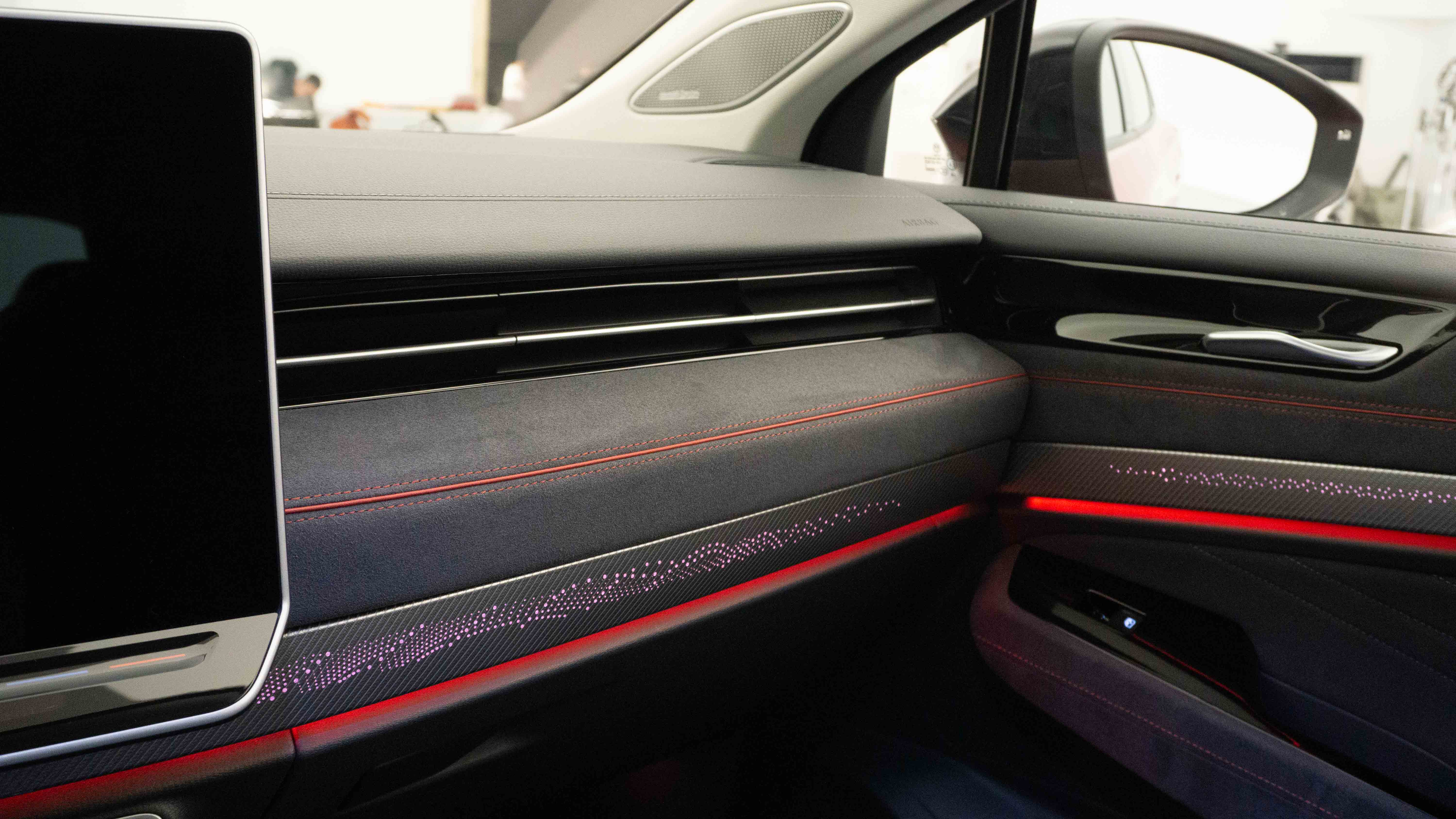
In addition to this interior design, VW has also brought a limited edition single motor rear-wheel drive Pro version, both exterior and interior are in verdant green color. Before seeing the car in person, I didn’t think it was anything special and even questioned whether VW could make any fancier color combinations. It wasn’t until I saw this white-green limited edition dual-color interior of the ID.7 in person that I had a new appreciation for FAW-VW’s interior design skills.
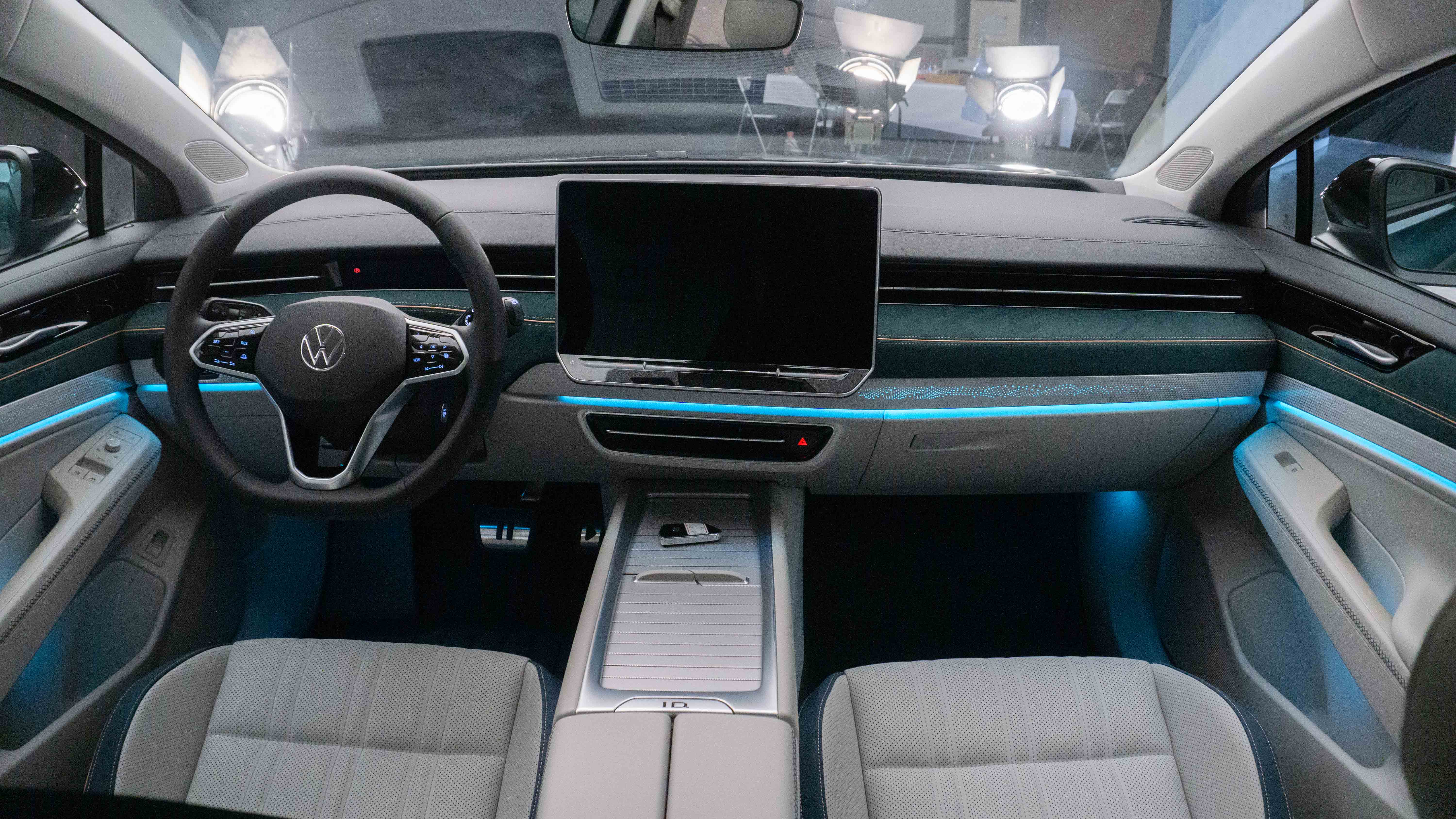
The main tone of the interior is white, which looks very clean. The ultra-fiber material area is in a green color, forming two completely different styles with the black and gray area above. The low-saturation orange lines paired with green color make this interior design look particularly elegant.
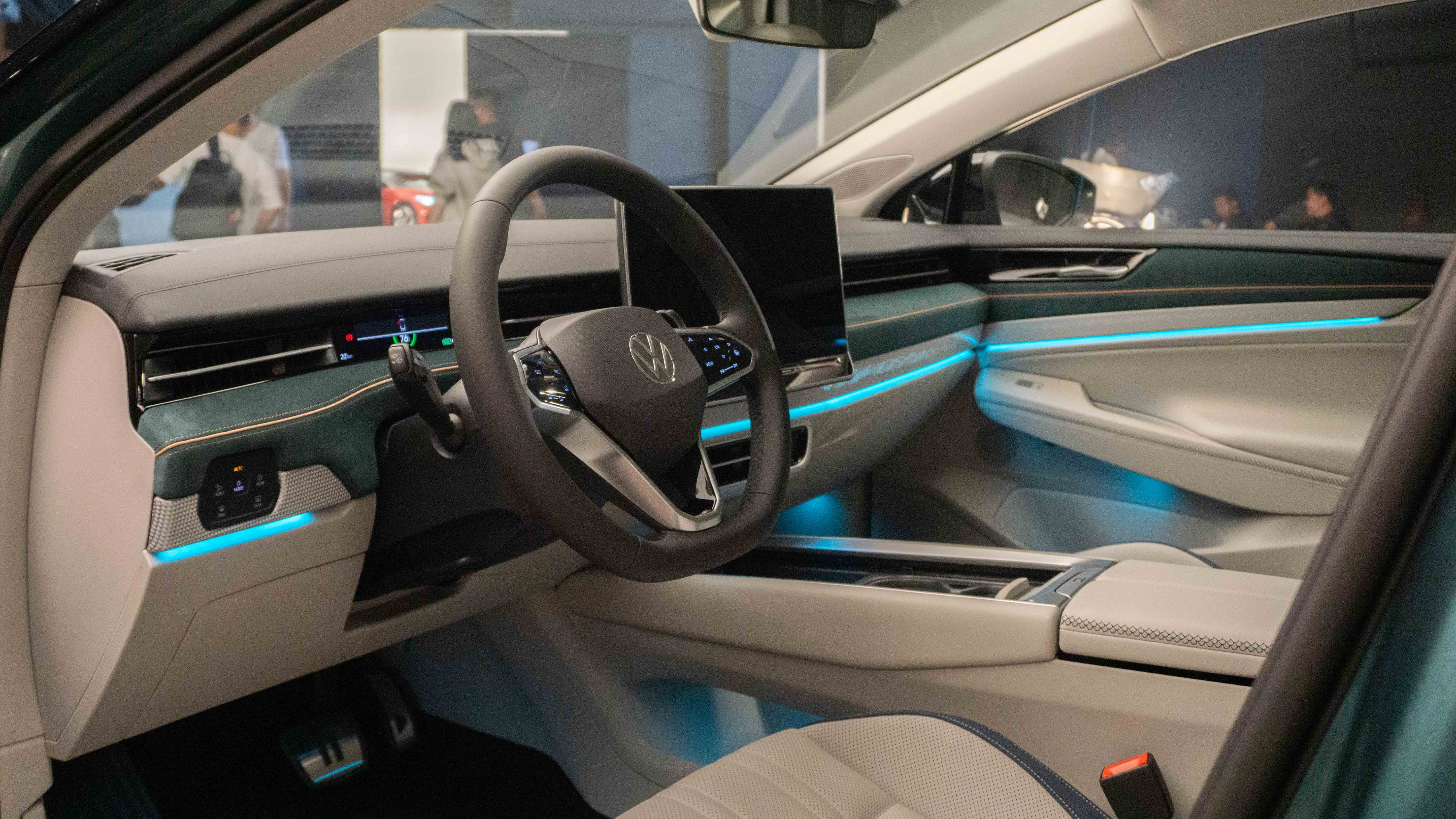
The bottom’s ambient light is adjustable in 30 colors, but the presentation of the ambient light is not only in the form of a light strip, but also in part through a laser light-transmitting decorative strip. Moreover, the bottom of this decorative strip has a dragon-scale-like pattern, which contrasts with the fan-shaped pattern produced by the laser. It seems to be as exquisite as stepping into a Suzhou garden for a moment.
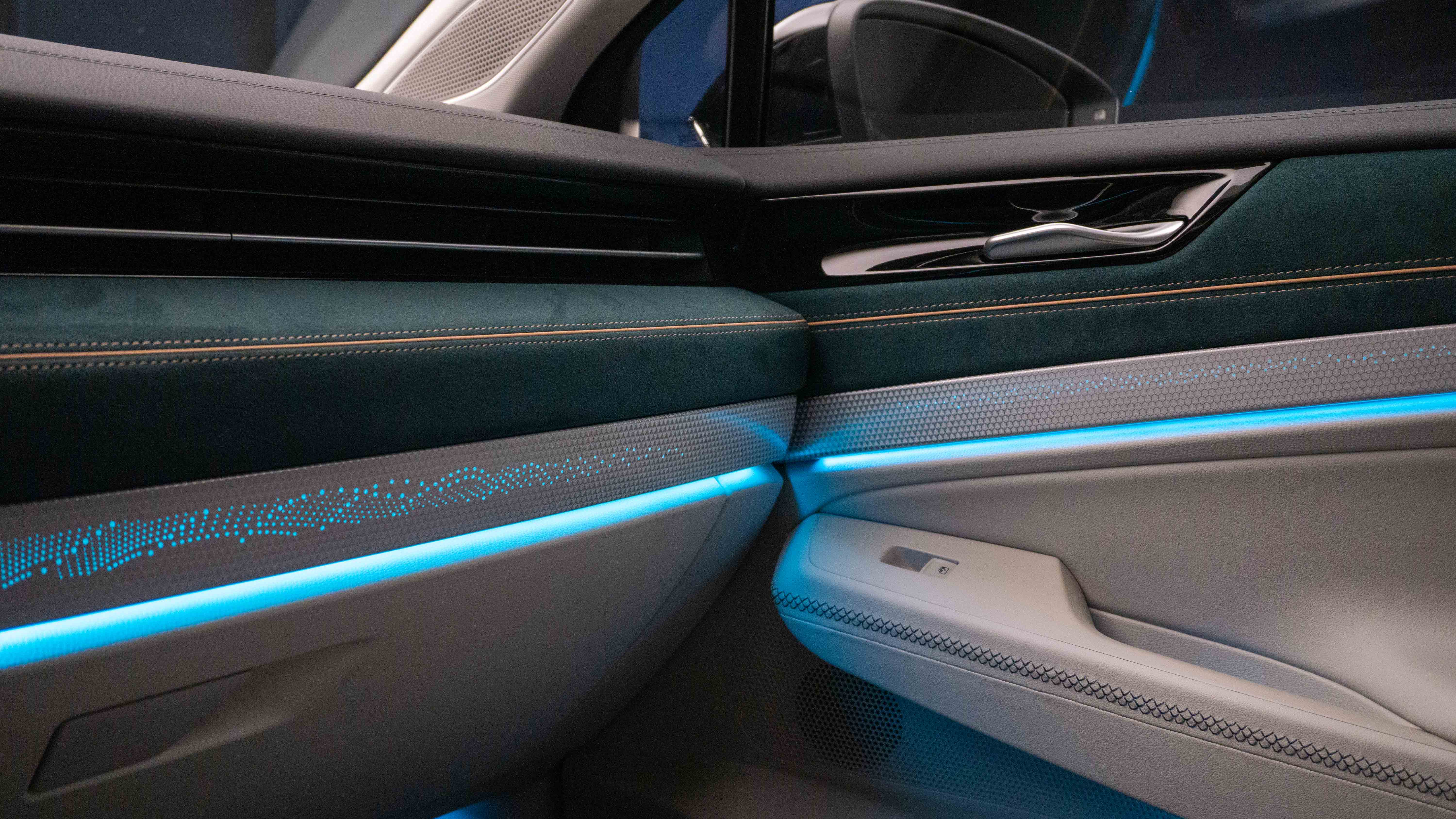
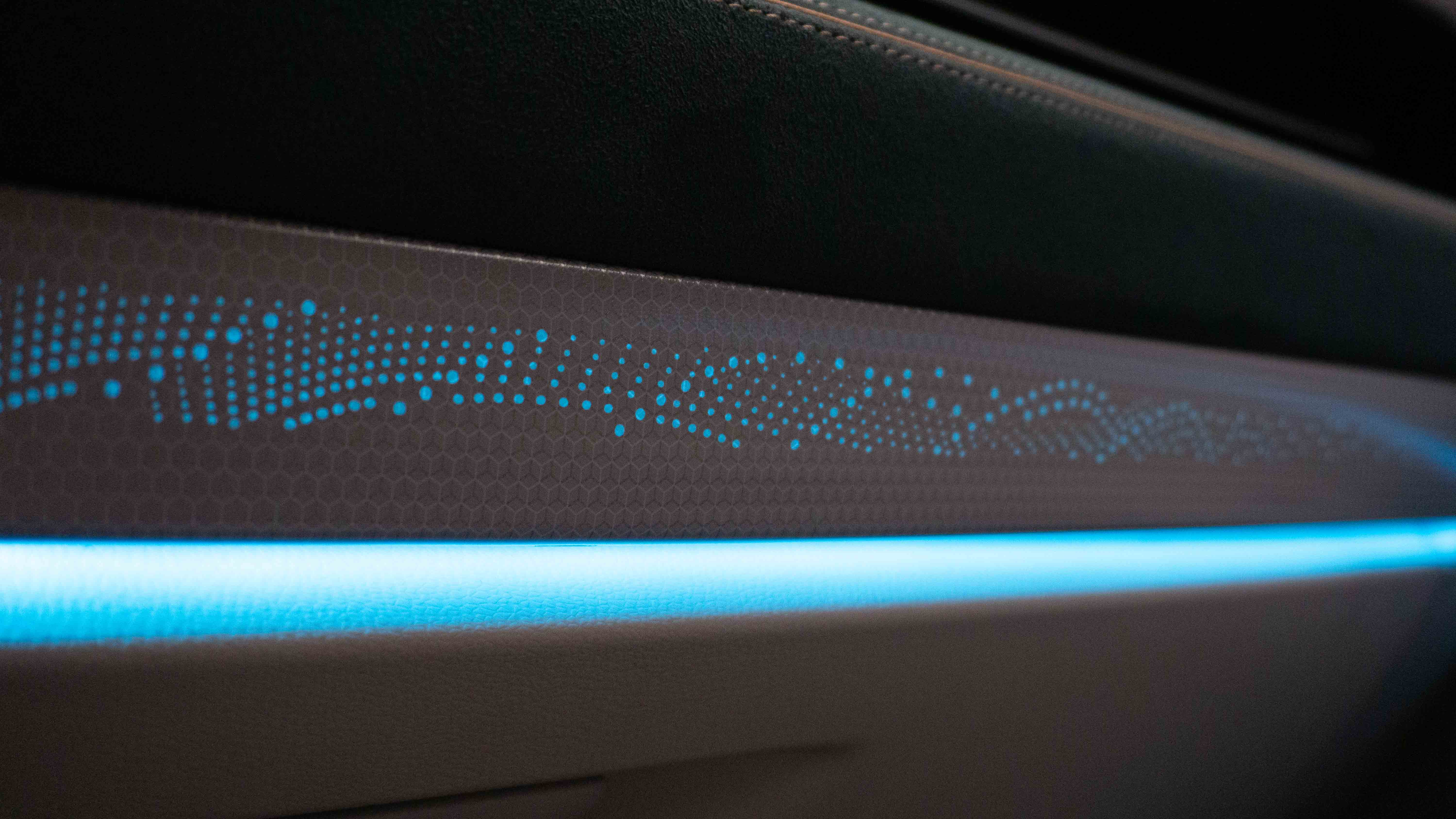
The limited edition uses emerald green exclusive embroidery on the back of the seat, exuding an elegant and luxurious feel. The attention to detail in the interior of this limited edition is evident, highlighting Volkswagen’s emphasis on the ID.7 model.
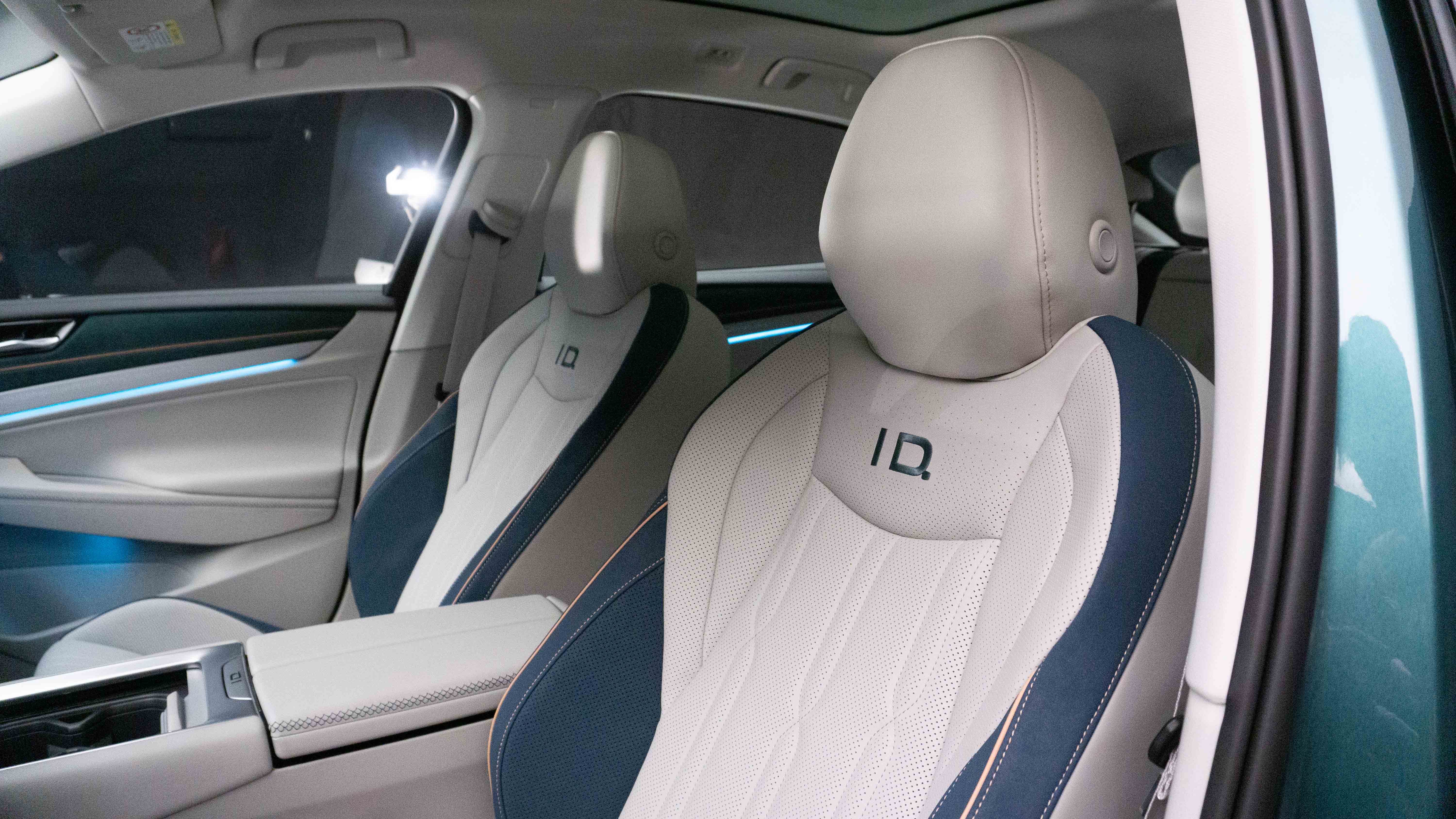
Riding experience: surprisingly Audi-like?
When it comes to seats, it’s not about embroidery or color design. The key is the riding experience and interior space, which directly impact the driving experience.
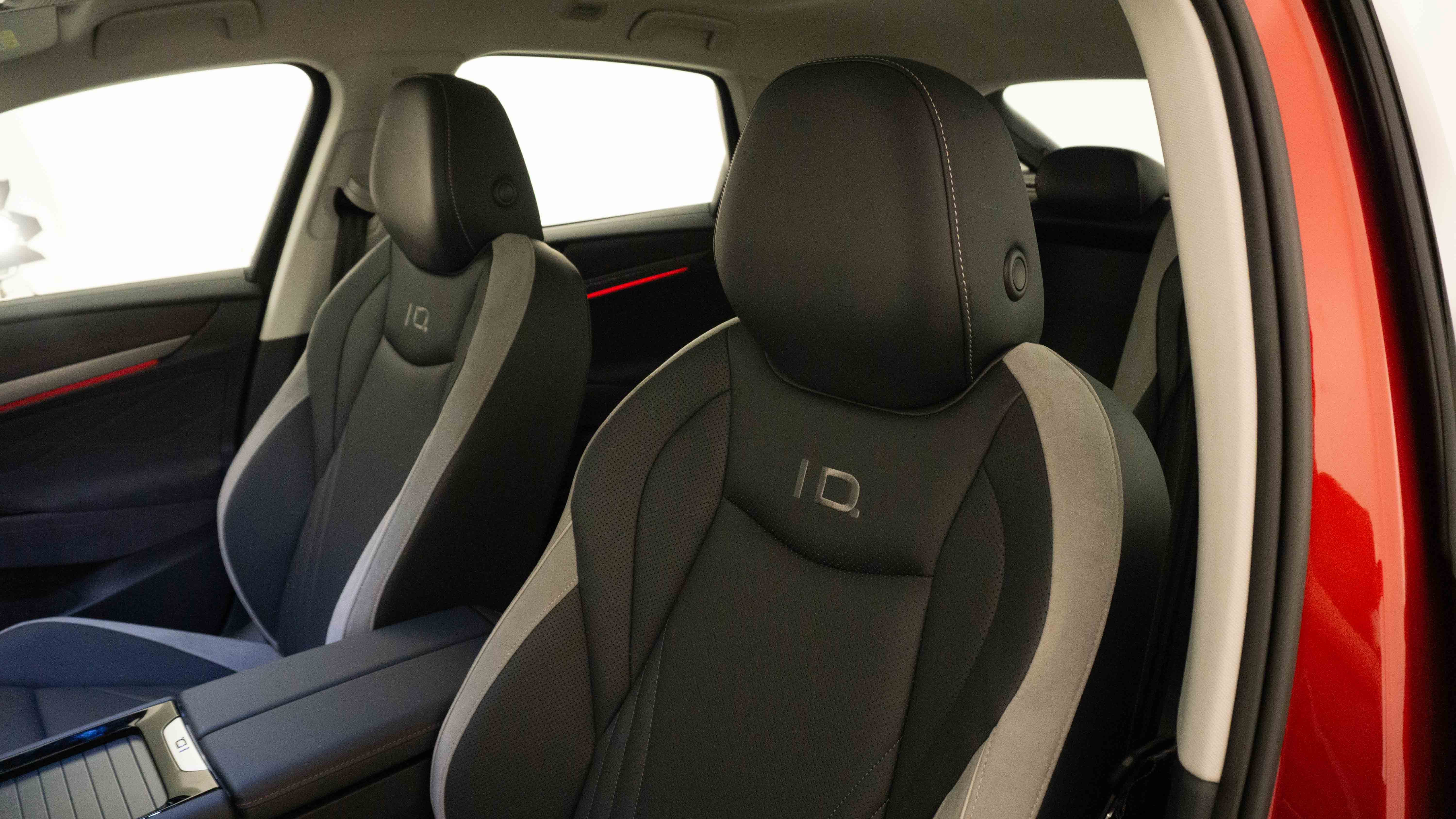
The front seats of the ID.7 VIZZION have a sporty style with large angled wings on both the seat back and cushion.
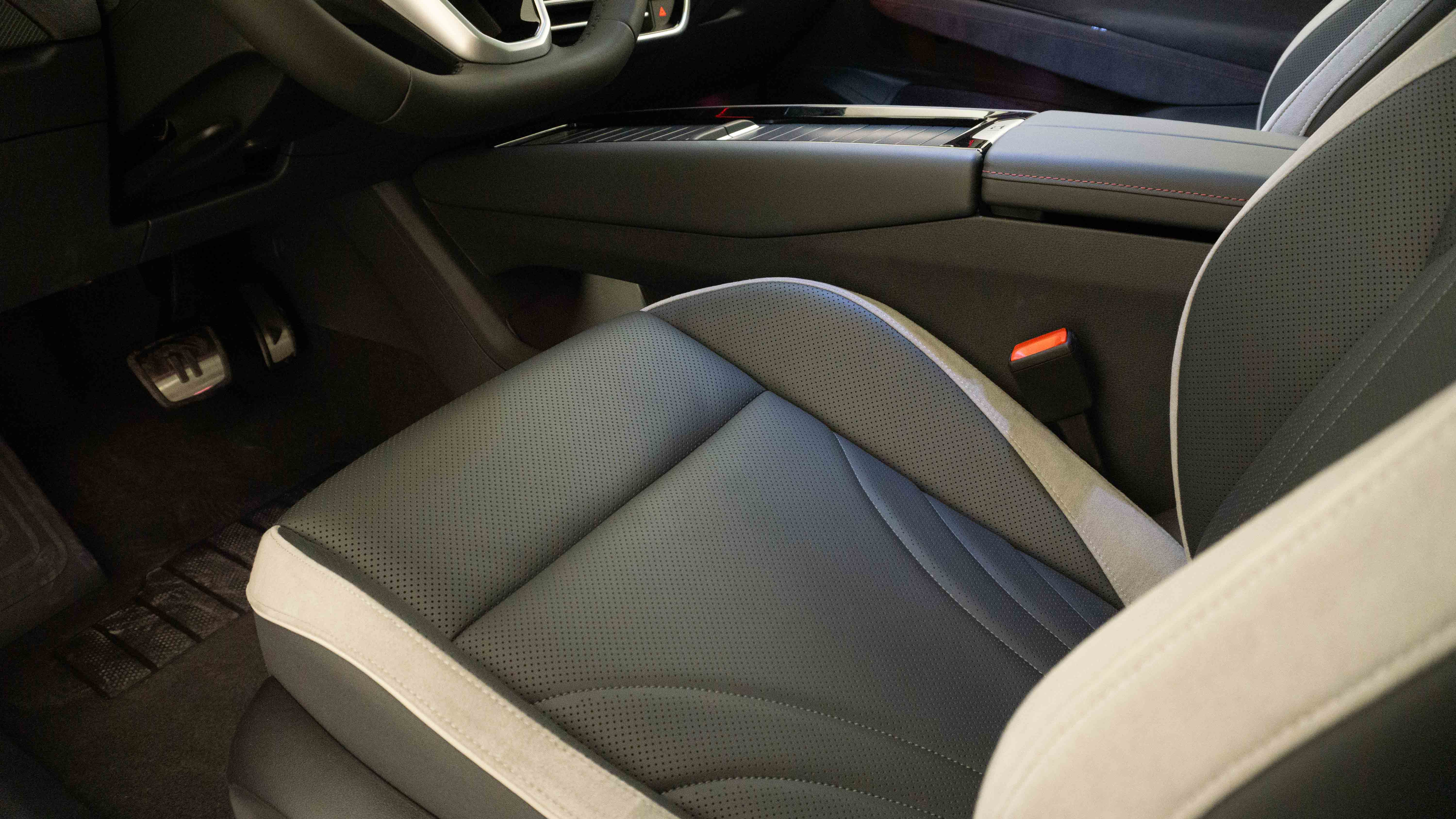
When actually sitting in the ID.7 VIZZION, the seats are spacious with large wings on both sides providing excellent support, which is helpful during intense driving.
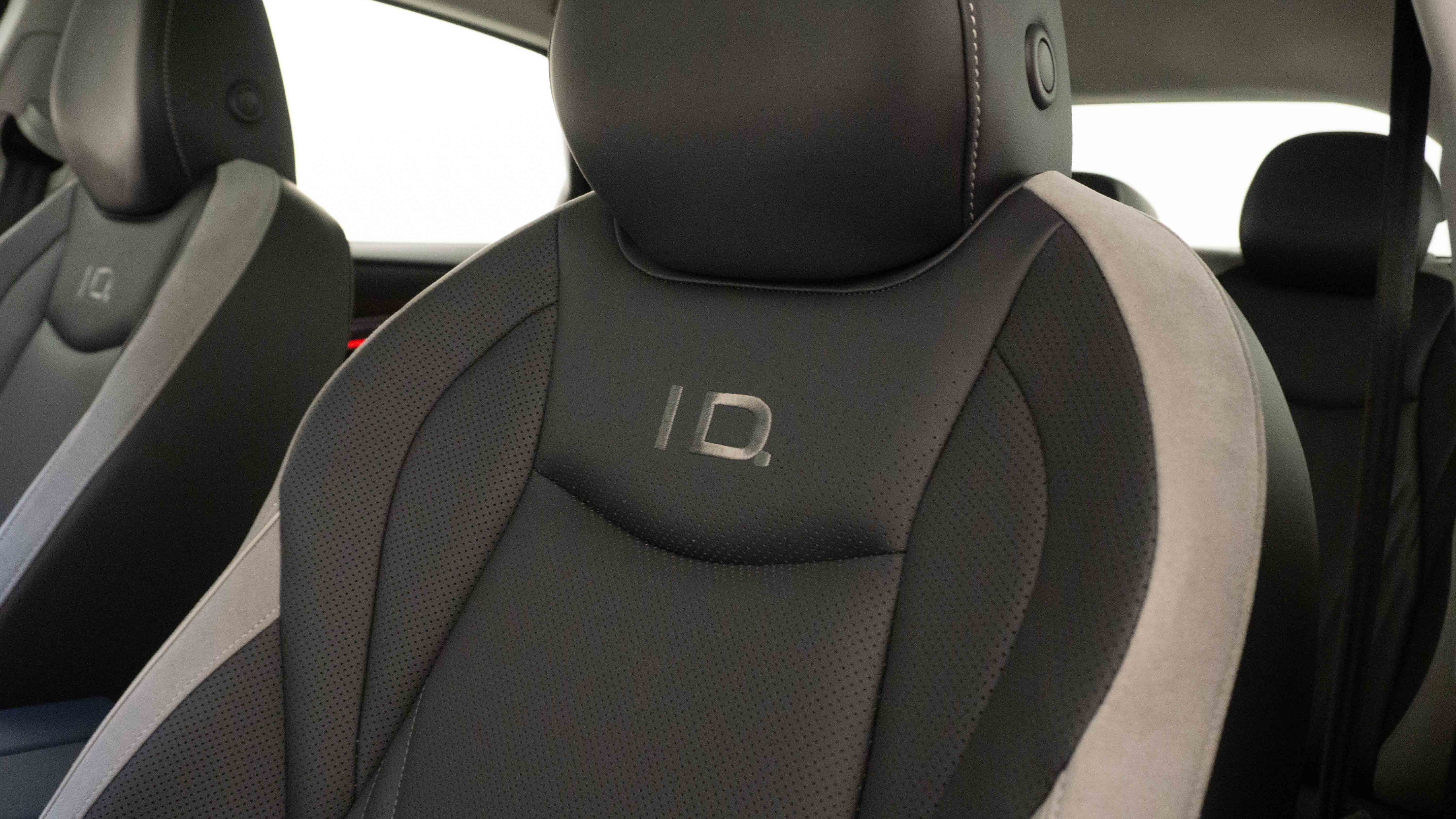
This seat does not use the overseas ergoActive seat, which is not surprising. However, the seat’s riding experience is still authentically German. The seat padding is slightly firm, similar to the Audi style, providing excellent support and close contact to the back and waist.
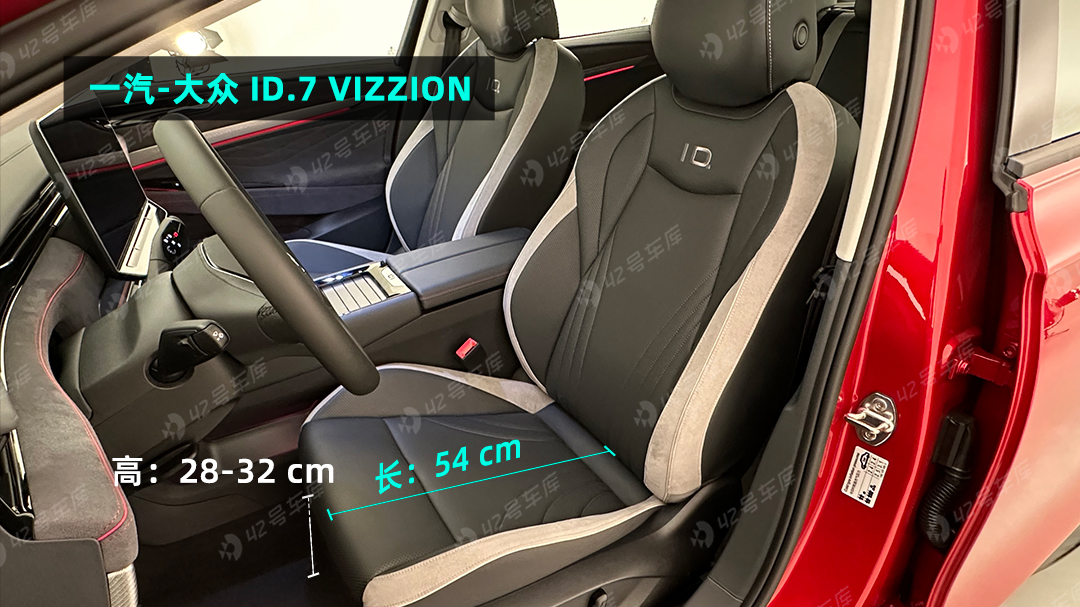 The length of the front seat cushion is 54 cm, which provides good support for the legs and can relieve leg fatigue during long-distance driving. Additionally, the area around the right armrest box is covered with relatively soft leather, which can also help relieve fatigue to a certain extent from the side.
The length of the front seat cushion is 54 cm, which provides good support for the legs and can relieve leg fatigue during long-distance driving. Additionally, the area around the right armrest box is covered with relatively soft leather, which can also help relieve fatigue to a certain extent from the side.
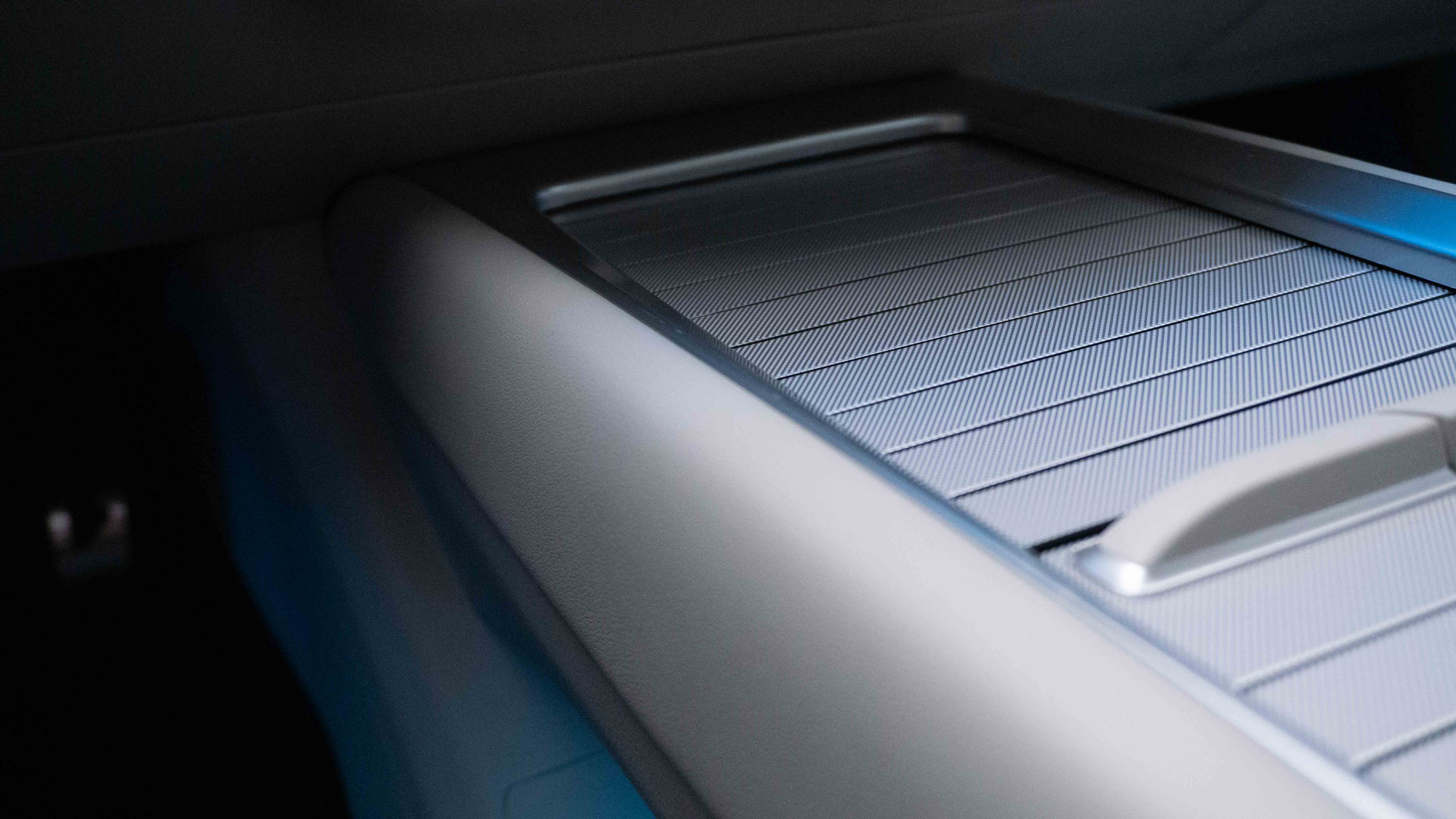
The height range adjustment of the front seat is 28-32 cm, which is more suitable for users with different body types. However, the seat configuration is slightly inferior to the 4/6.
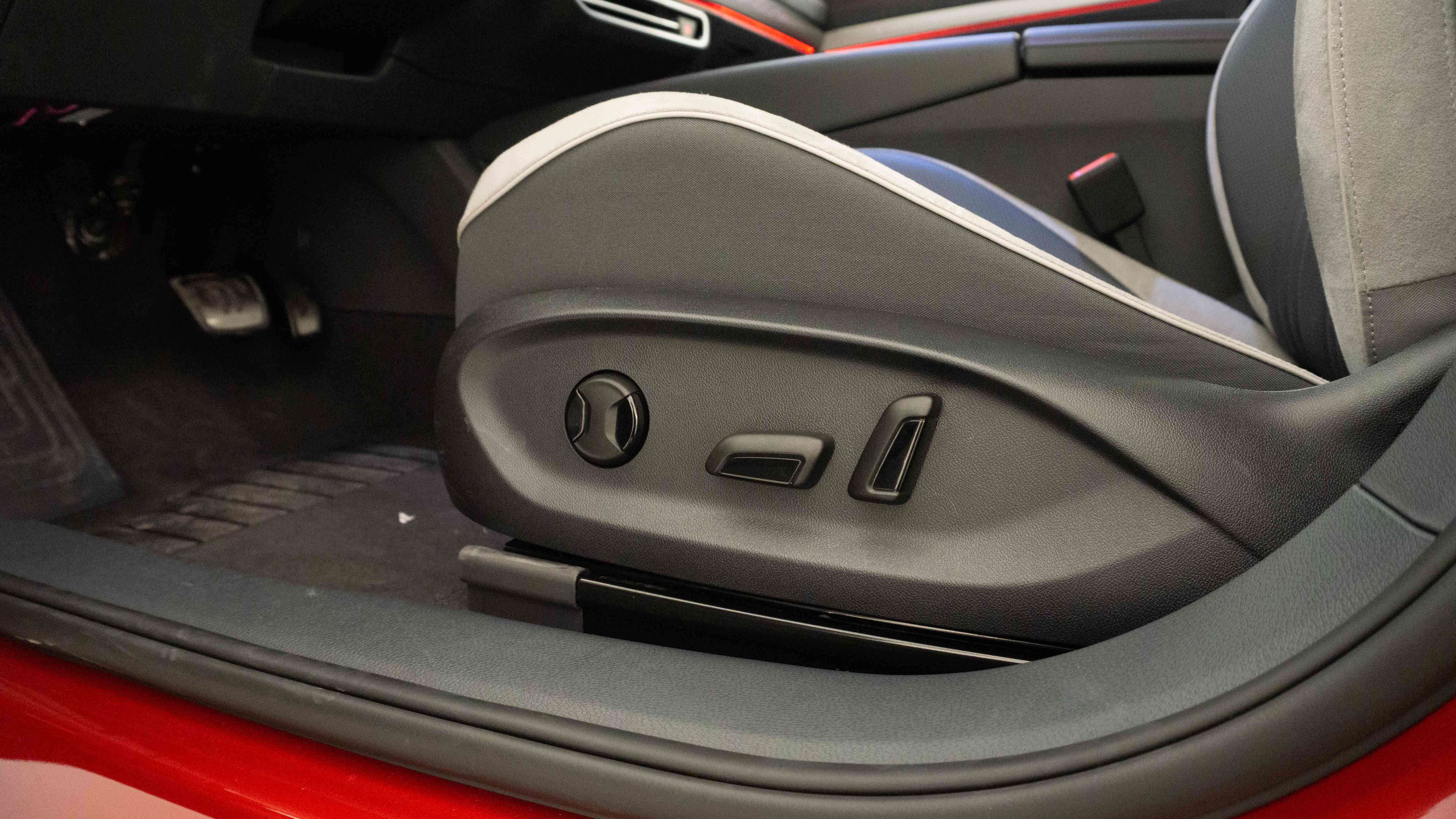
The seat adjustment options have been reduced to 8, and memory and massage functions have been cancelled. This means that the massage function for both the seat cushion and backrest will not be available in ID.7 VIZZION in China. It remains to be seen if SAIC Volkswagen’s version will be equipped with these features.
In terms of ride comfort, I was pleasantly surprised by the excellent sound insulation of ID.7. After closing the door with the characteristic “pàng” sound of Volkswagen, the space inside and outside the car seems to be completely separated, and external noise is reduced to nothing. You can only see the people around you moving their mouths.
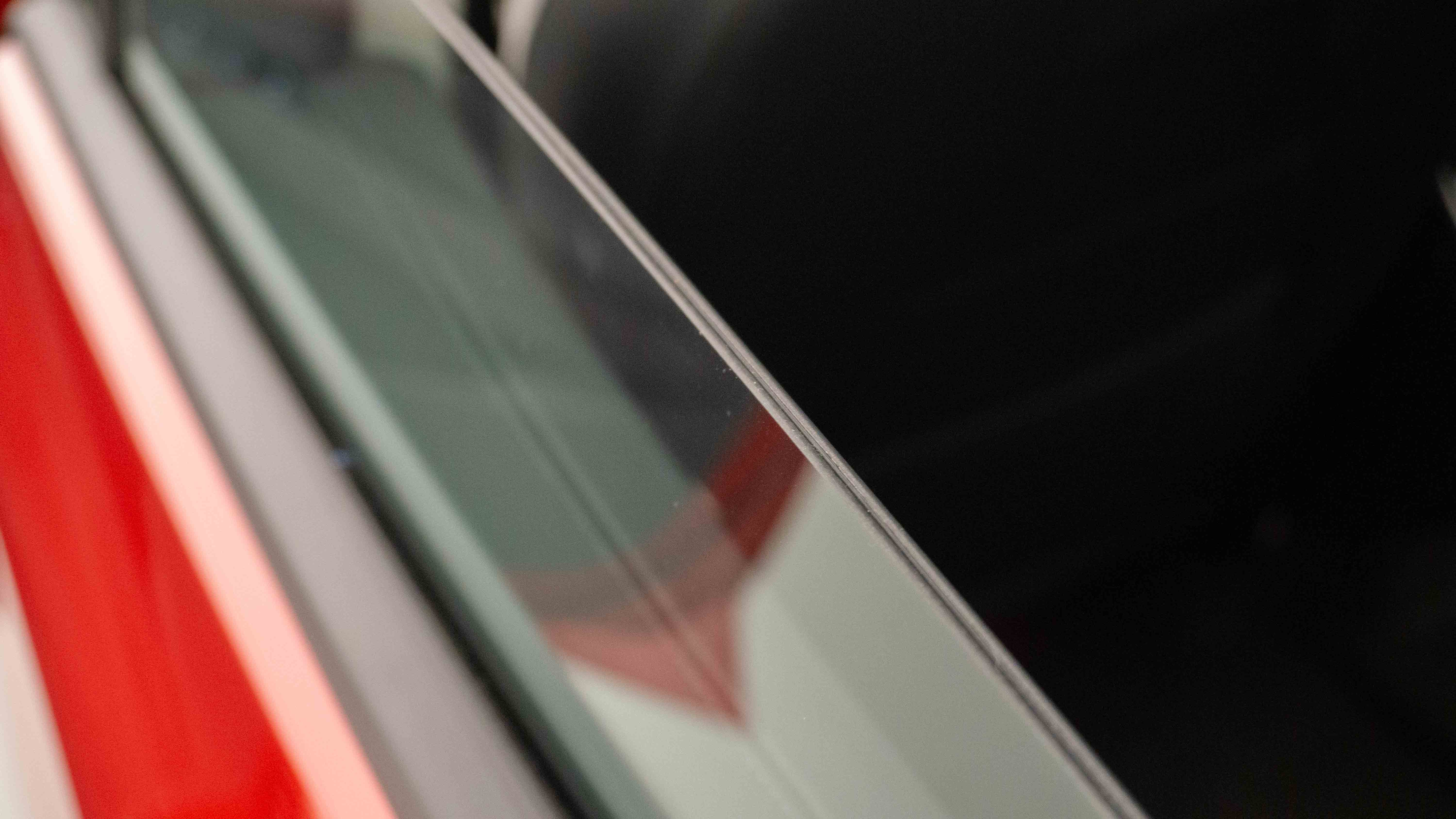
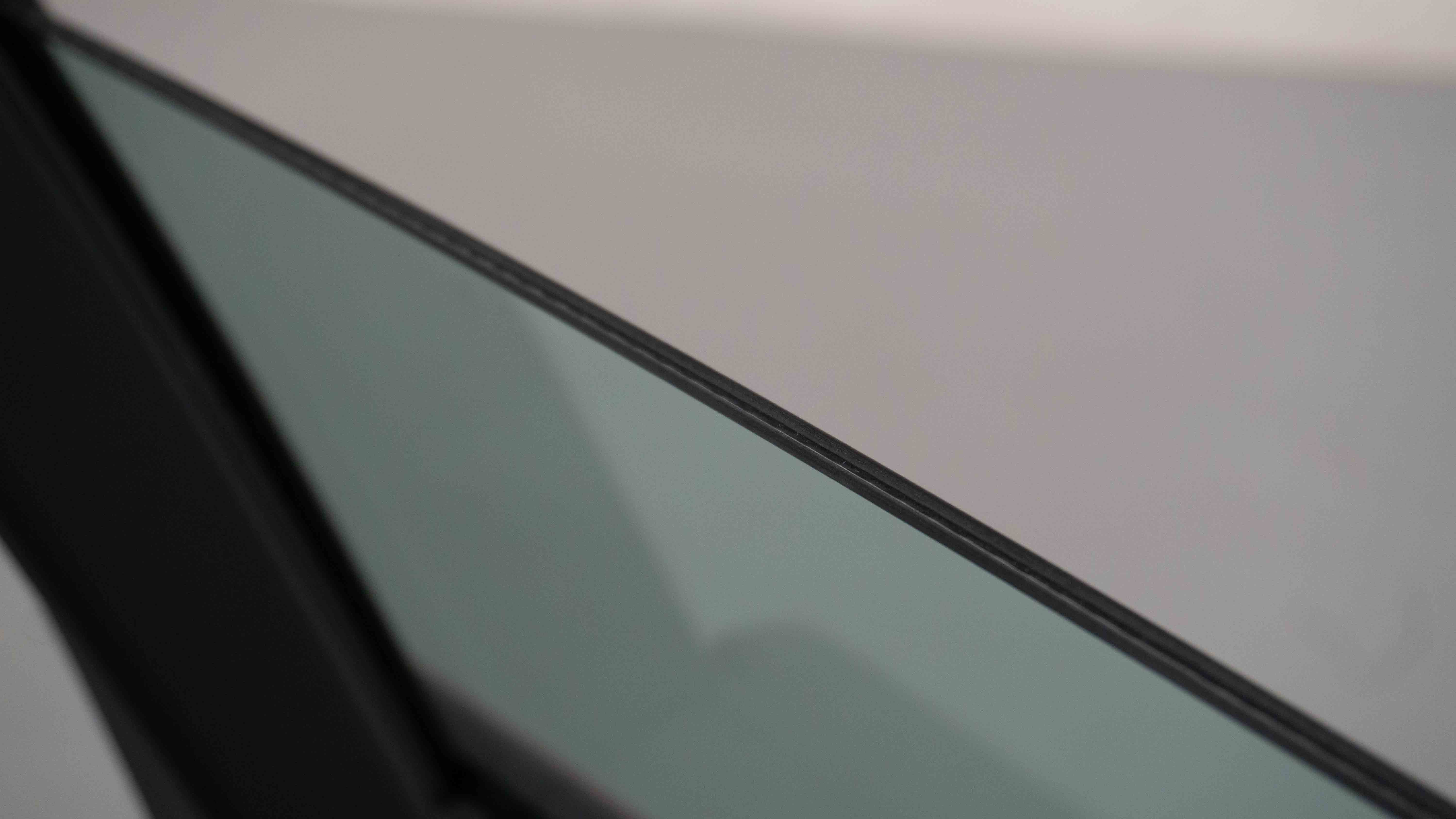
Upon opening the door, it was discovered that ID.7 VIZZION uses laminated double-glazed glass for all four doors and windows, which is really not something commonly seen in Volkswagen models.
The space is comparable to that of a C-class car
For Volkswagen, expanding the space has never been a problem. In this instance, the company did not opt for an extended wheelbase for ID.7 VIZZION, but instead used the platform of the 6/7-seat ID.6 model directly, which has a wheelbase of 2,965mm. We can thus conceive of the ID.7 as the flattened and two-seat-less version of the ID.6. As a result, the legroom in the backseat of ID.7 VIZZION is very spacious.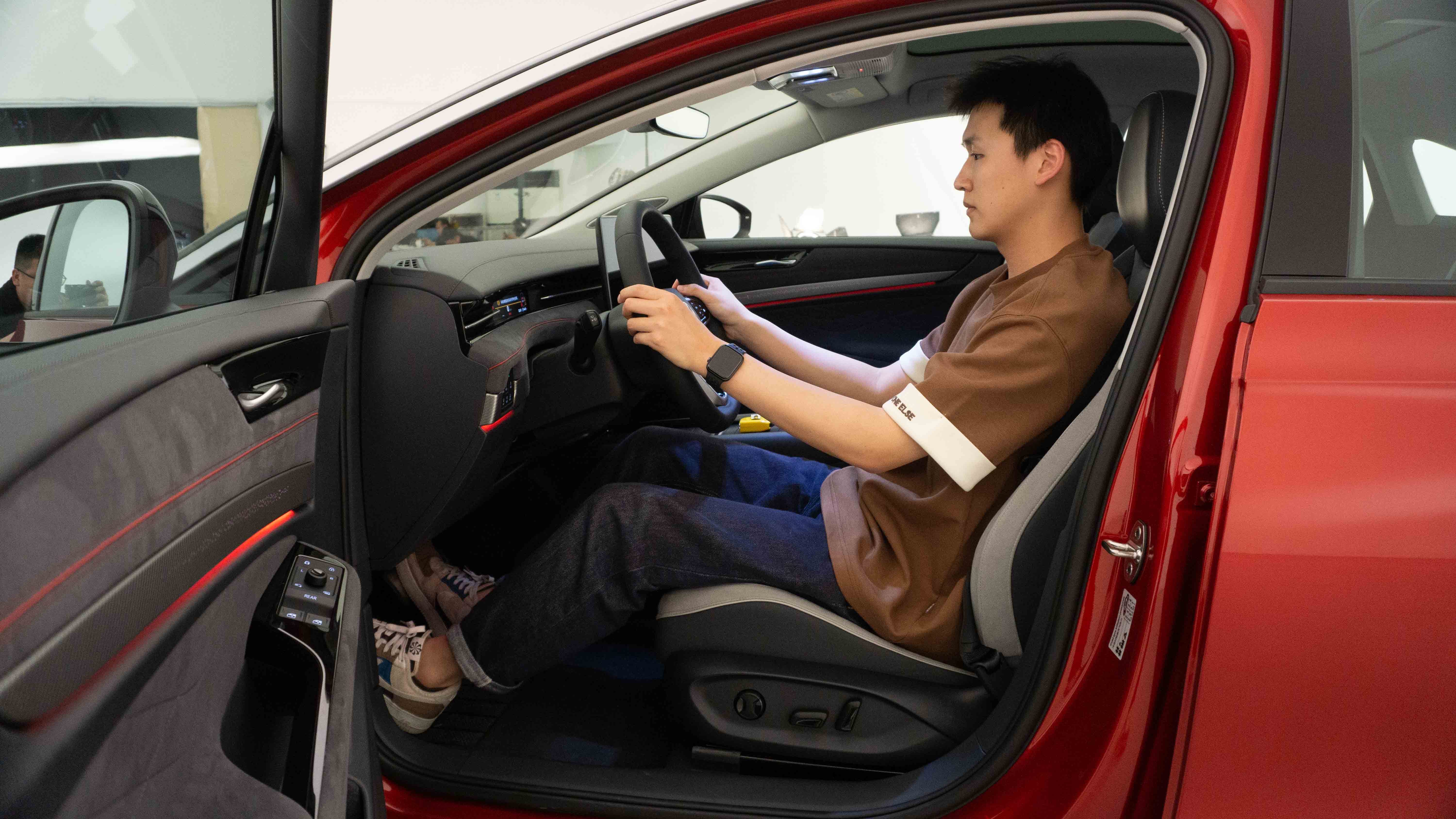
I am 175 cm tall and weigh 68 kg. The front seat is suitable for my driving posture, while the rear legroom even exceeds the span of my hand. Moreover, the 1,538 mm vehicle height ensures enough headroom for me in the normal sitting position, which has been proven to be one fist and three fingers.
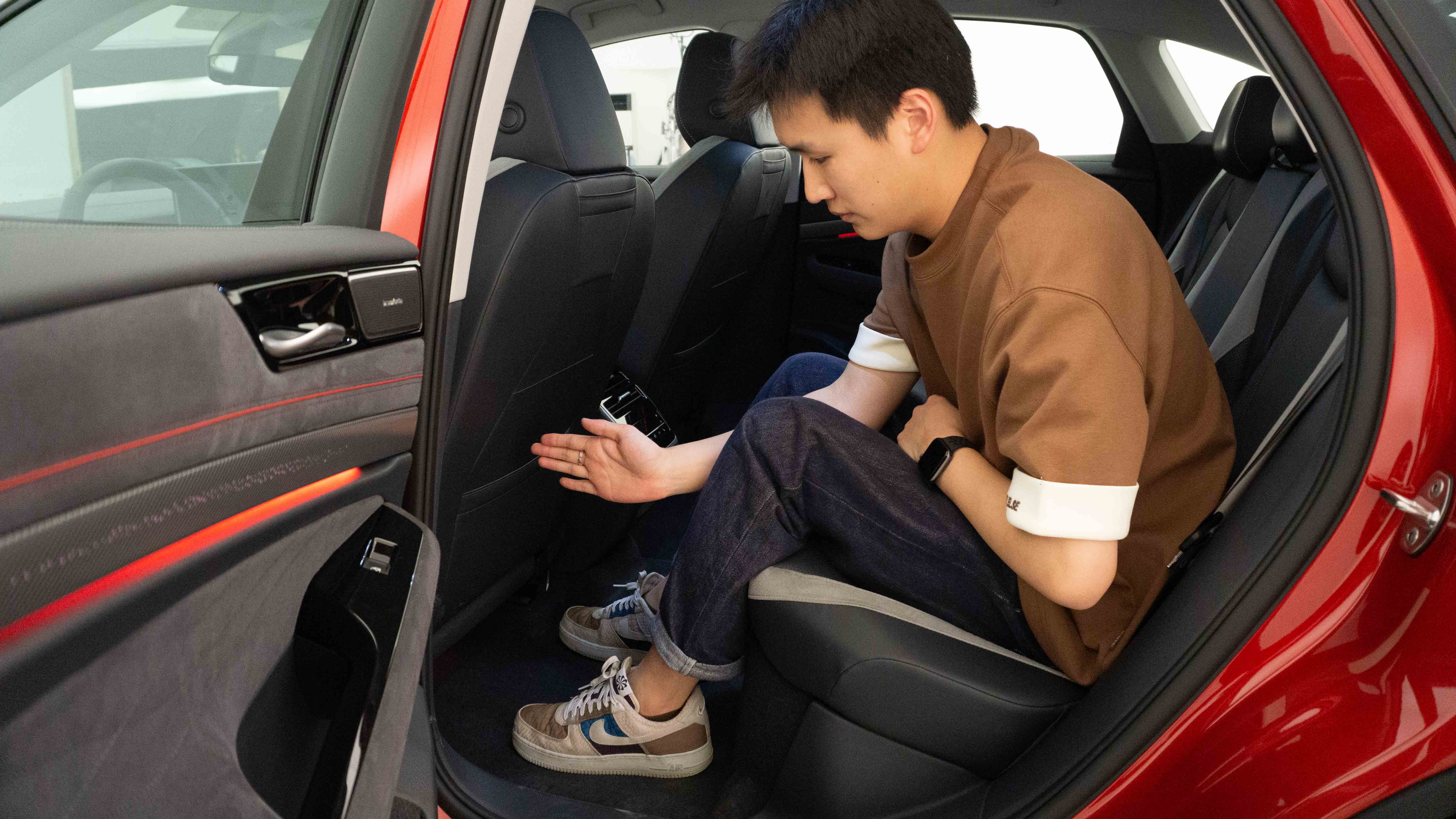
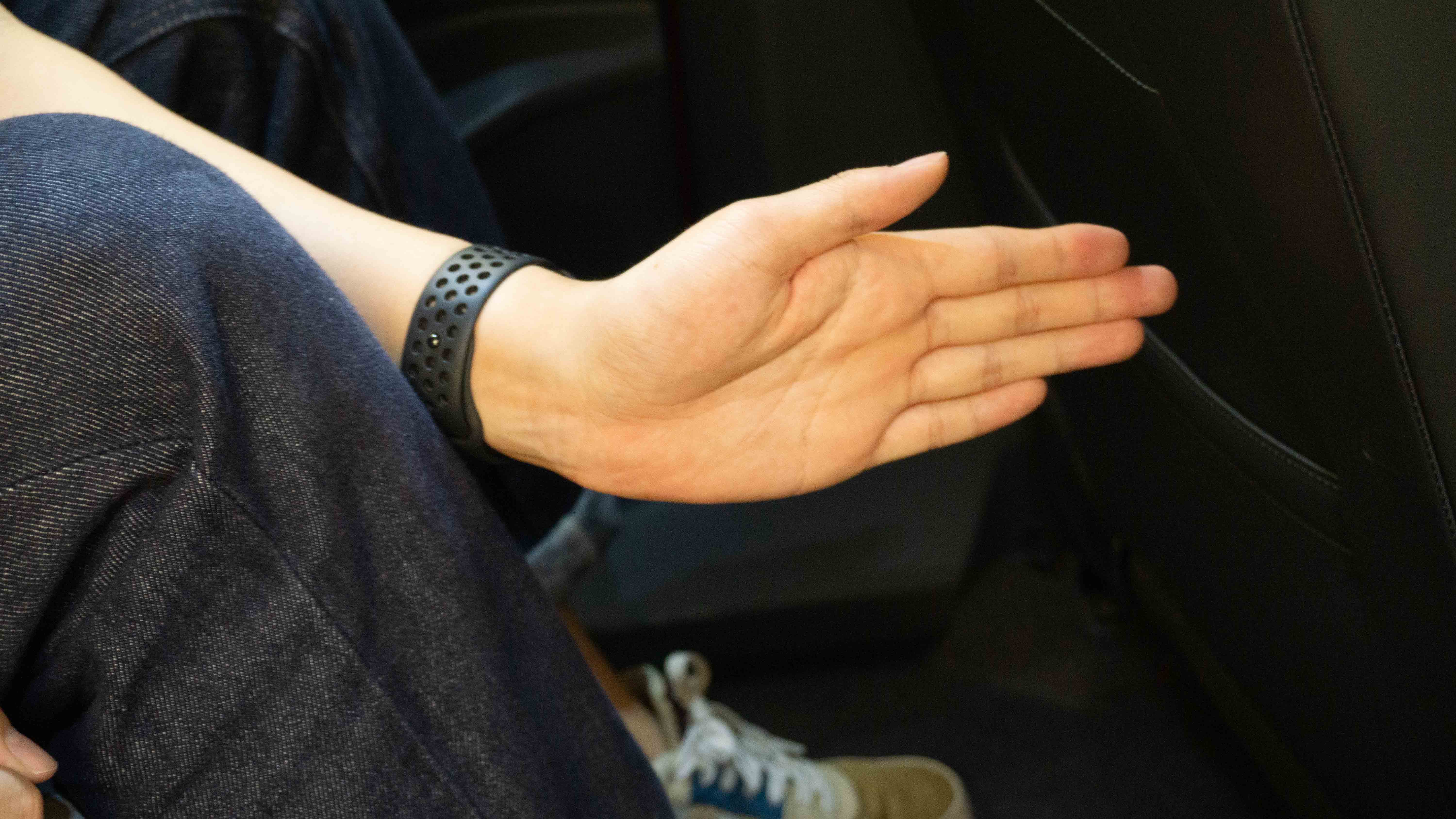
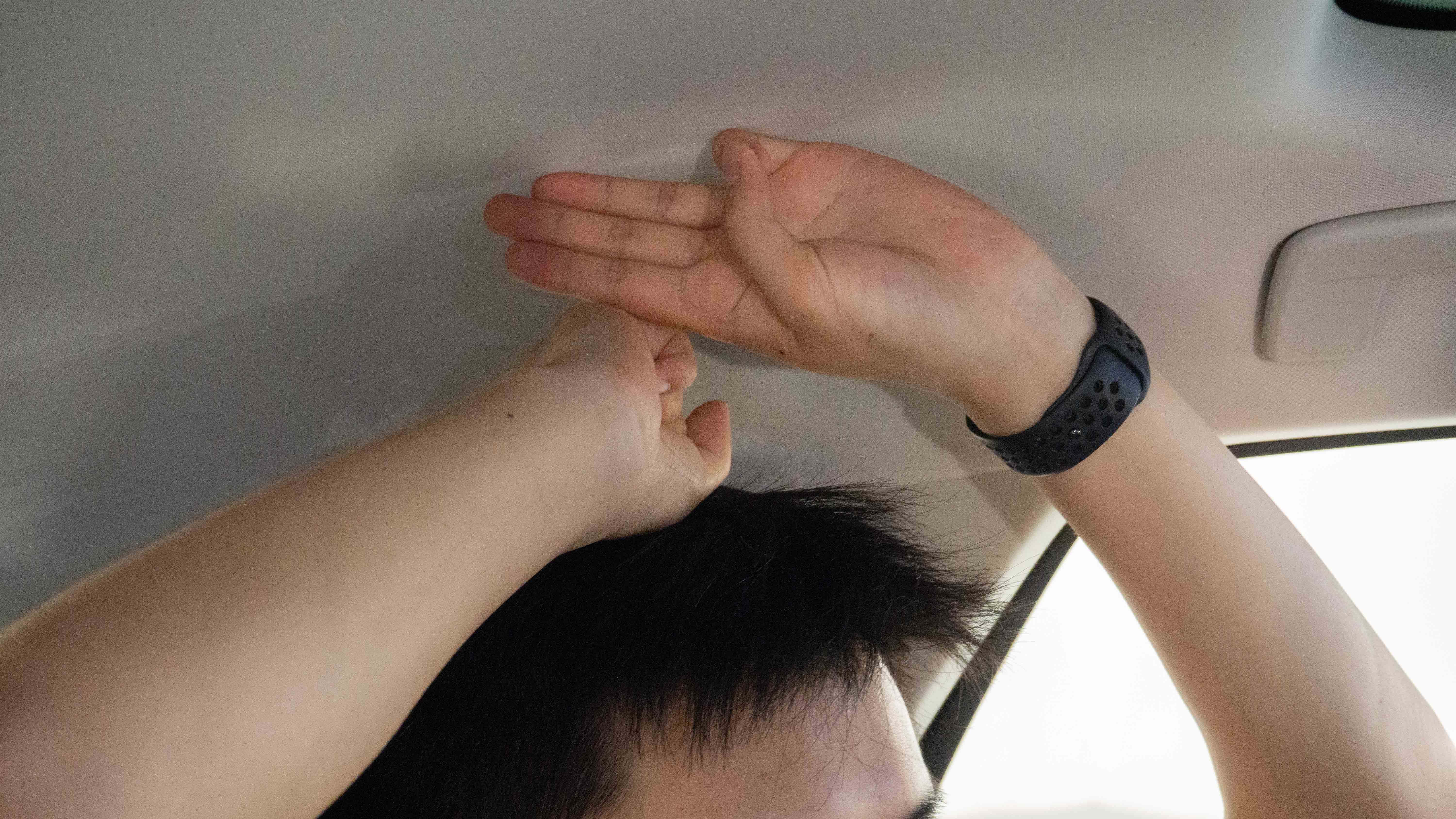
The Volkswagen ID.7 VIZZION is almost flat, and the feet of rear passengers can be normally stretched into the front seats. The rear seat cushion is 33.5 cm high, 48 cm long, and the seat angle and backrest angle are set just right, which is comfortable to sit on.
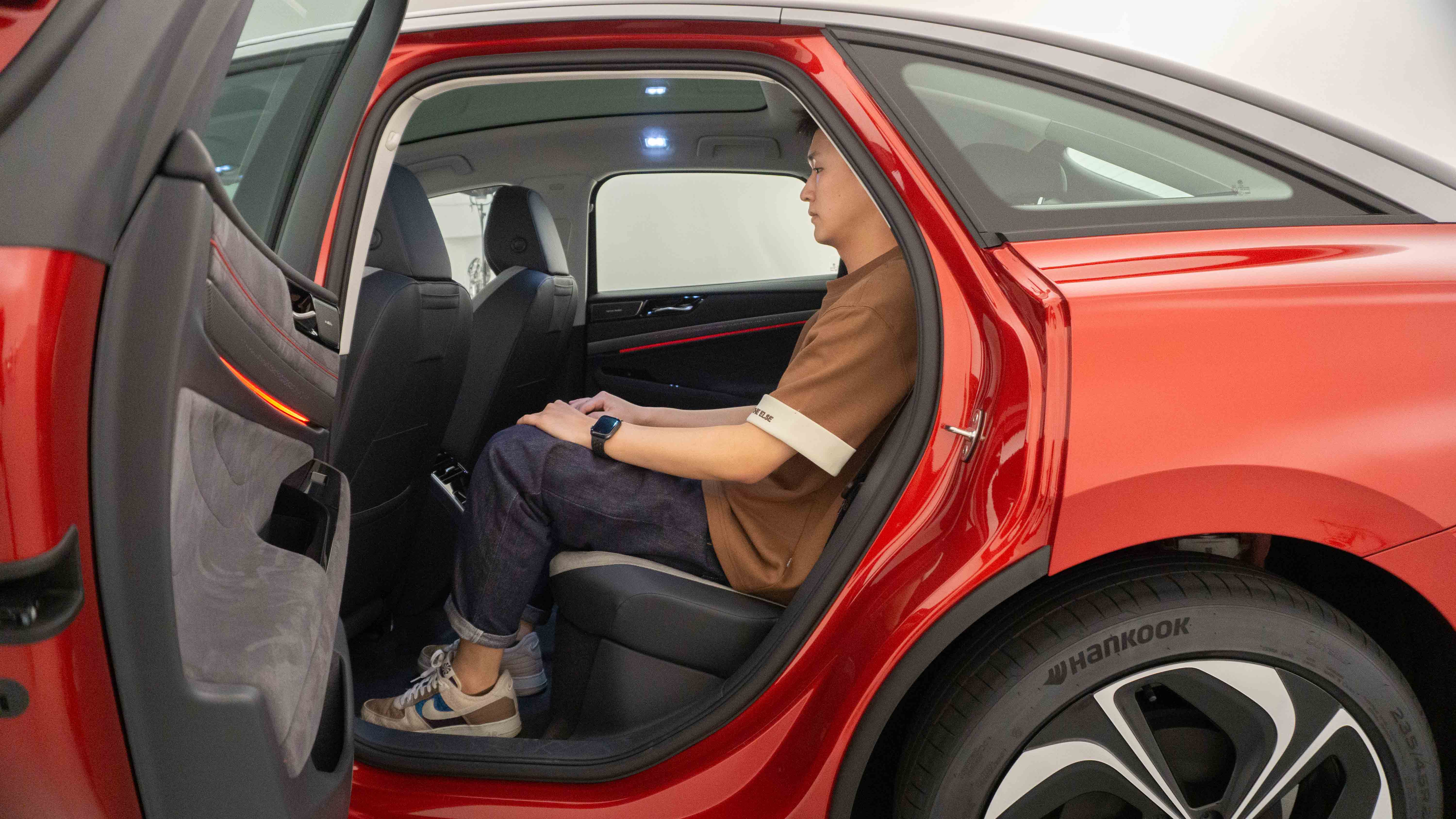
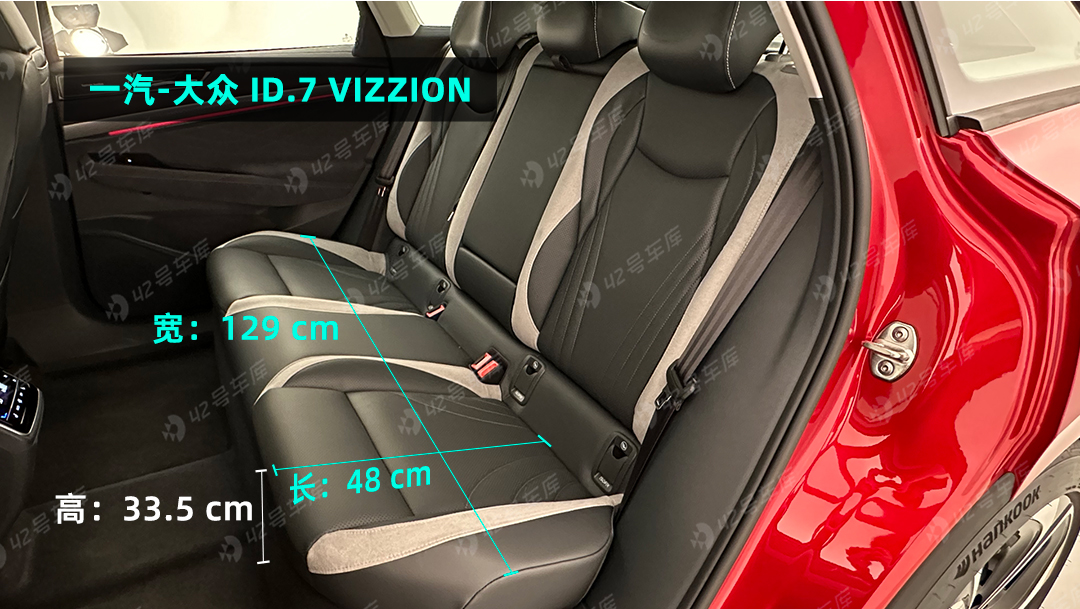
Overall, the static experience of the FAW-Volkswagen ID.7 VIZZION shows a very mature basic experience. Whether it is workmanship, human-machine engineering, space, or riding experience, the Volkswagen ID.7 meets the standards of mainstream joint ventures. On this basis, the limited edition interior, exquisite details design has brought a rare elegant atmosphere to ID.7, which is a progress by Volkswagen.
 During this experience, the absence of a car infotainment system left me a little regretful, as we couldn’t see how Volkswagen has progressed in this area. The new car is expected to be released in Q3 of this year, giving Volkswagen time to continue to improve the system. We also look forward to seeing mature and stable performance in the infotainment system after the actual car is delivered.
During this experience, the absence of a car infotainment system left me a little regretful, as we couldn’t see how Volkswagen has progressed in this area. The new car is expected to be released in Q3 of this year, giving Volkswagen time to continue to improve the system. We also look forward to seeing mature and stable performance in the infotainment system after the actual car is delivered.
Advanced Driver Assistance Systems: Improved Functionality
The advanced driver assistance system of the FAW-Volkswagen ID.7 VIZZION still uses the 1V3R solution, employing the Mobileye EyeQ4 chip for forward vision processing, as well as one millimeter-wave radar on each side of the front and rear of the vehicle, which is exactly the same as the current ID. vehicle models in terms of hardware capability. However, it now matches the overseas ID. series in terms of software version, having been upgraded to Travel Assist 3.0.
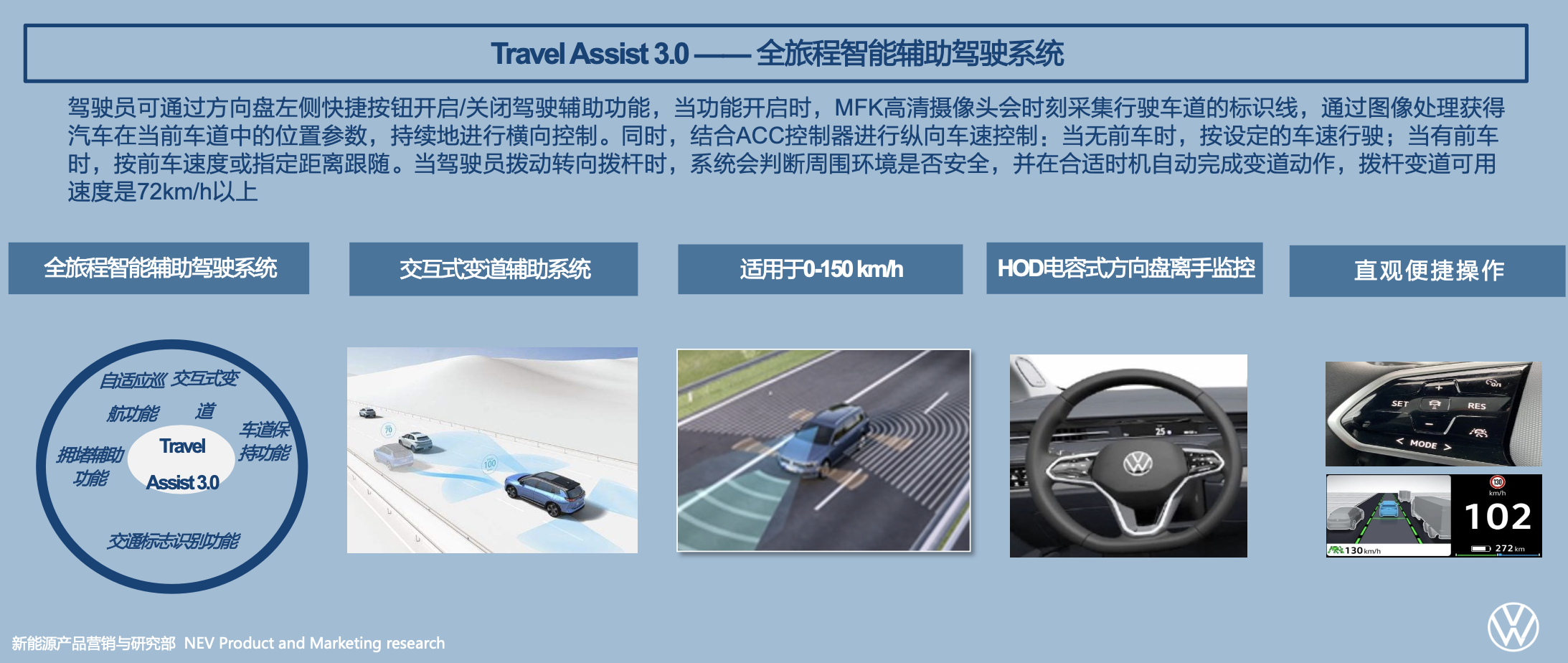
In addition to the basic ACC + LCC, it has the function of changing lanes with specified instructions. When the vehicle speed is above 72 km/h, if the driver switches the turn signal, the system will automatically perform the lane changing action at an appropriate time, meeting the needs of most elevated and high-speed roads. Although the owners of the ID.3/4/6 in China can unlock the turn signal lane changing function through a program hack, the effect is far from stable as it is officially promoted.
Powertrain Configuration: Waiting for the New Motor
In terms of power, the entry-level FAW-Volkswagen ID.7 VIZZON is still equipped with a single 150 kW rear-mounted electric motor with the APP310 motor model and a maximum output torque of 310 N·m. The entry-level model comes with an 84.8 kWh battery pack, and the predicted CLTC driving range is over 600 km. The PRIME version has a front 80 kW motor and a rear 150 kW motor, with a comprehensive maximum output power of 230 kW, and a predicted CLTC driving range of over 550 km.
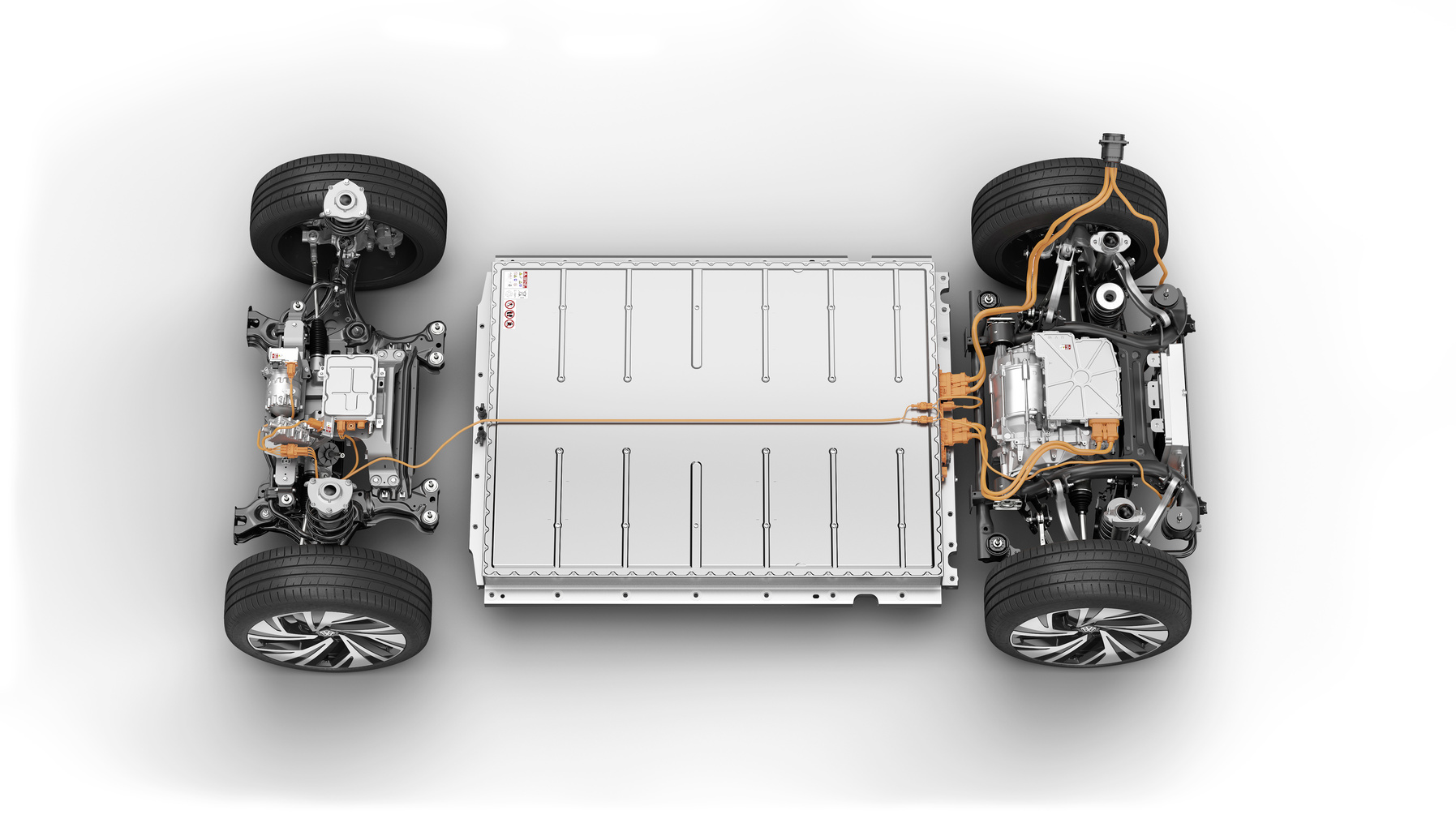 In overseas markets, Volkswagen is expected to start delivering the ID.7 with the new APP550 motor by the end of this year, with a maximum power output of 210 kW (286 PS) and a maximum torque output of 550 N·m. The new motor has optimized its inverter and thermal management while increasing power, providing stronger performance while maintaining similar energy consumption.
In overseas markets, Volkswagen is expected to start delivering the ID.7 with the new APP550 motor by the end of this year, with a maximum power output of 210 kW (286 PS) and a maximum torque output of 550 N·m. The new motor has optimized its inverter and thermal management while increasing power, providing stronger performance while maintaining similar energy consumption.
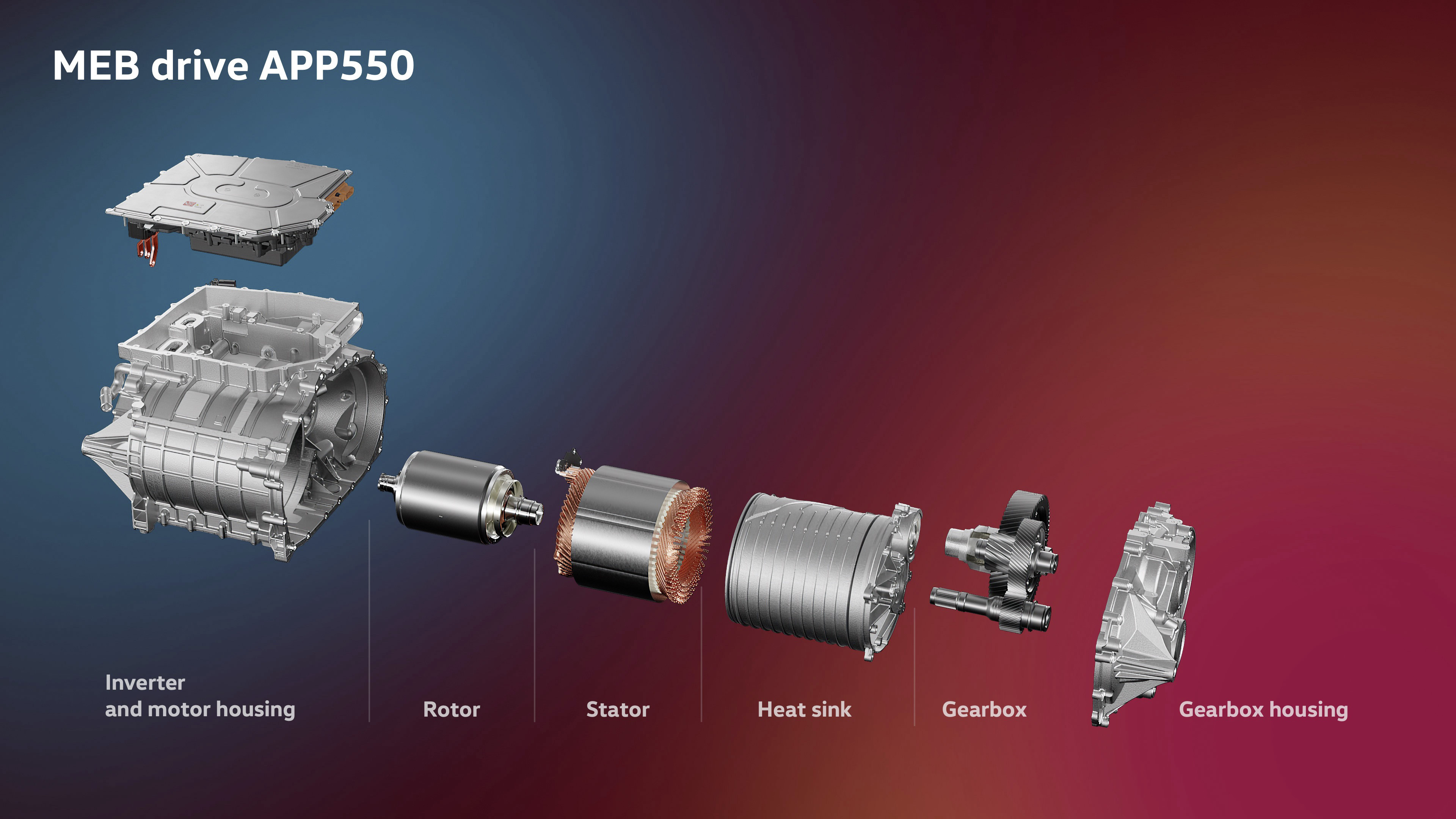
The design foundation of the APP550 motor is still based on the MEB platform. According to Karsten Bennewitz, head of powertrain and energy system development at Volkswagen, “In order to increase efficiency with limited resources, a new driver had to be developed. This was a huge challenge for the technology development and components team. But the results show that we were able to reduce the use of raw materials while significantly improving vehicle efficiency.”
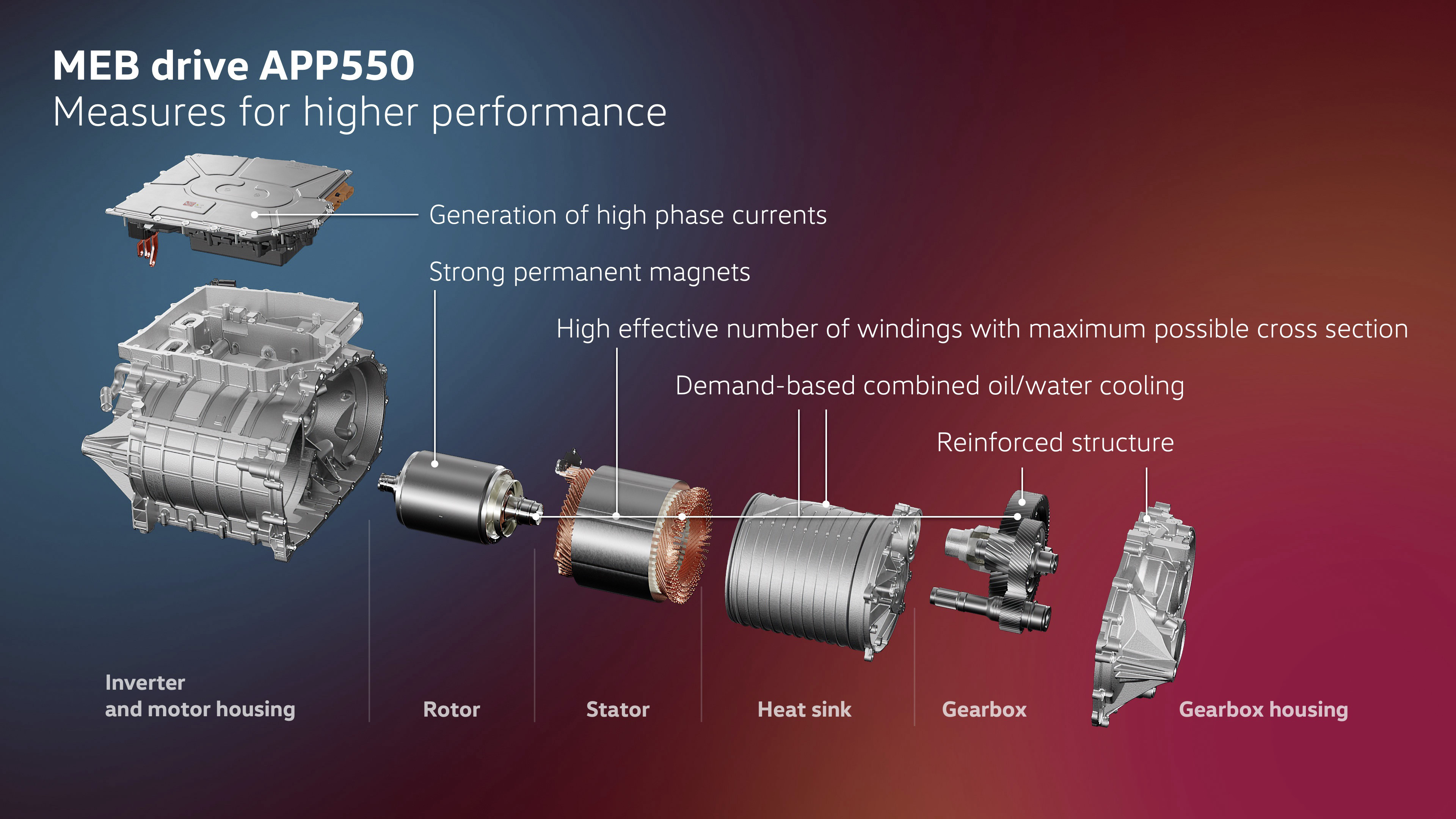
The high torque achieved by the overseas APP550 motor is thanks to an enhanced stator with more effective coil windings and a larger wire cross section. Its corresponding rotor is equipped with a more powerful permanent magnet, which has a higher load capacity. The driver has also been reinforced to withstand substantial torque loads.
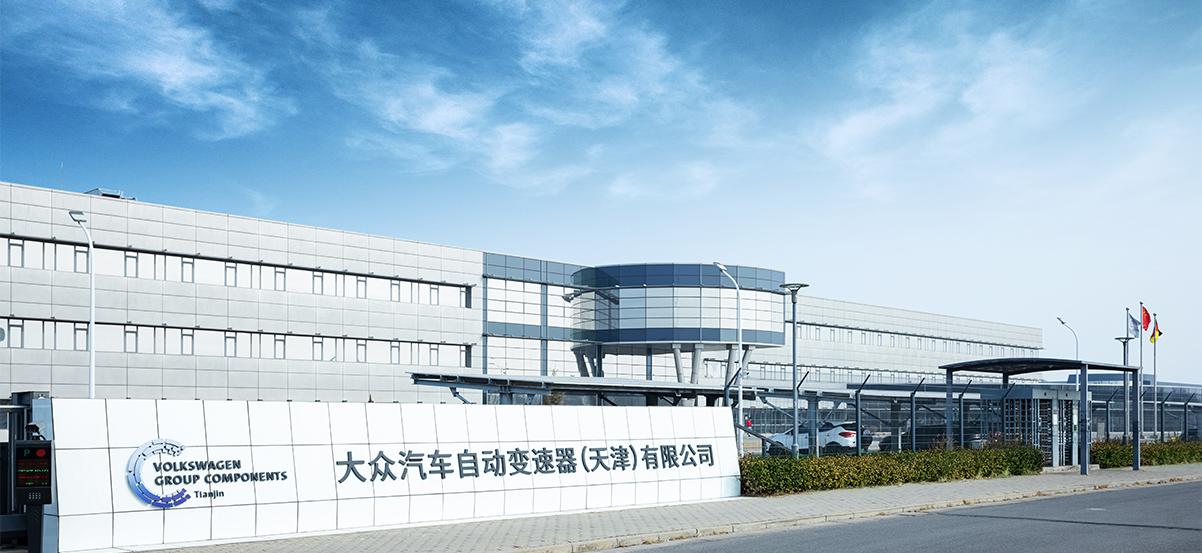
Unfortunately, the main motor used in the domestic version of the ID.7 is still the APP310 motor with a maximum power output of 150 kW, which is consistent with the currently sold 4/6 motors. The more powerful APP550 motor has not been released. However, according to insider information, the APP550 motor will soon be put into production at the FAW-Volkswagen Tianjin plant and is expected to be added to the domestic ID. family in the future.
Conclusion
Based on the current static experience of the FAW-Volkswagen ID.7 VIZZION, even though the actual production model is only at a mid-term completion level according to Volkswagen engineers, its solid craftsmanship and mature quality have already been demonstrated, which should be expected from FAW-Volkswagen.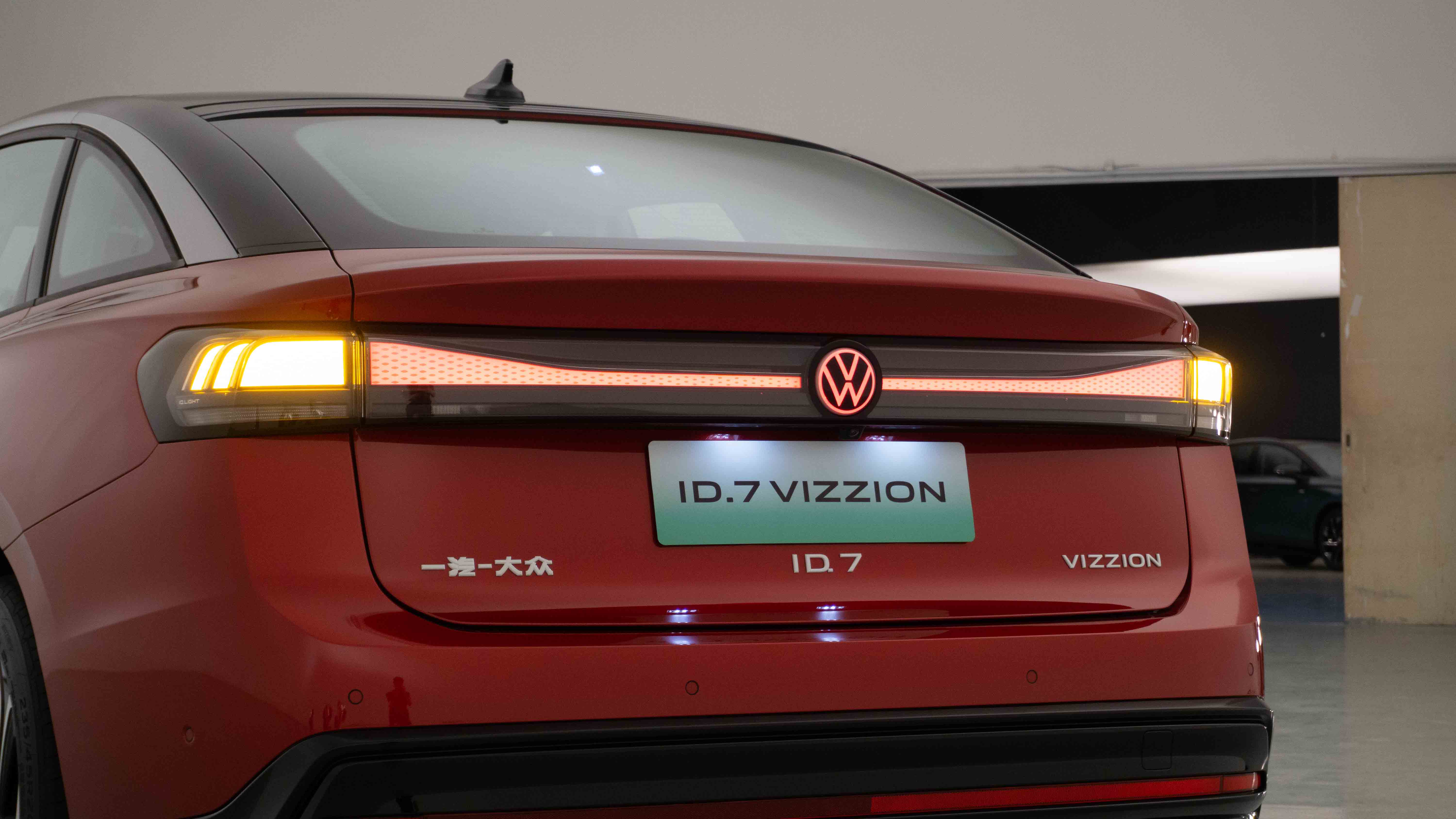
What’s more important is that ID.7 has patched up the majority of the shortcomings on the current ID. lineup. A more refined interior and a comfortable ride can give the rider a great first impression.
Next, the dynamic parts and infotainment system of the ID.7 still need to be honed. In the current ID. lineup, the dynamic parts have received high praise; only the infotainment part remains to dispel our doubts. Fortunately, there is still time for Volkswagen to continue optimizing before autumn comes, and we look forward to the domestically developed infotainment system satisfying Chinese consumers.
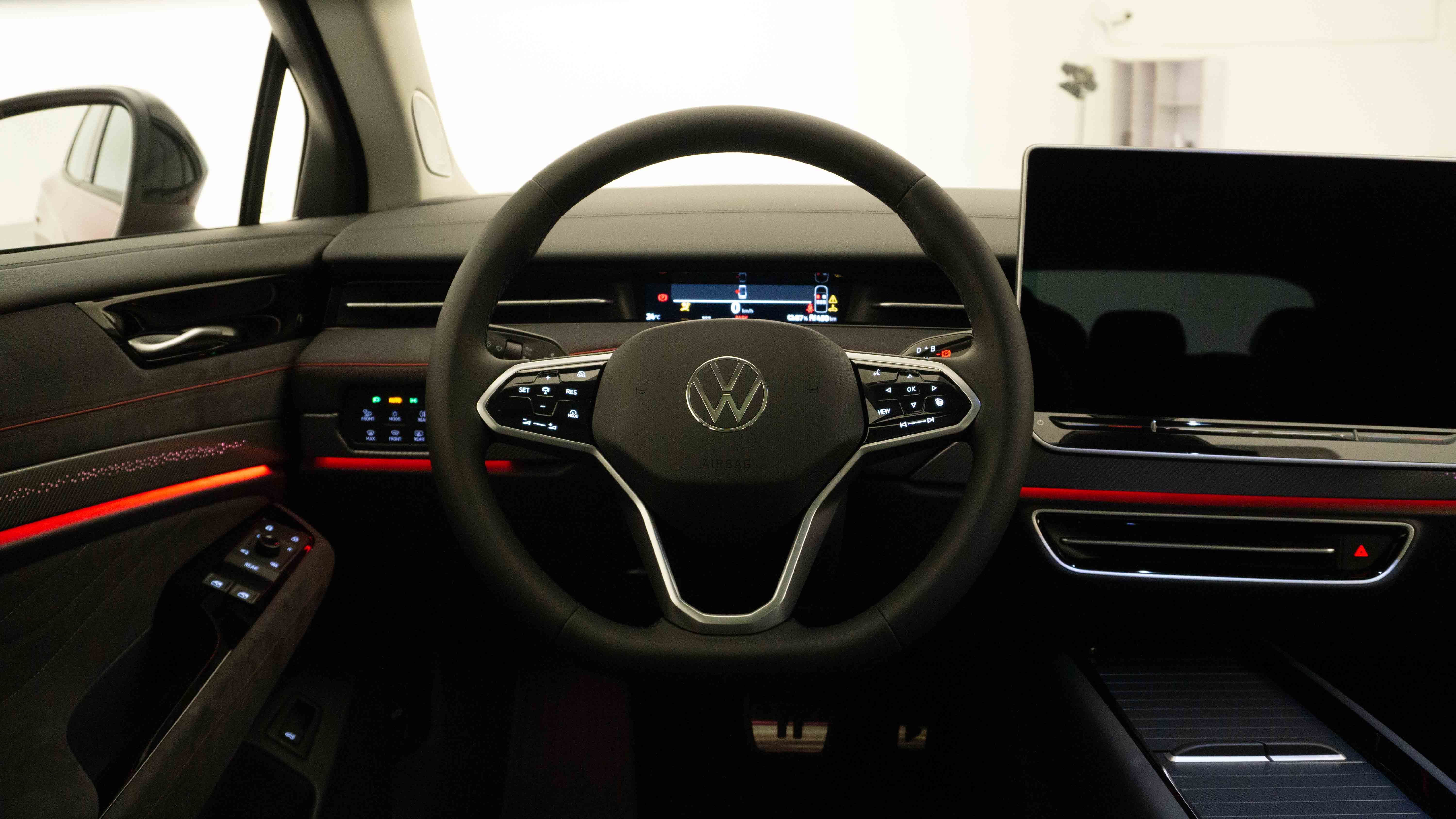
FAW-Volkswagen ID.7 will make its global debut at the Shanghai Auto Show on April 18th. Volkswagen has finally corrected the previously problematic aspects of the ID.7. The next step is to see how Volkswagen faces this overly competitive market pricing.
This article is a translation by ChatGPT of a Chinese report from 42HOW. If you have any questions about it, please email bd@42how.com.
